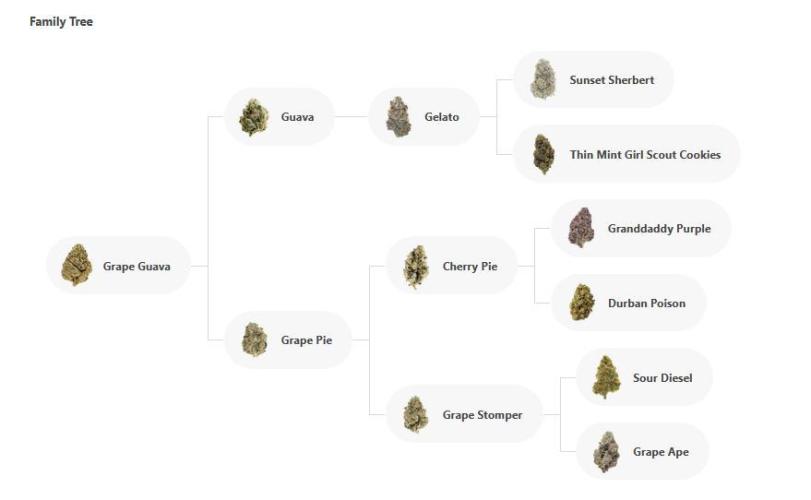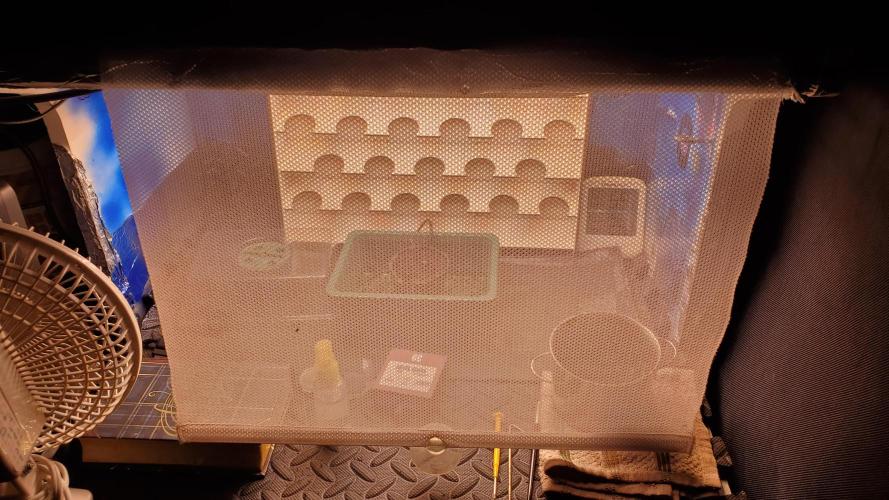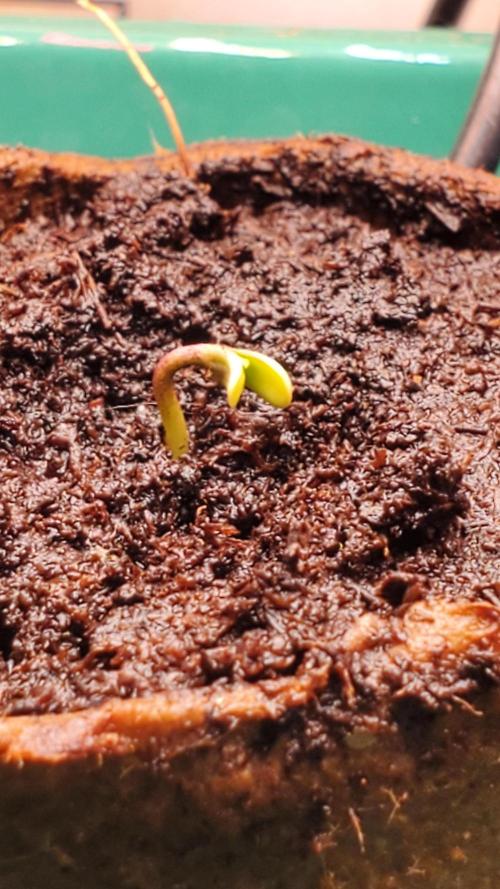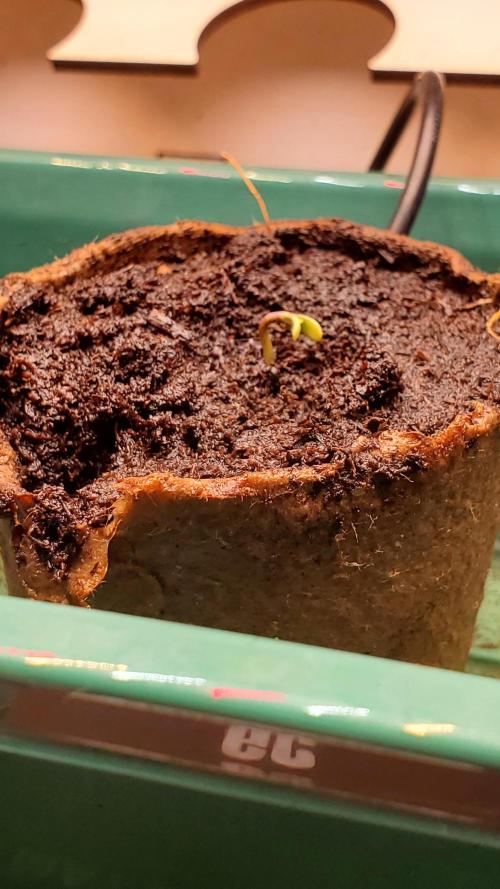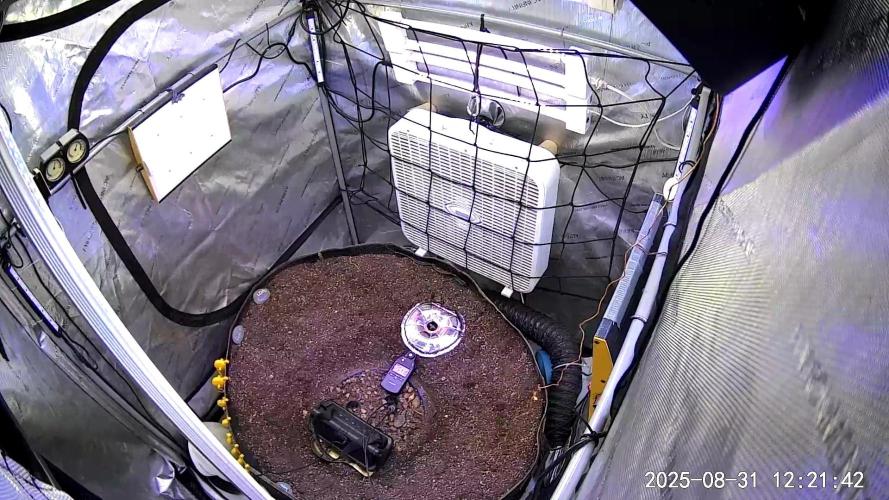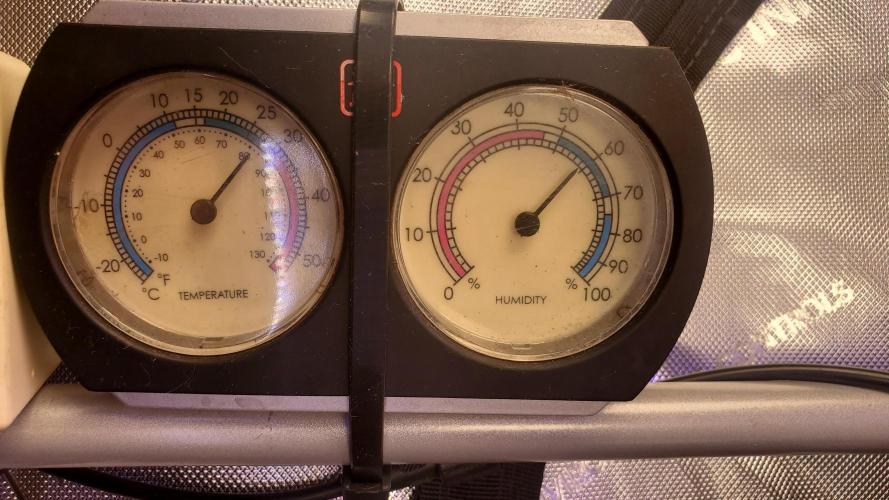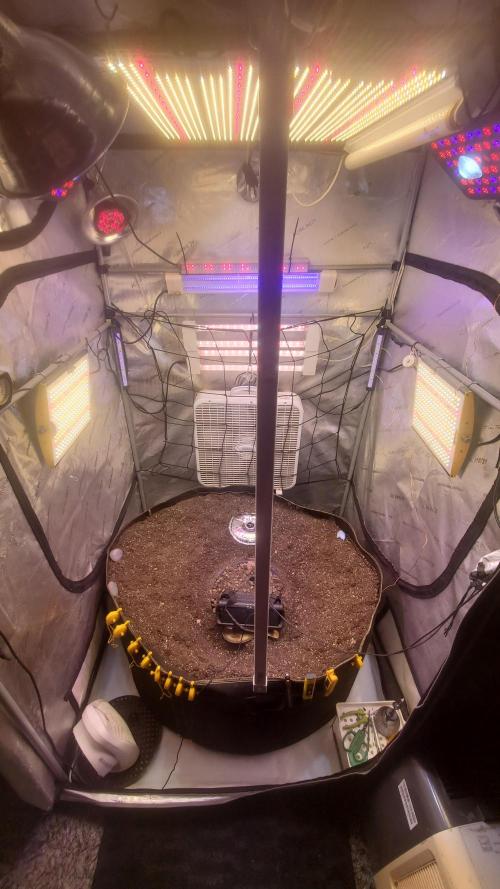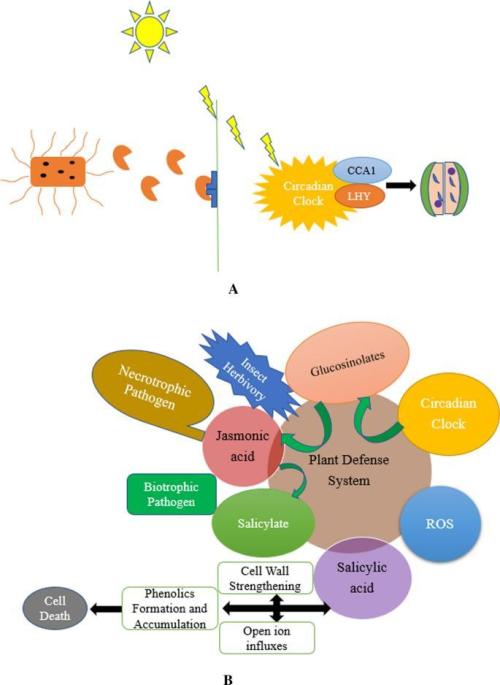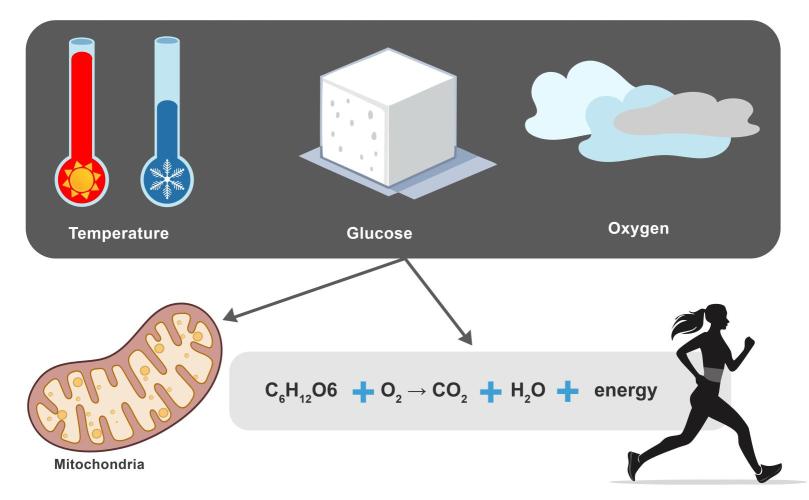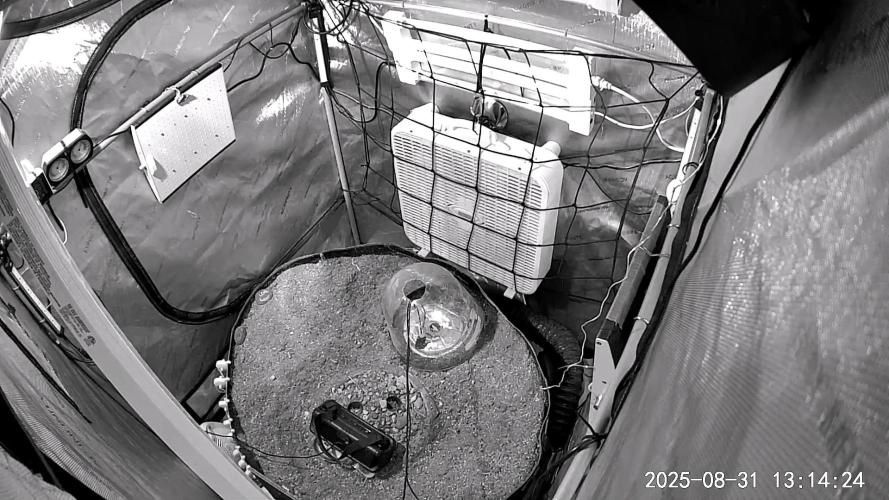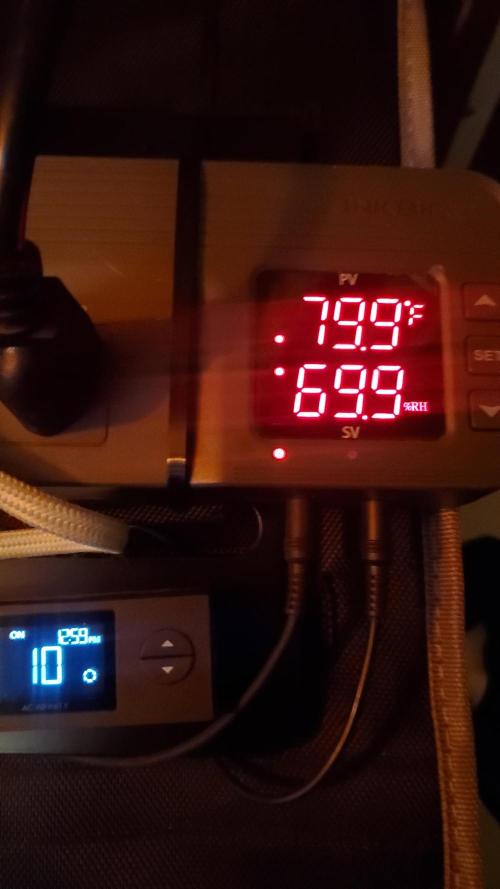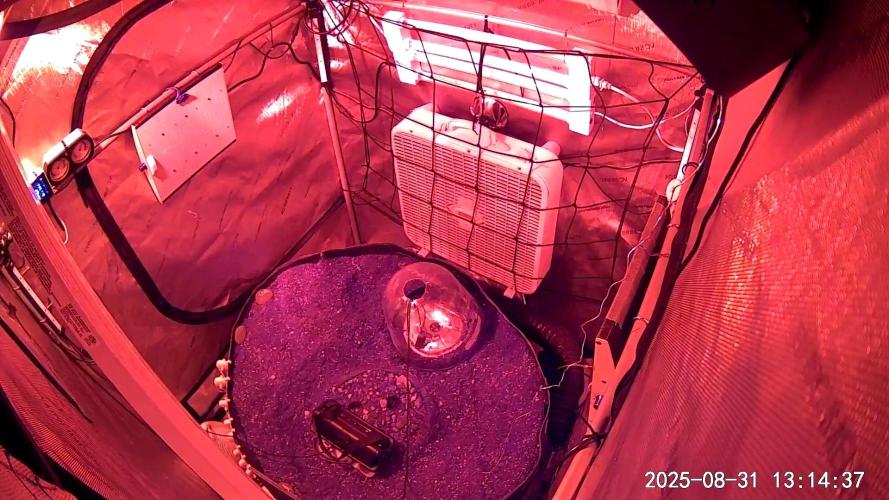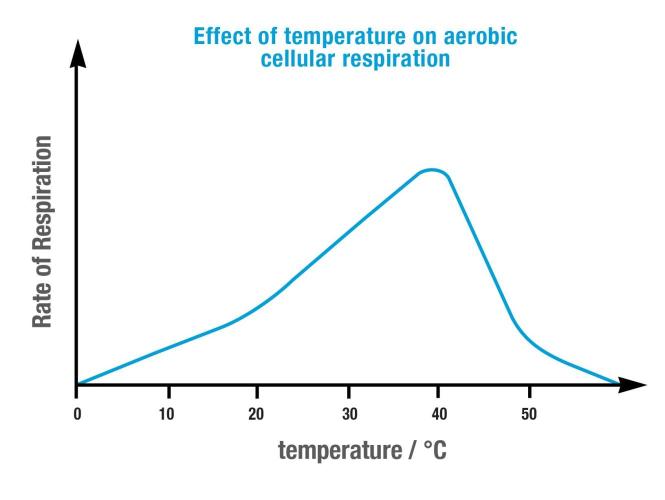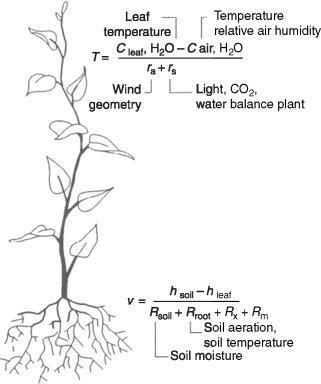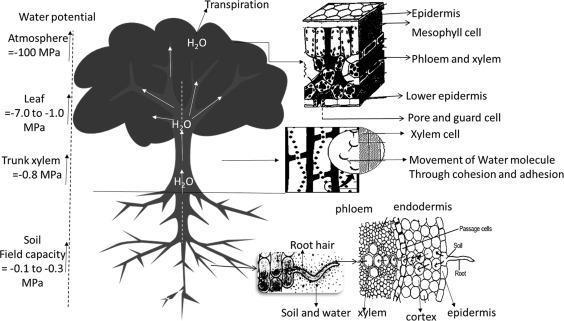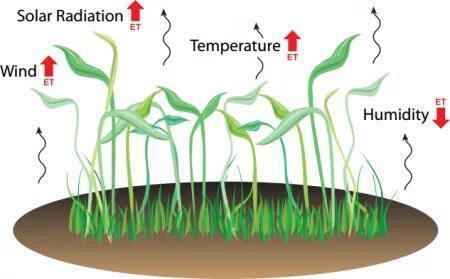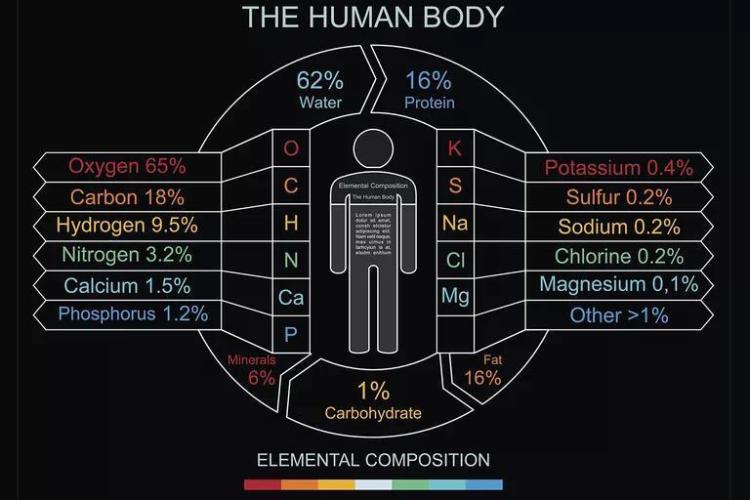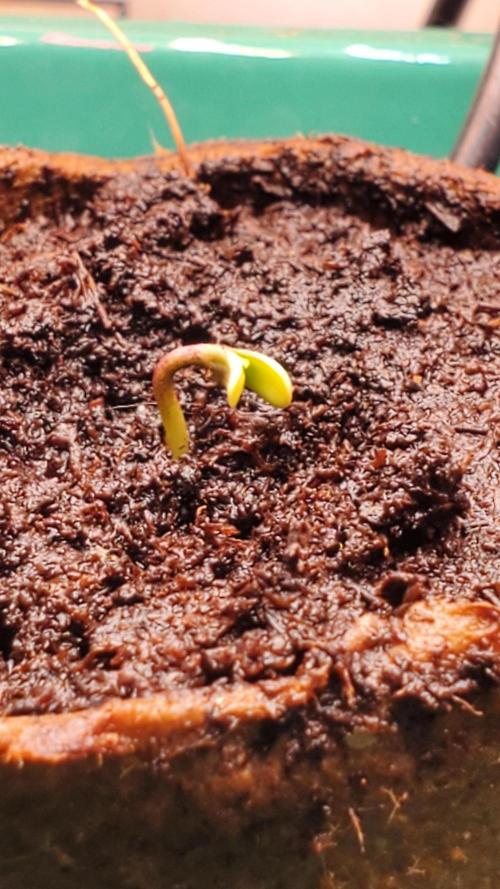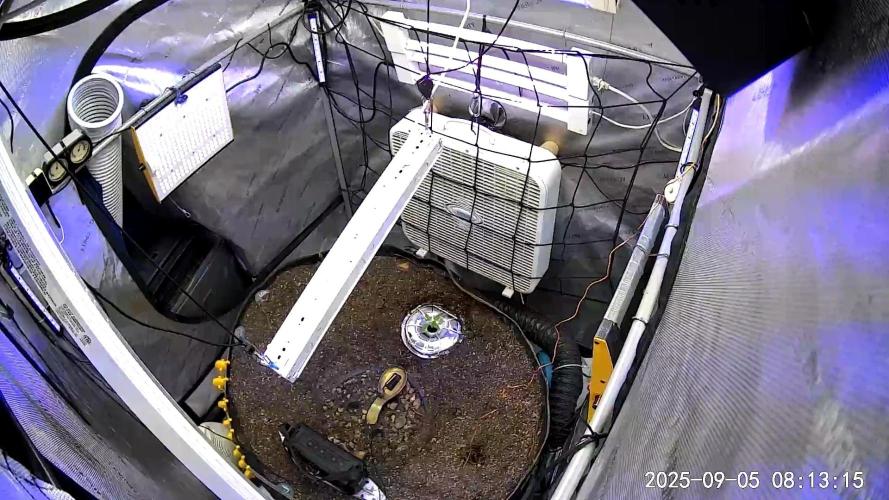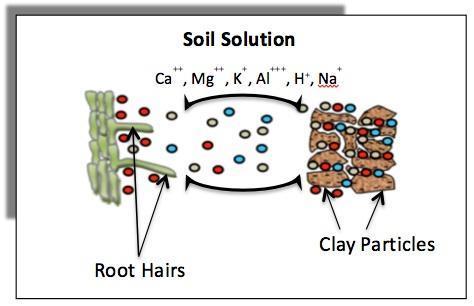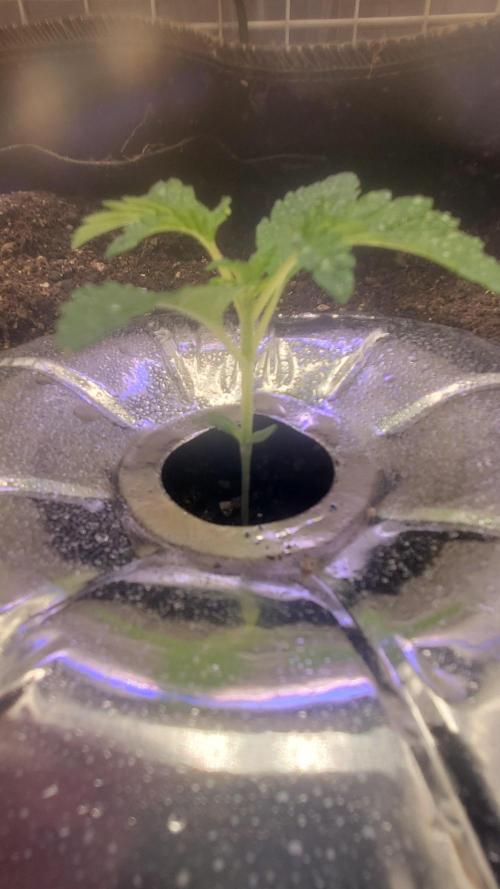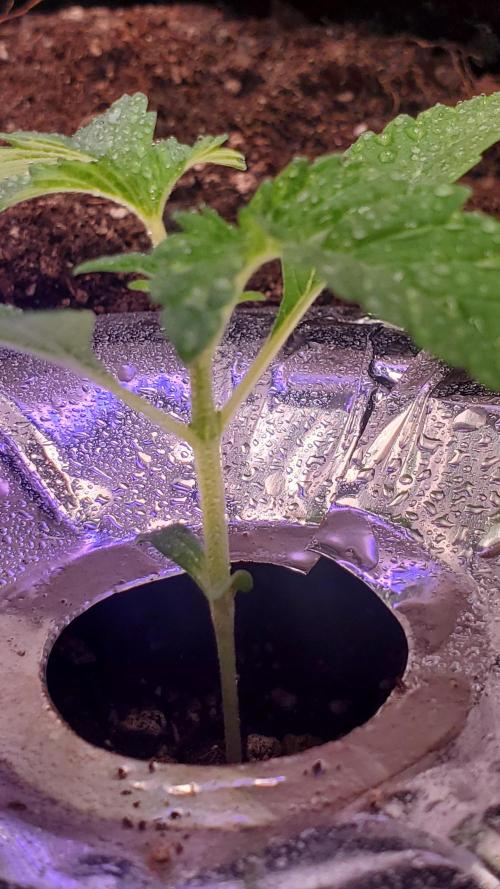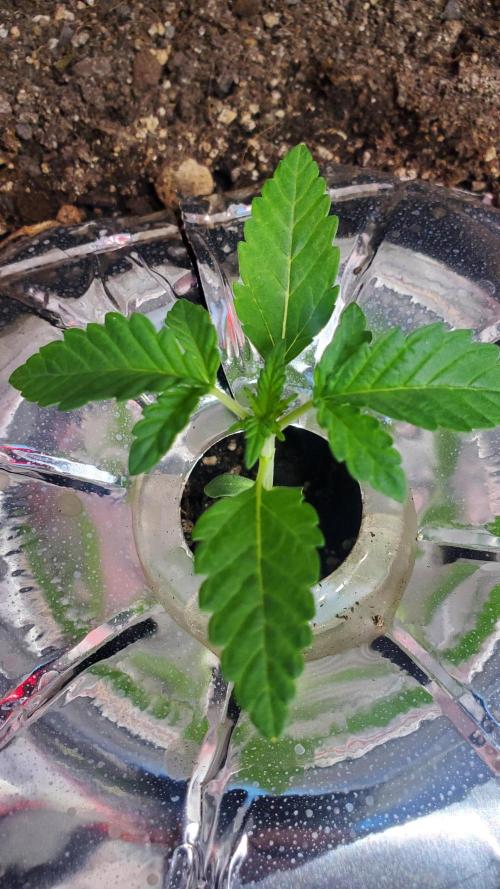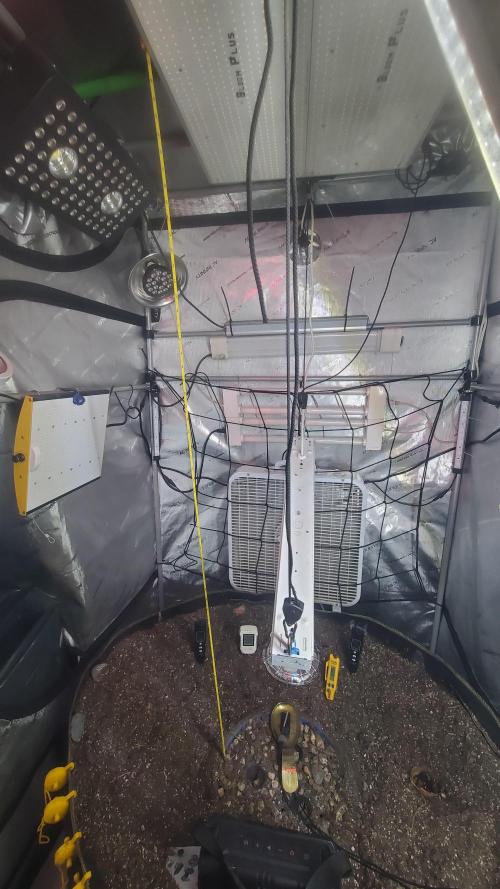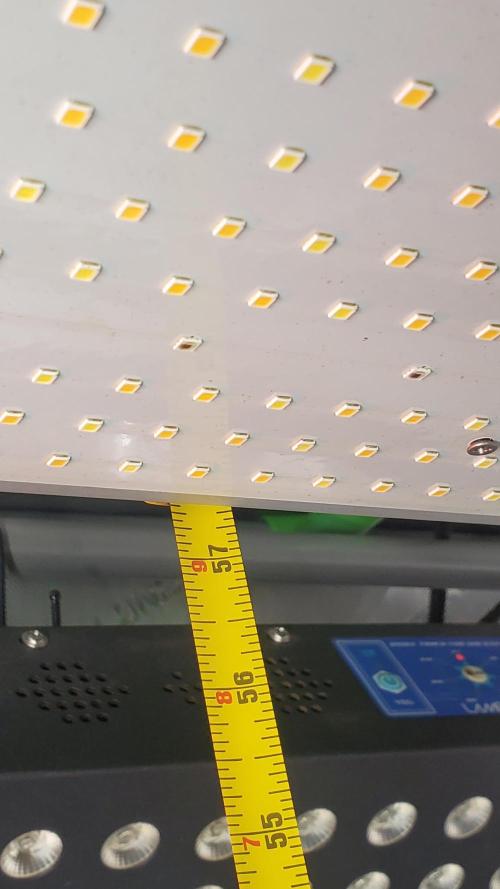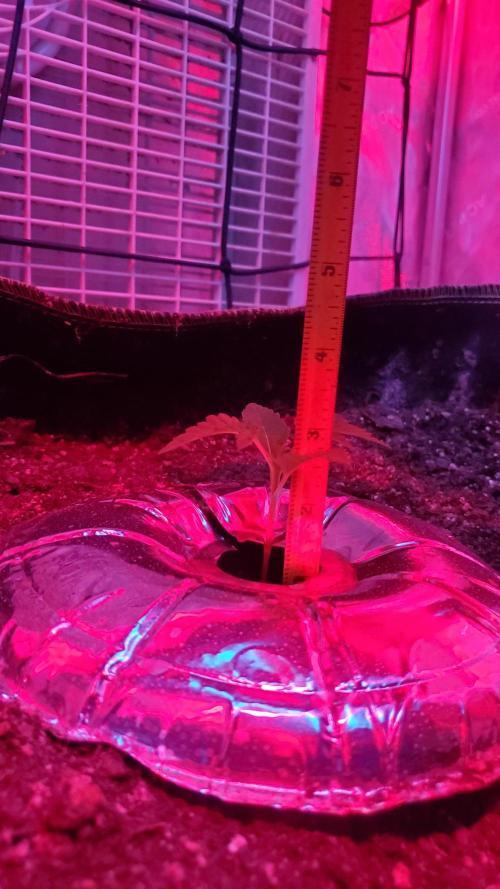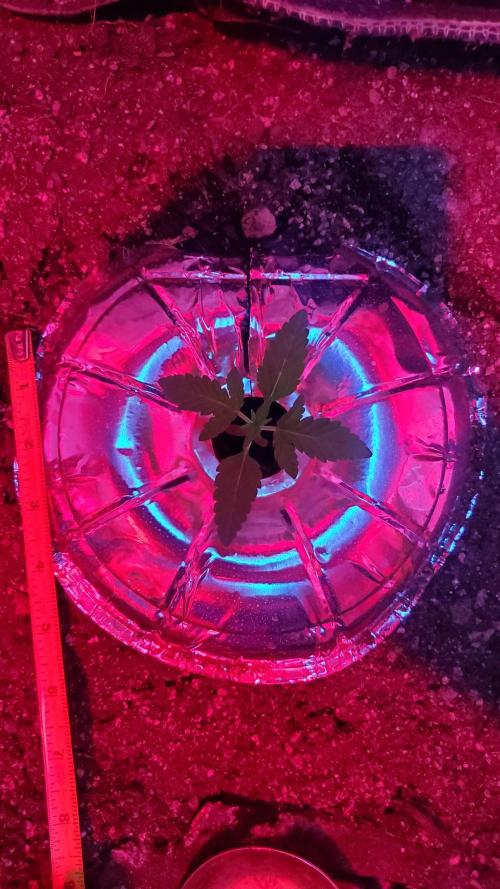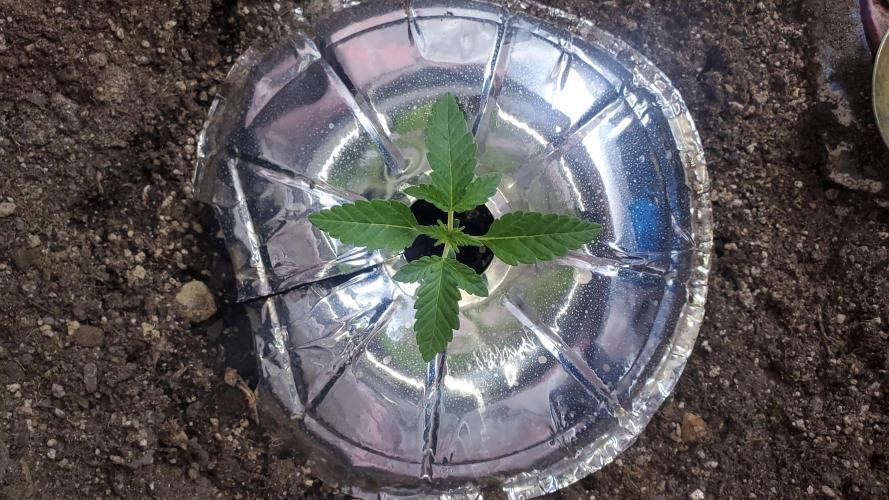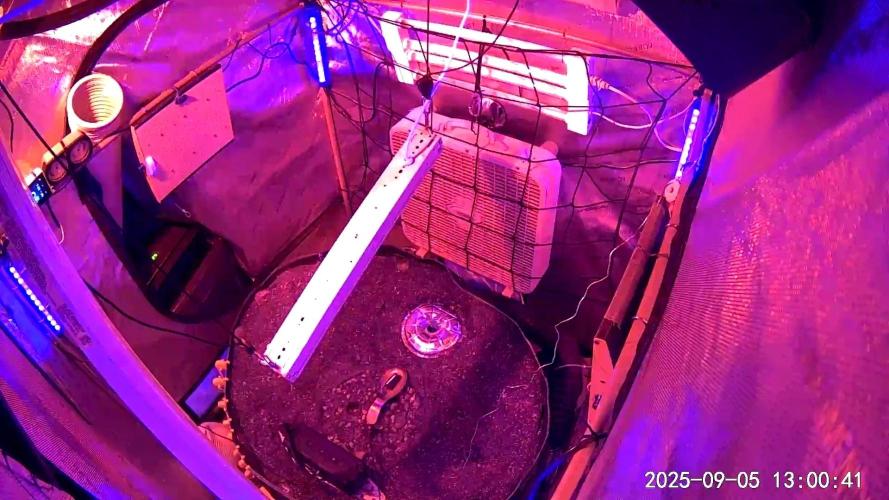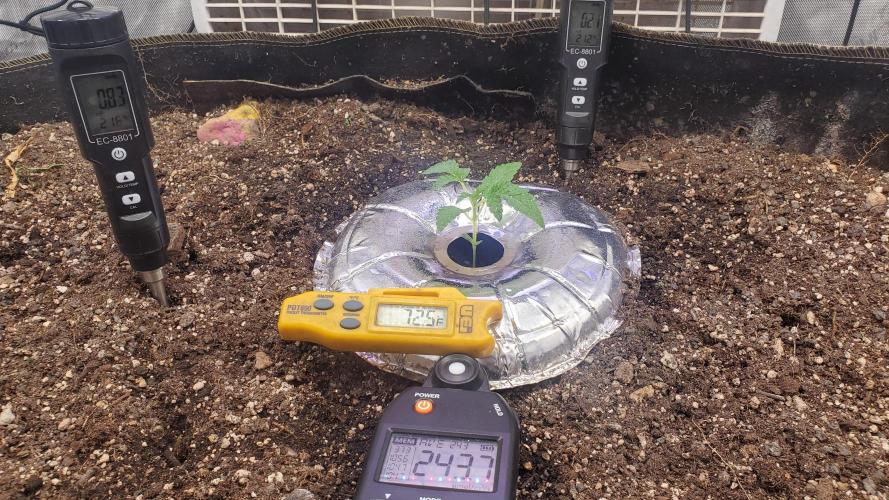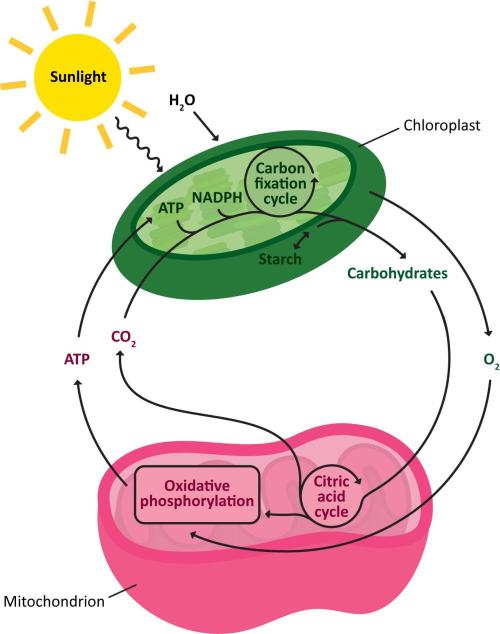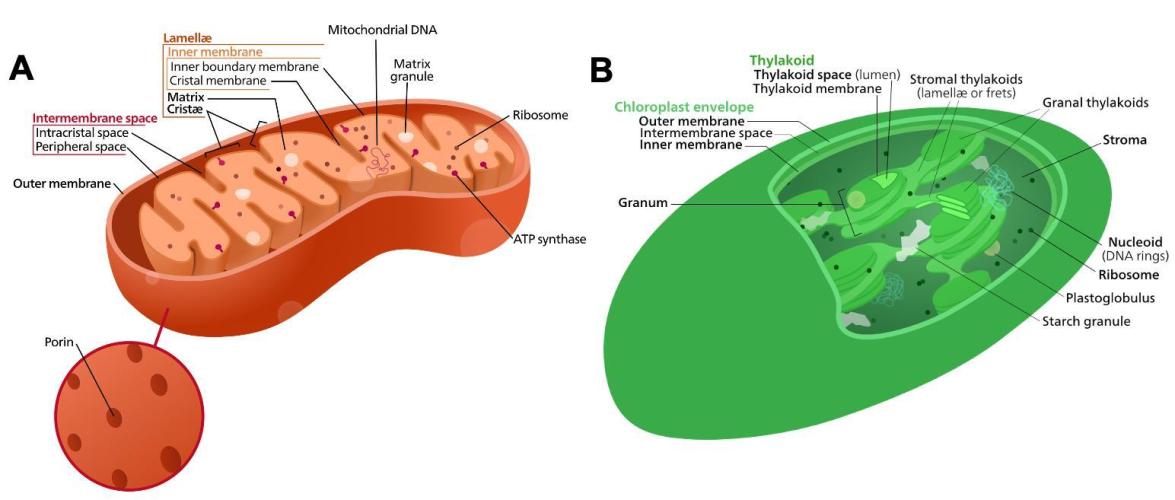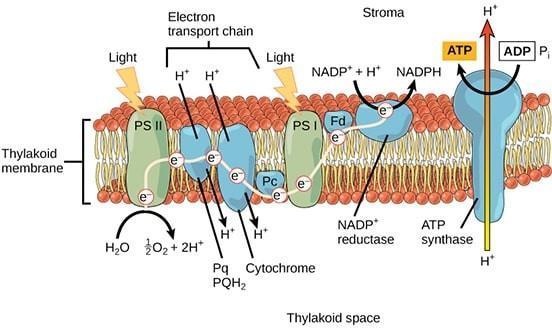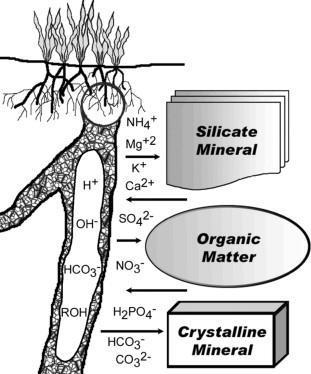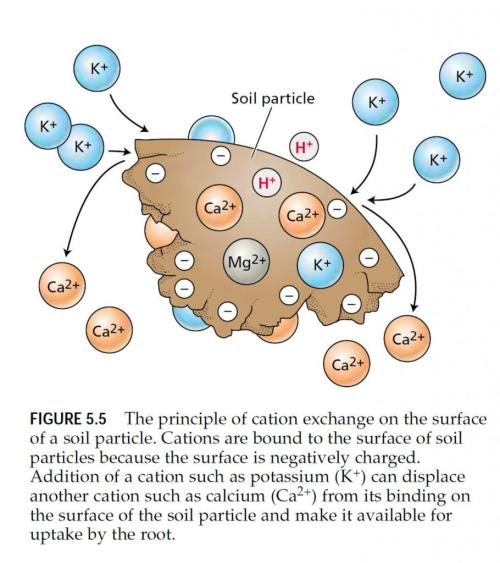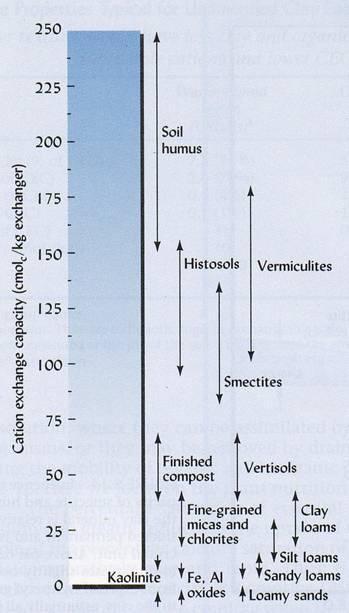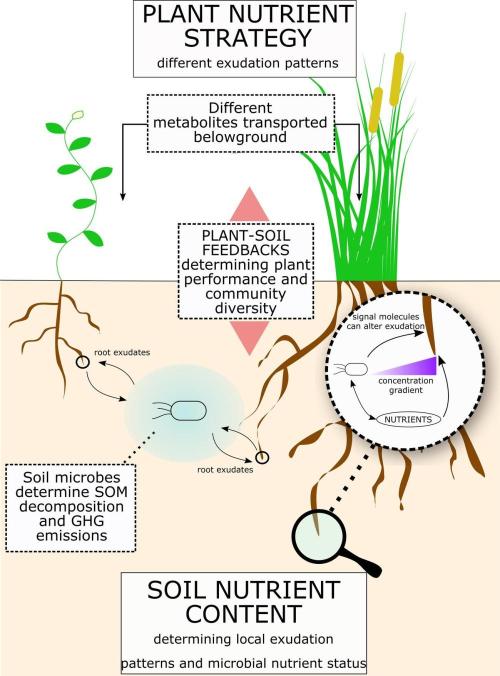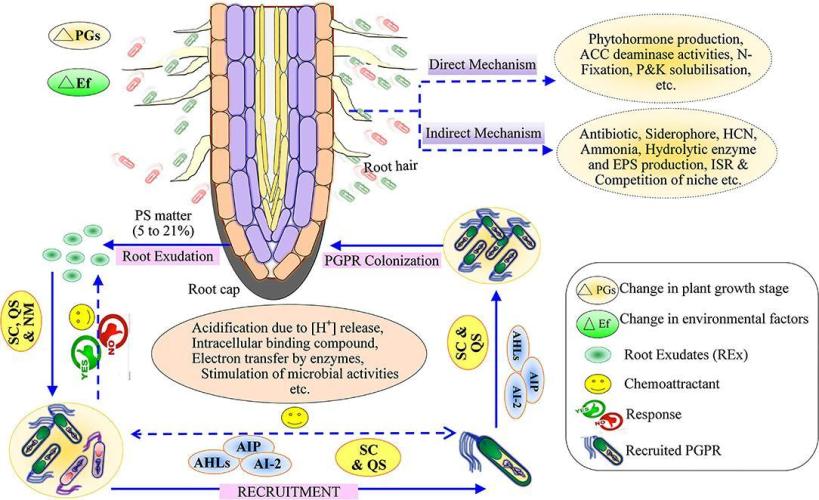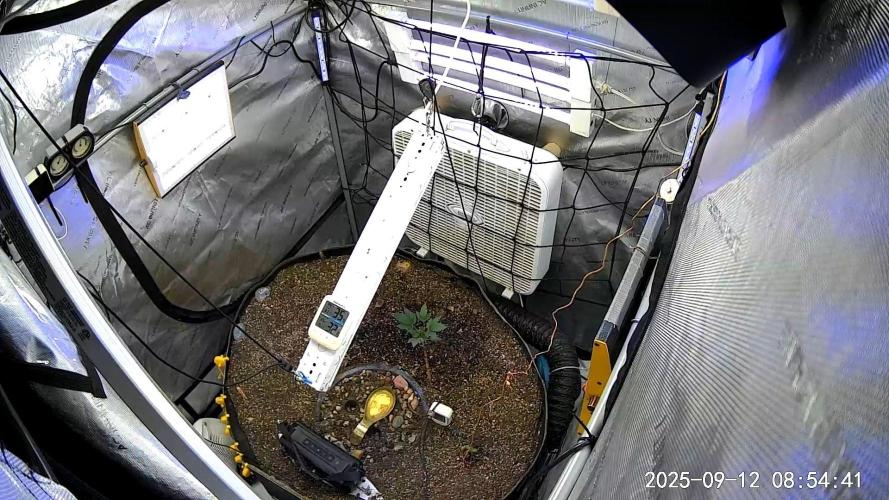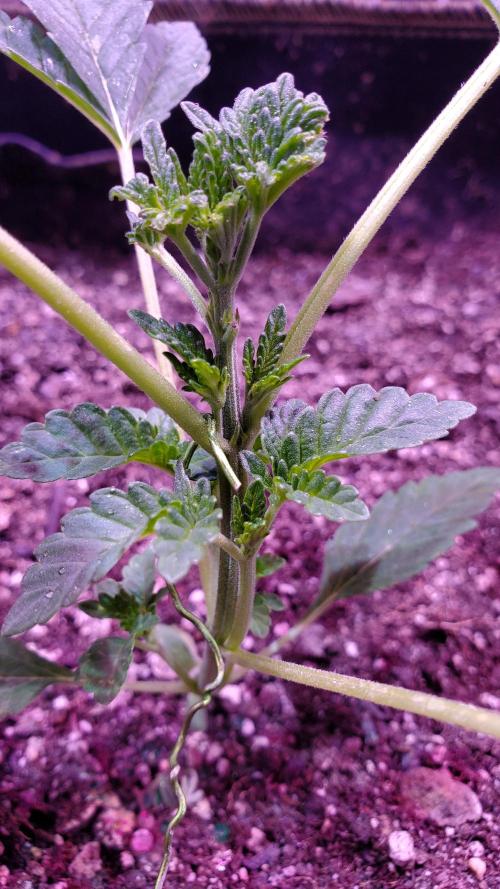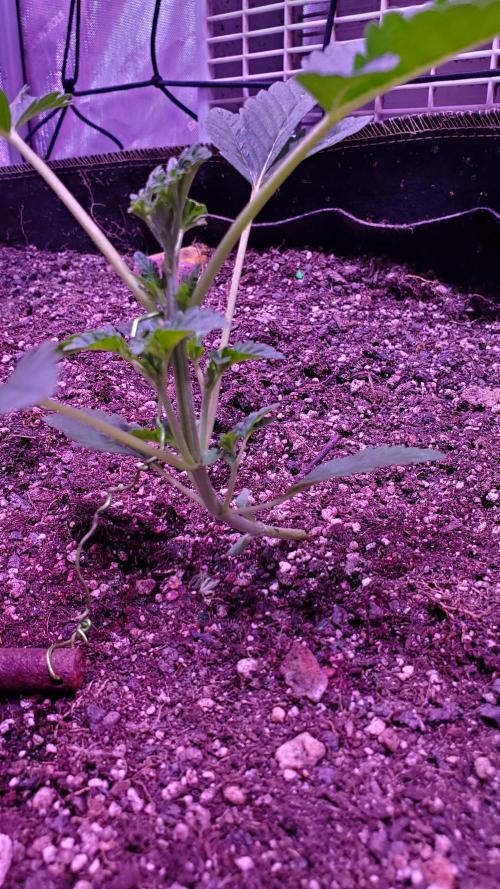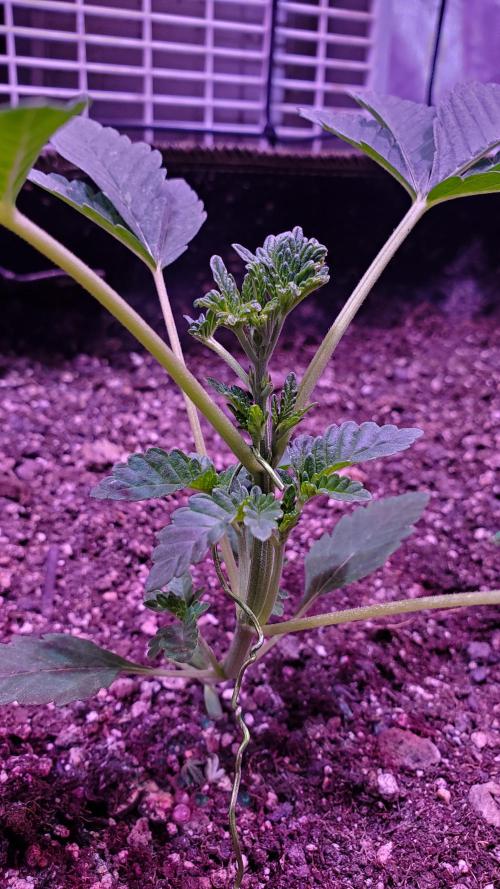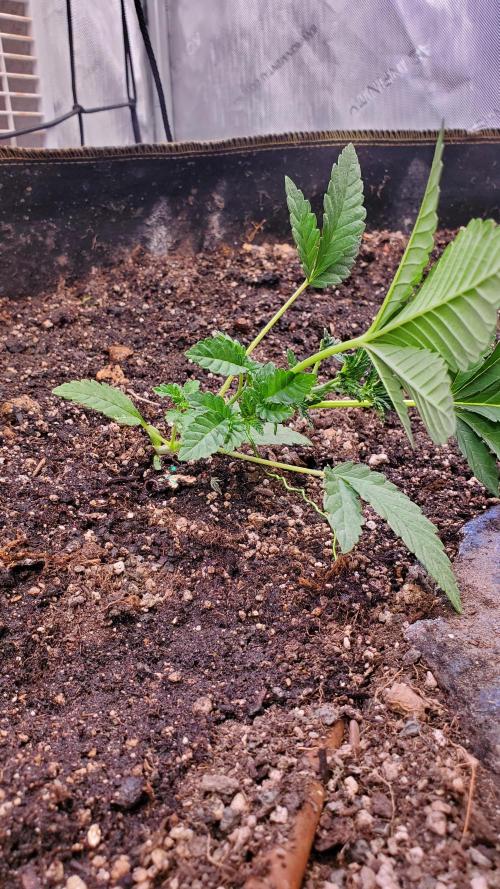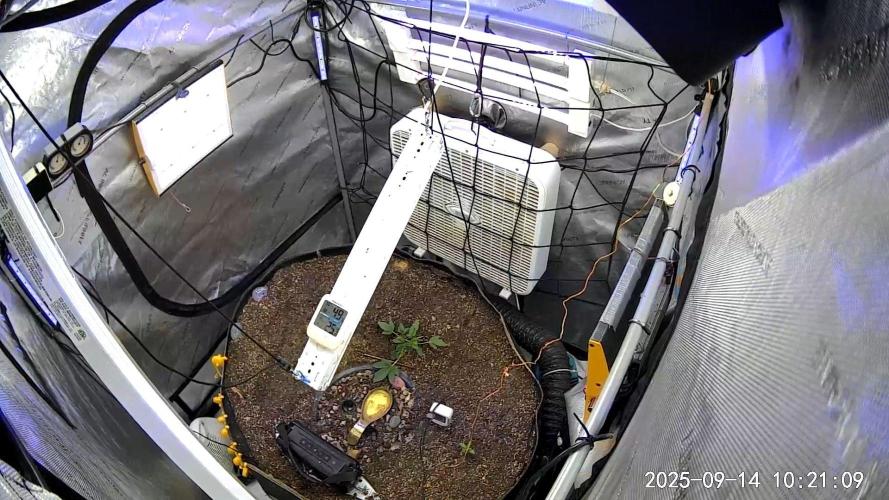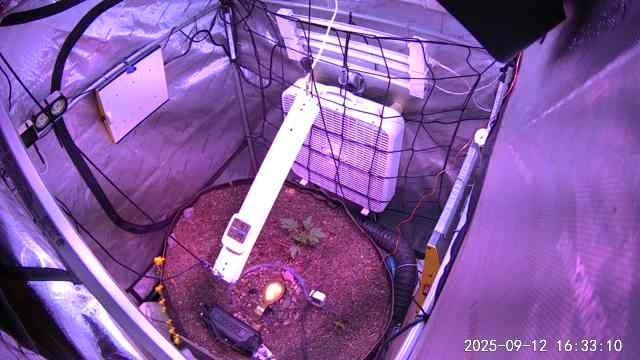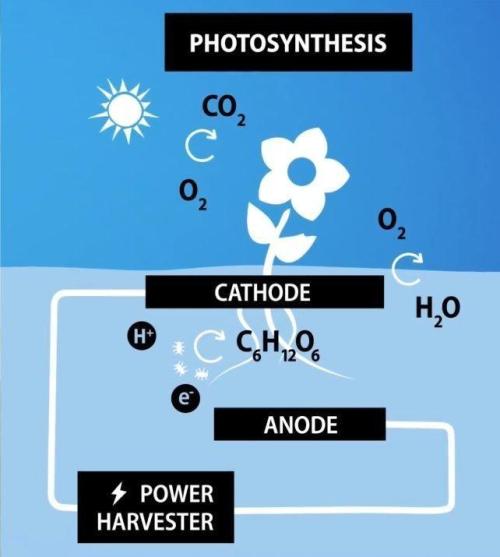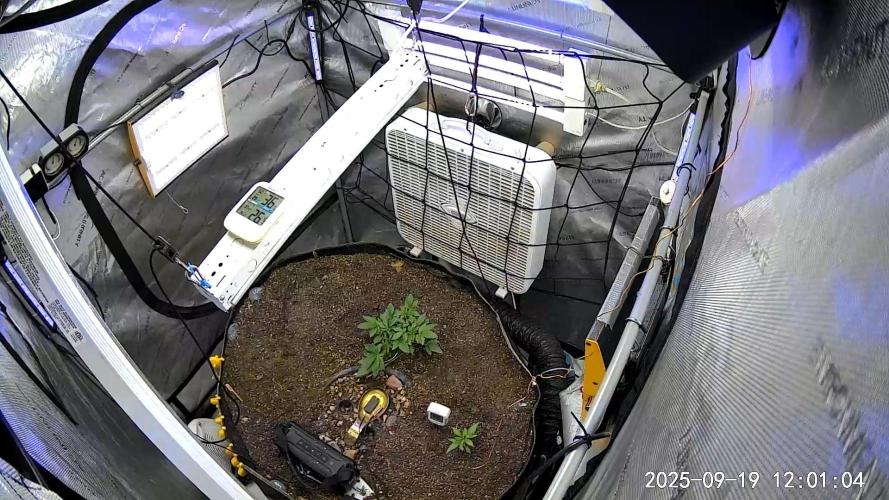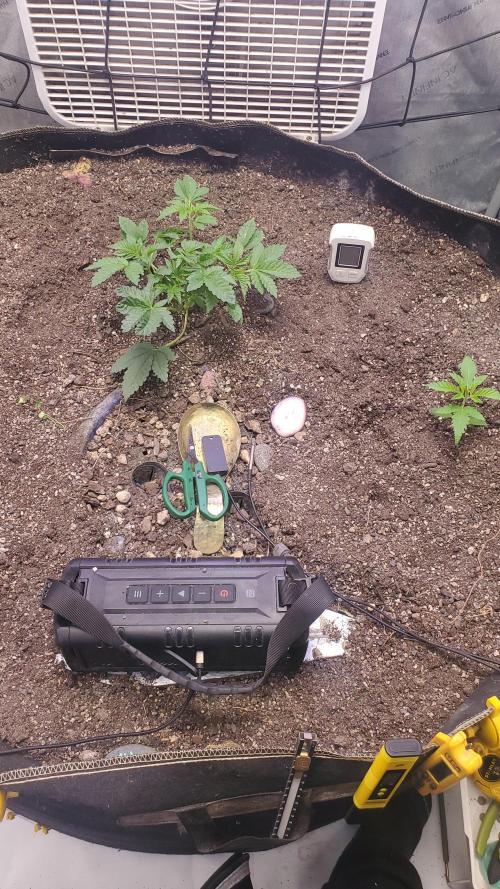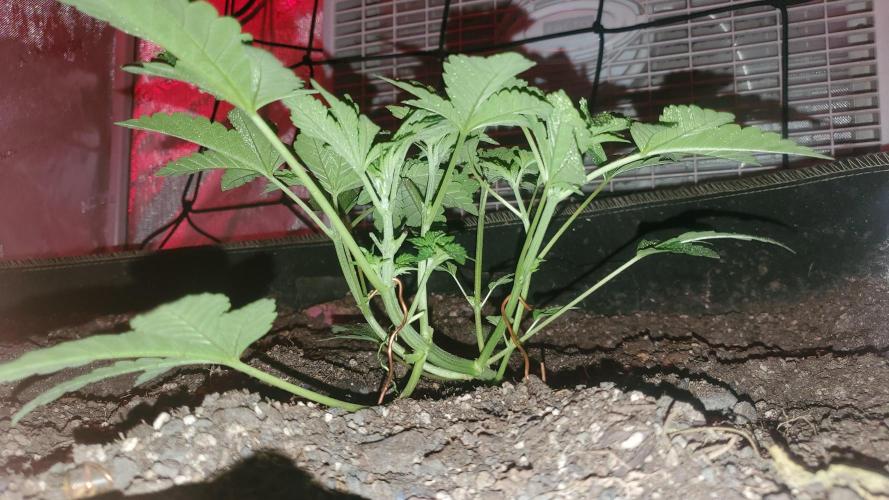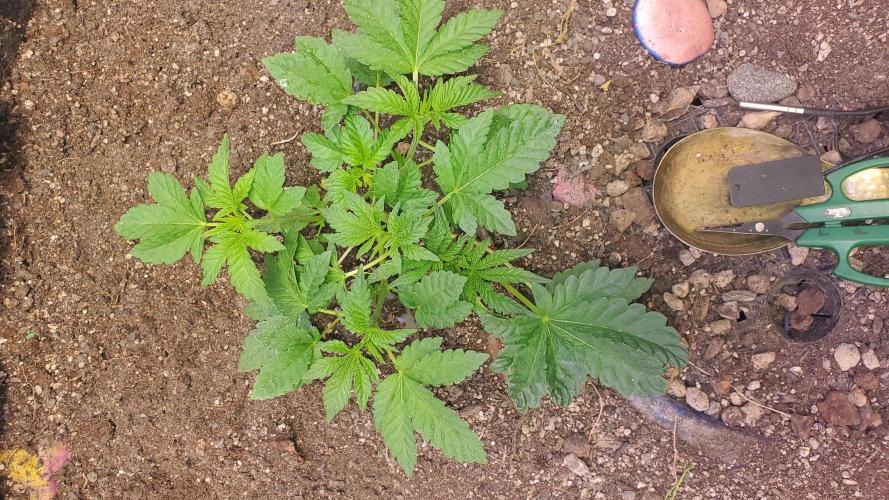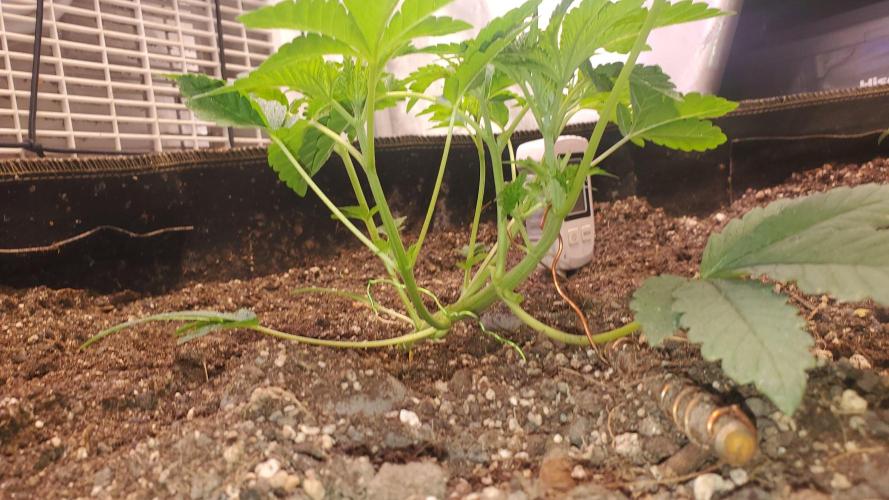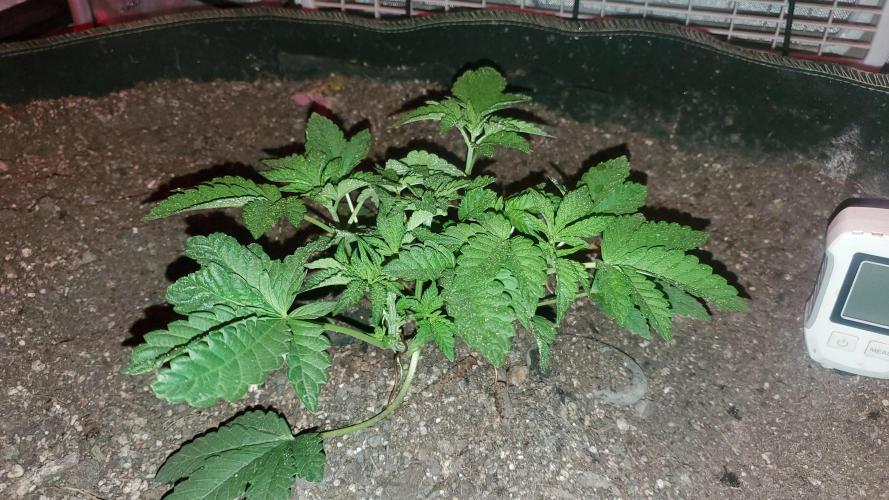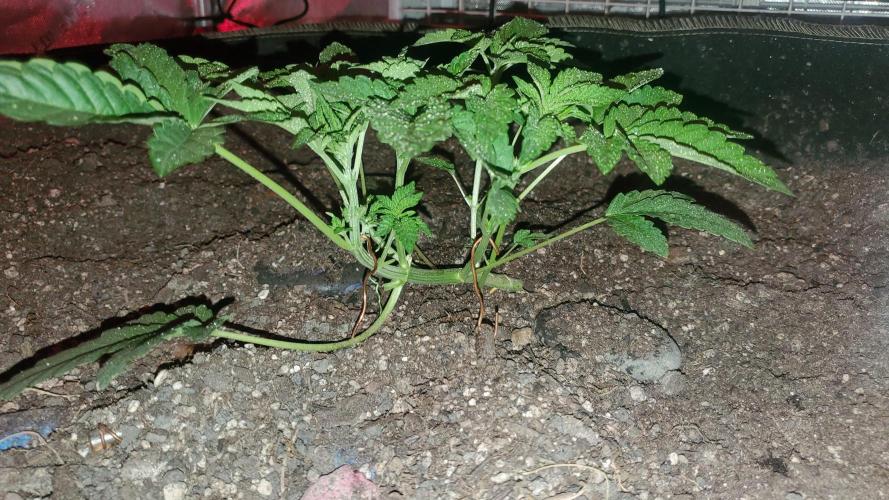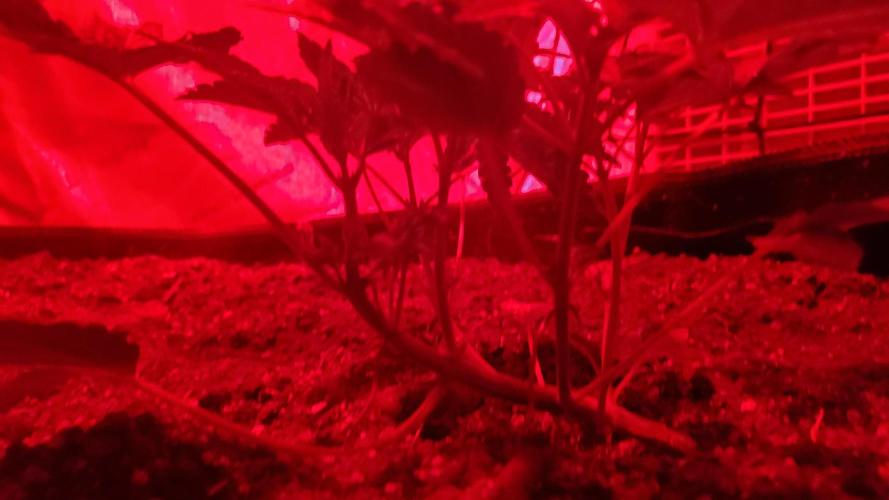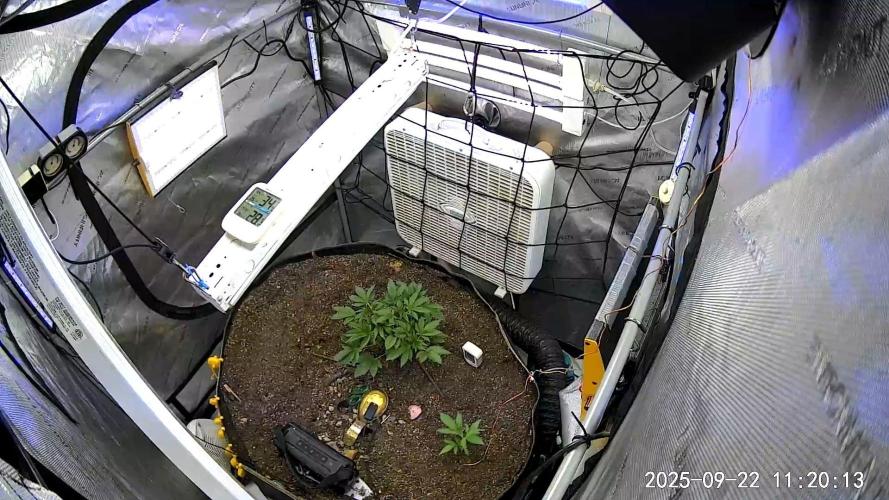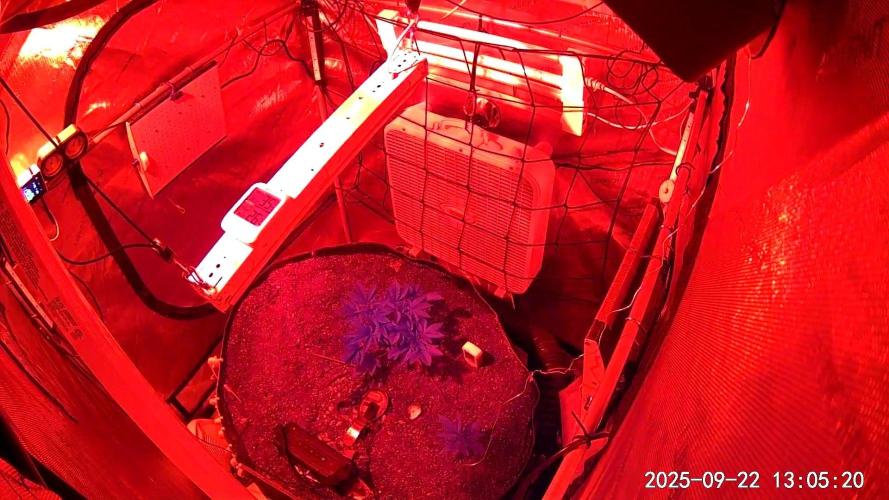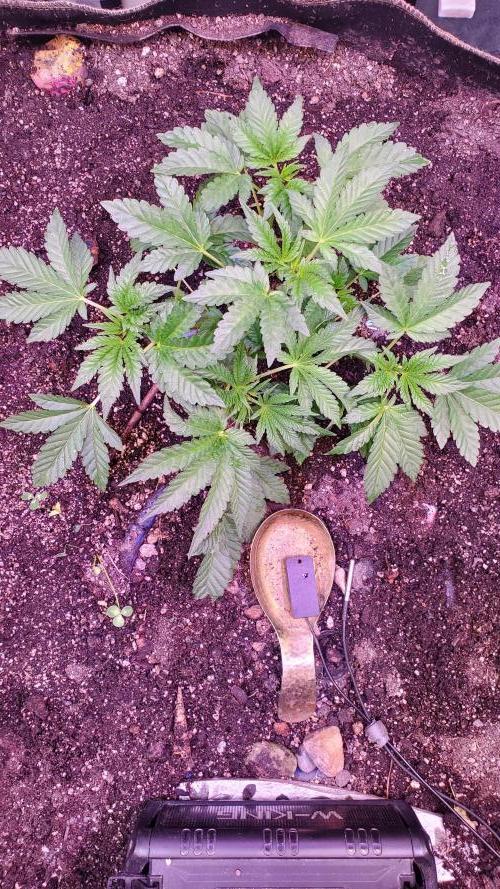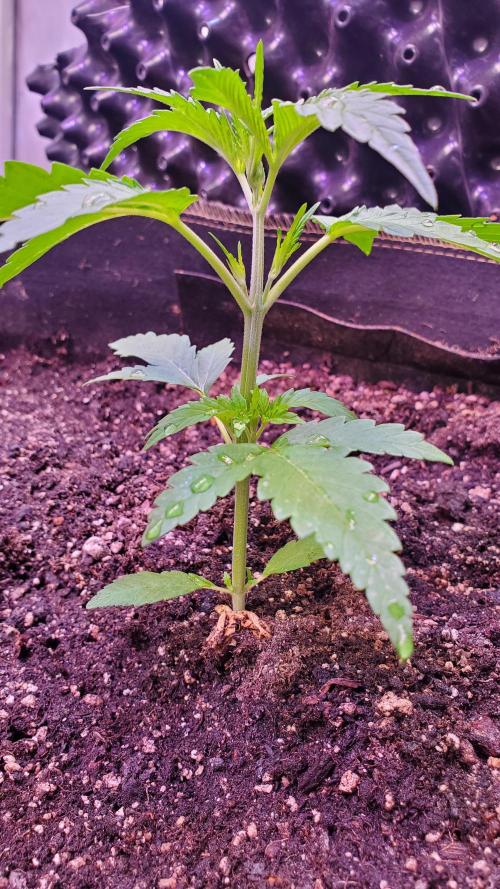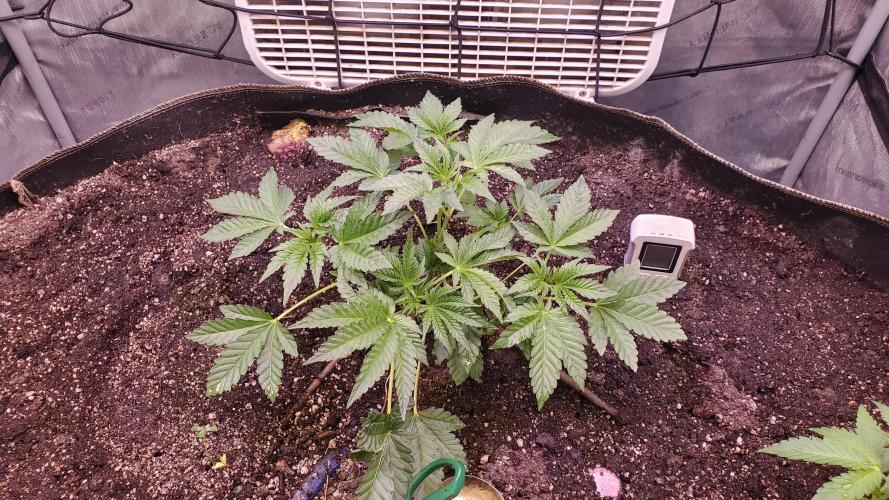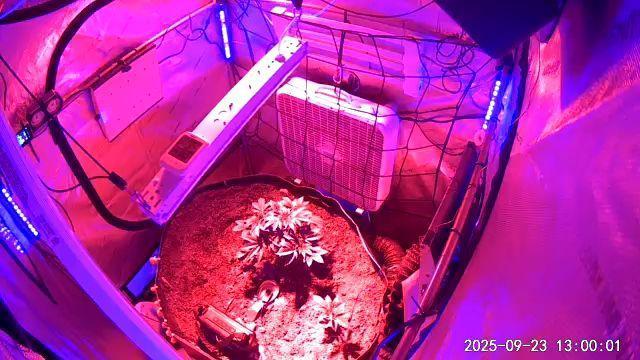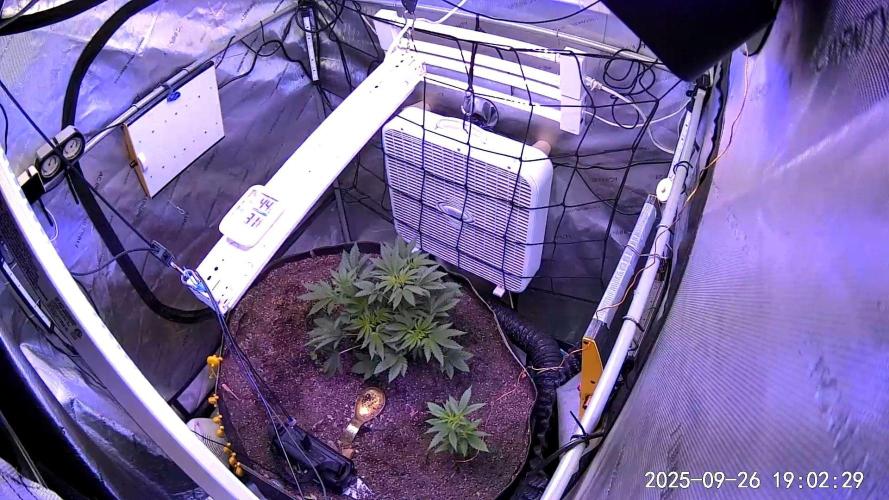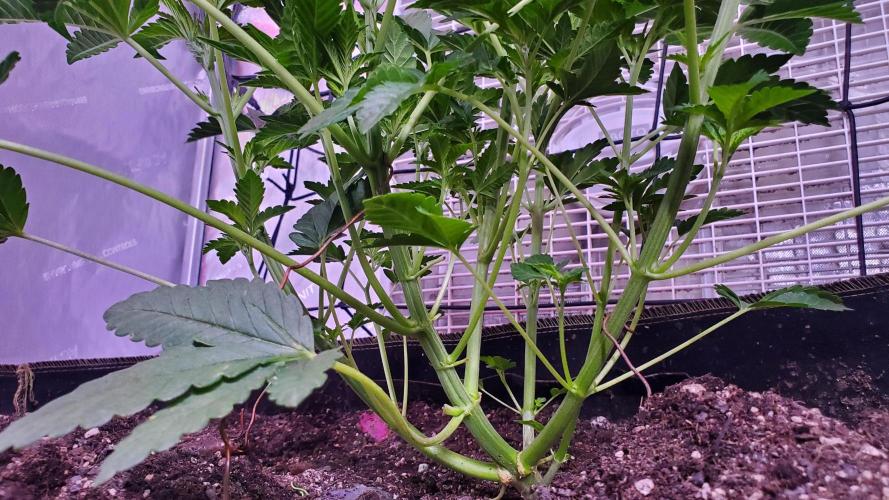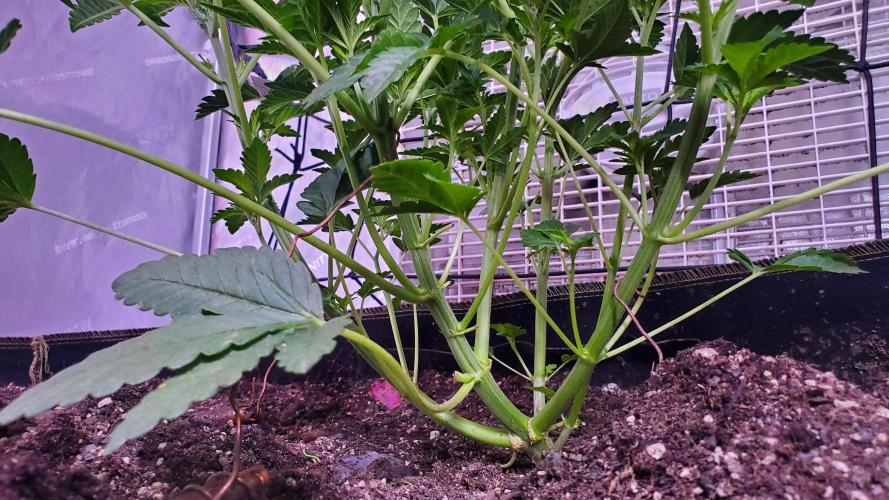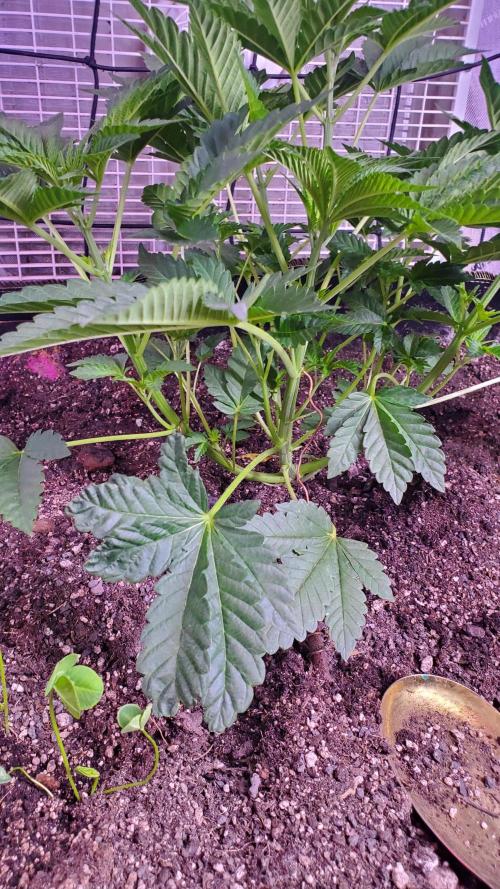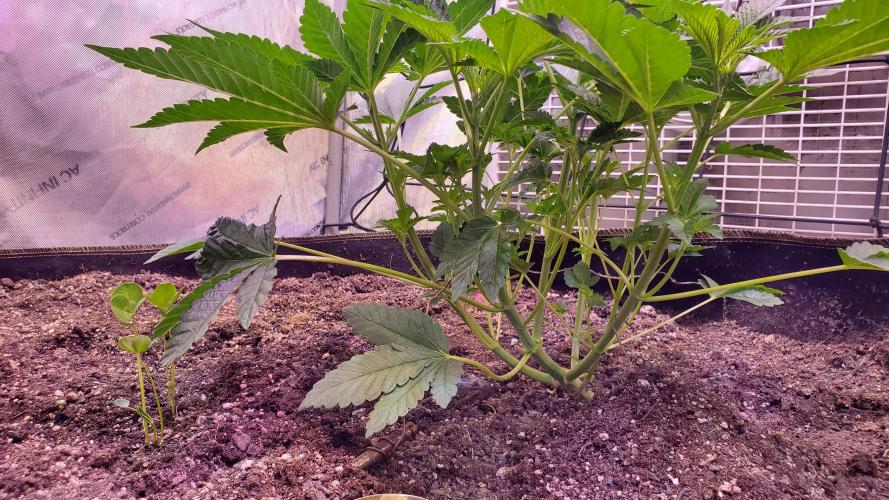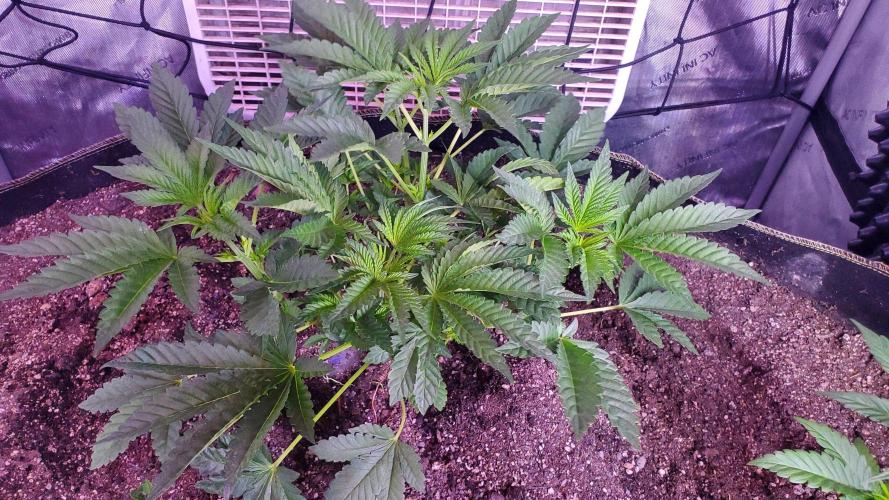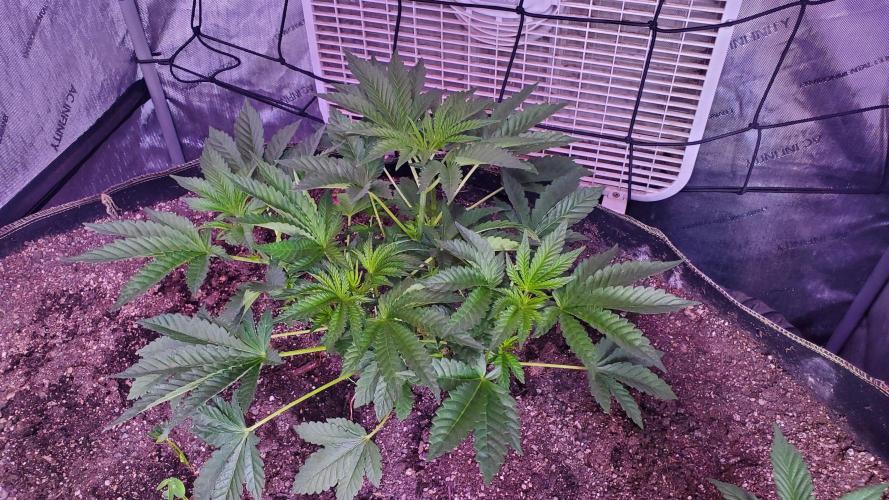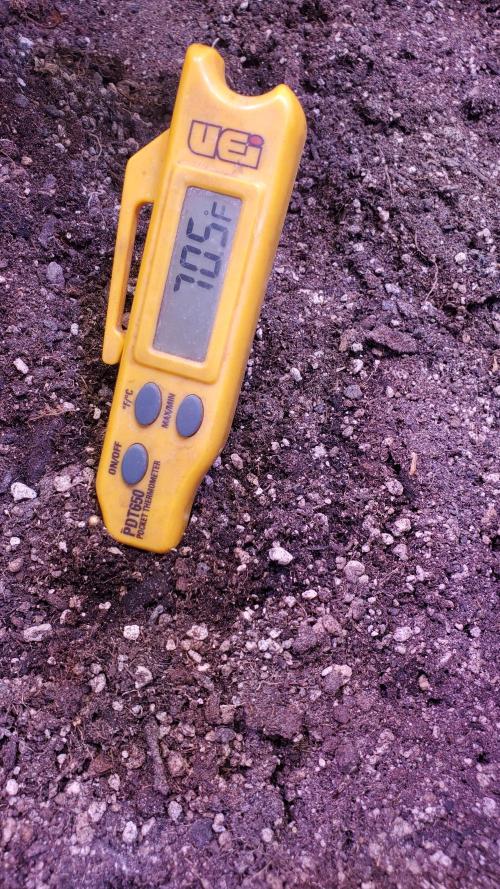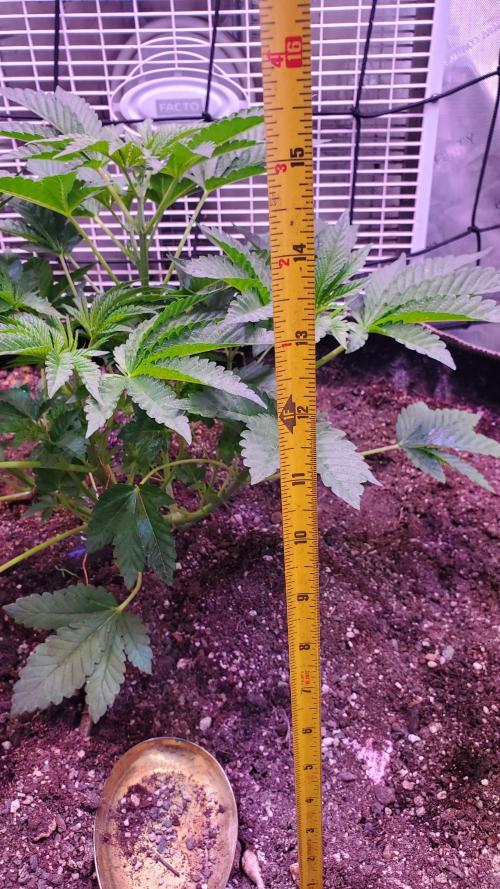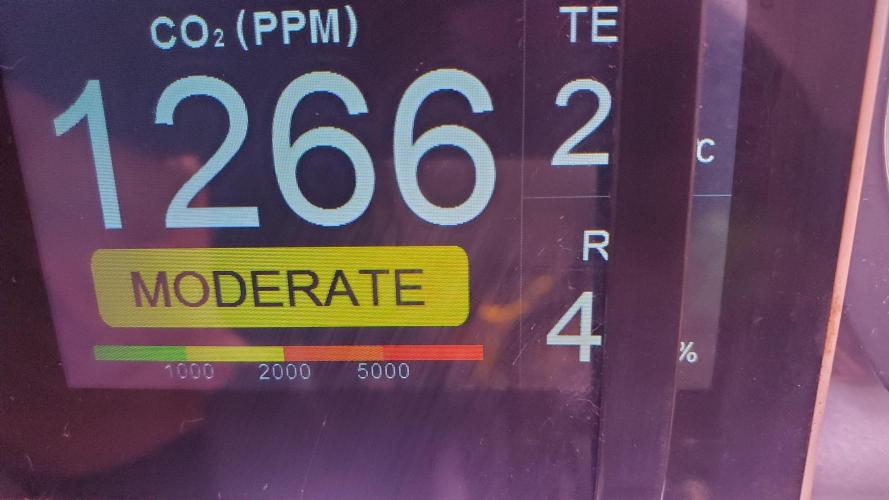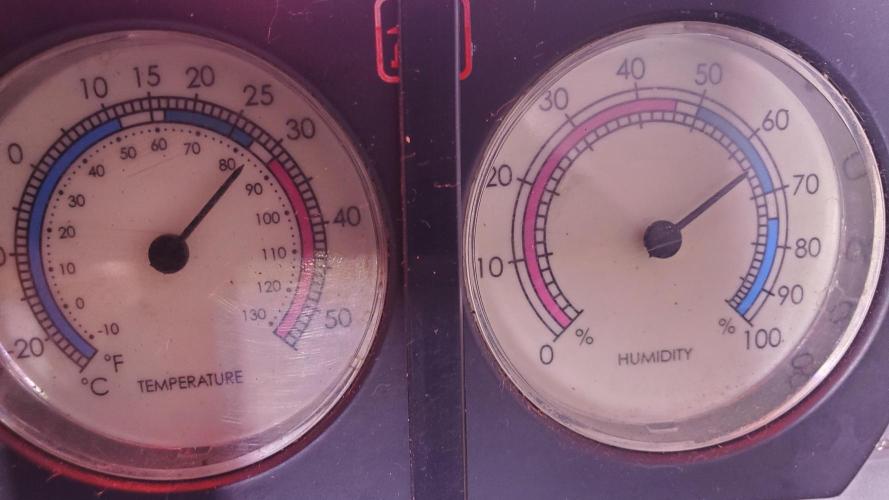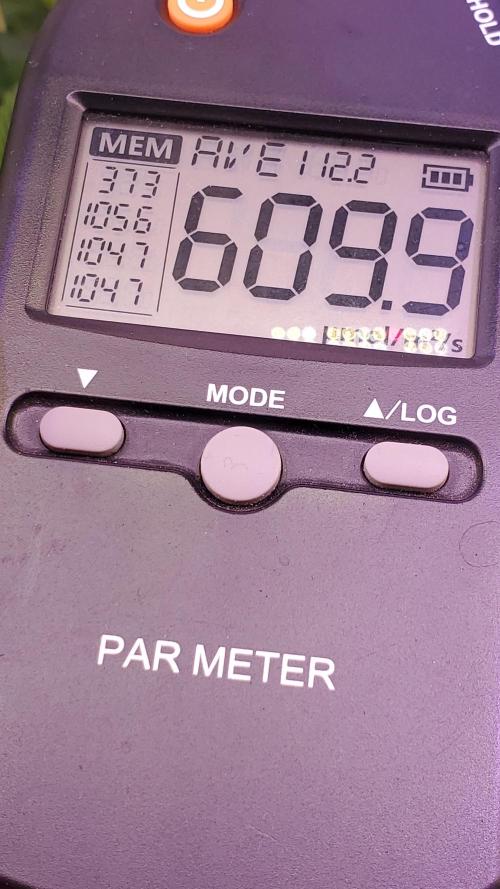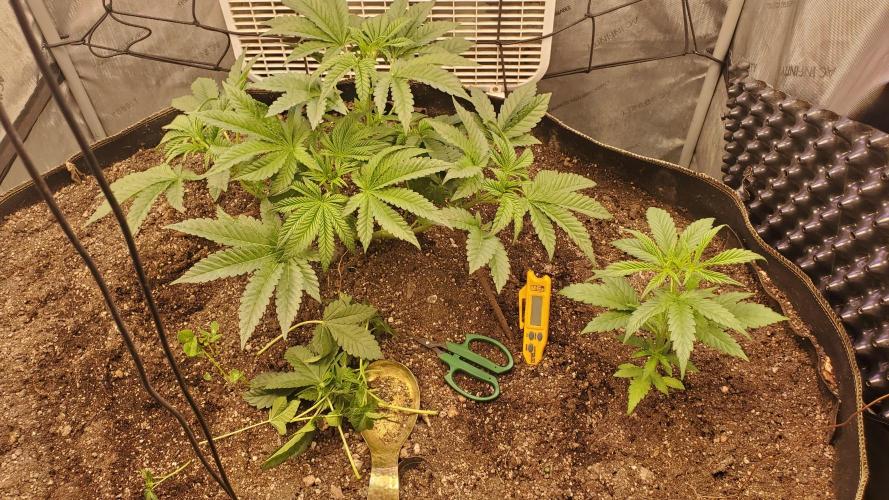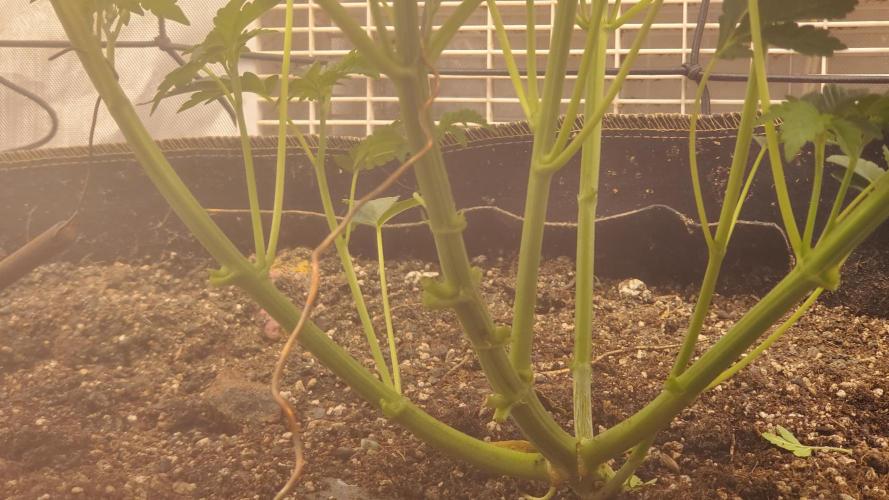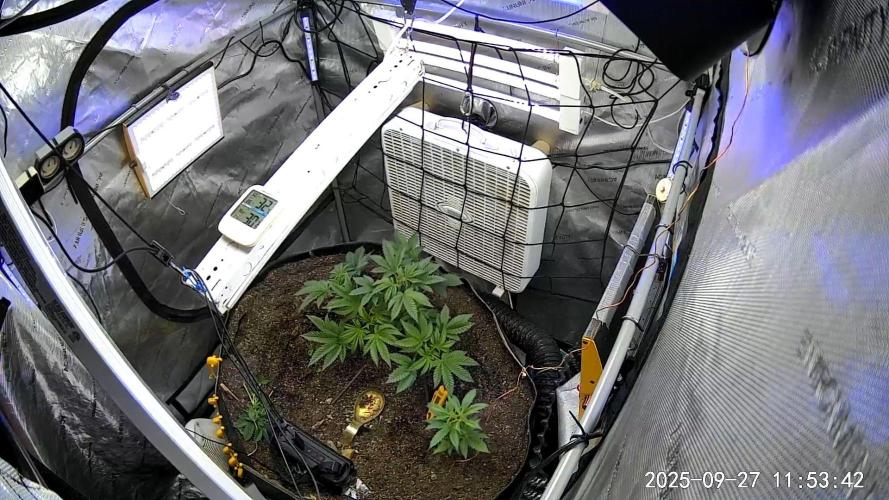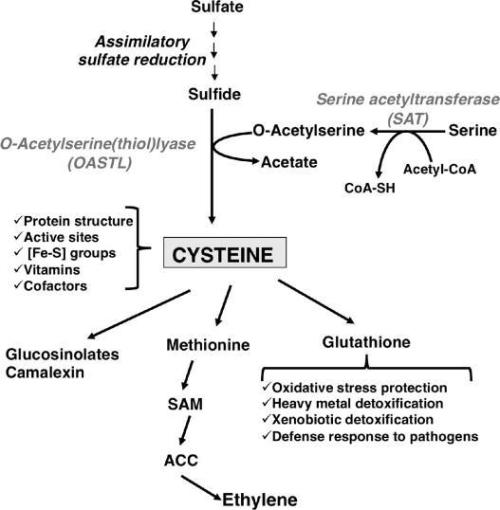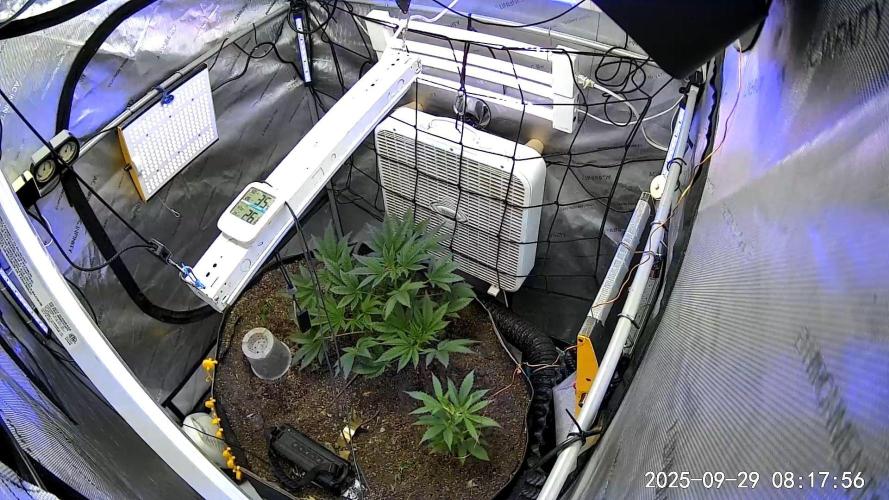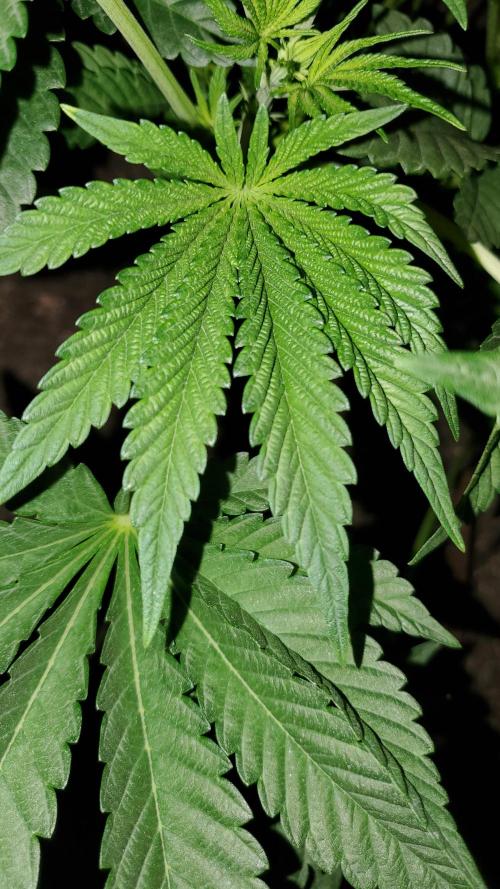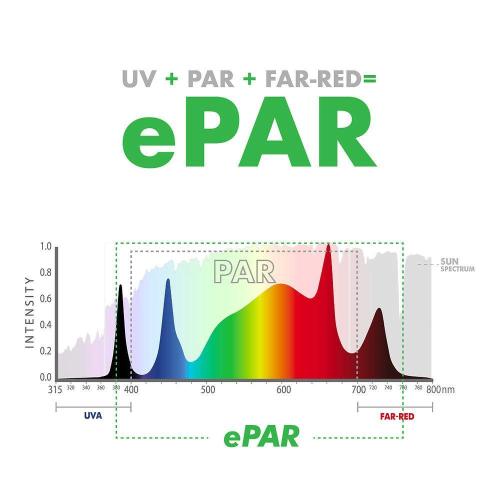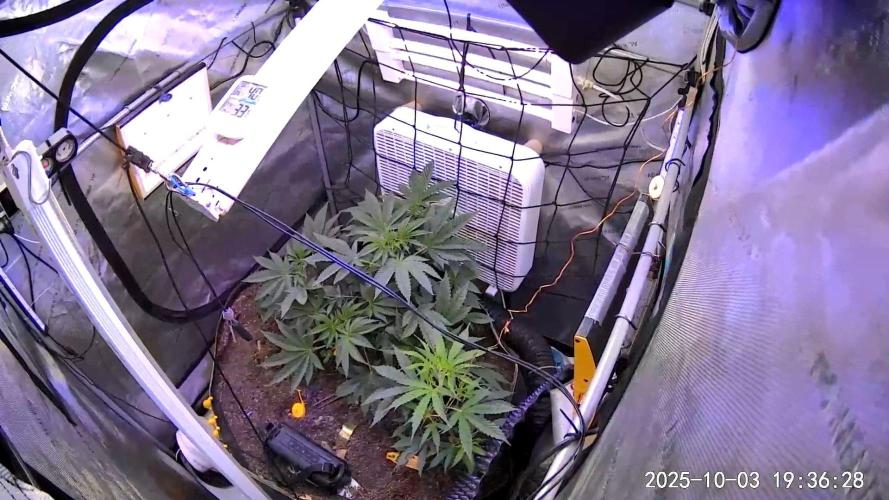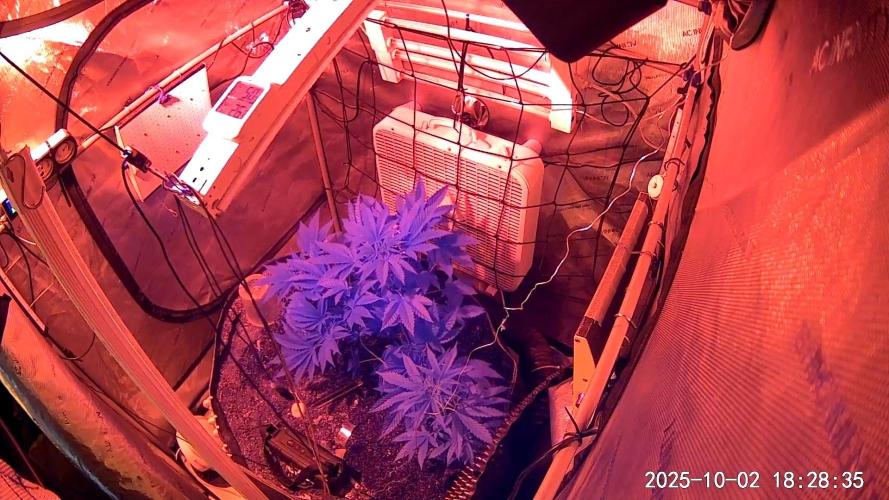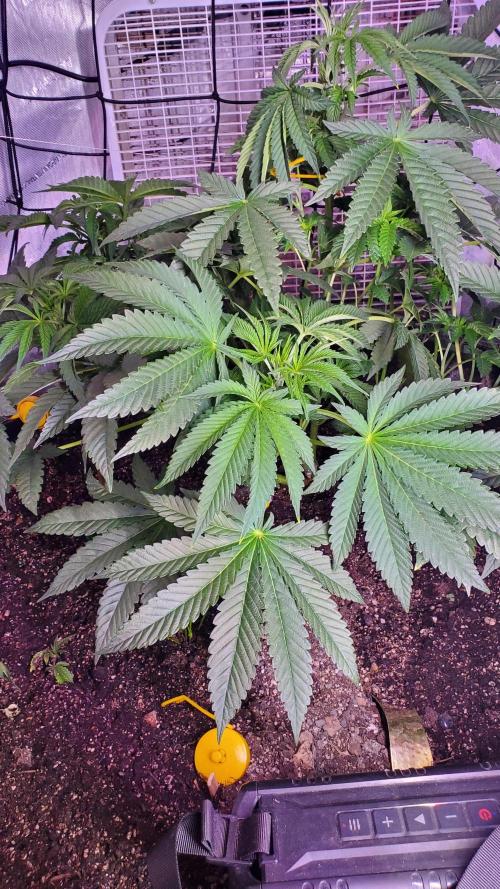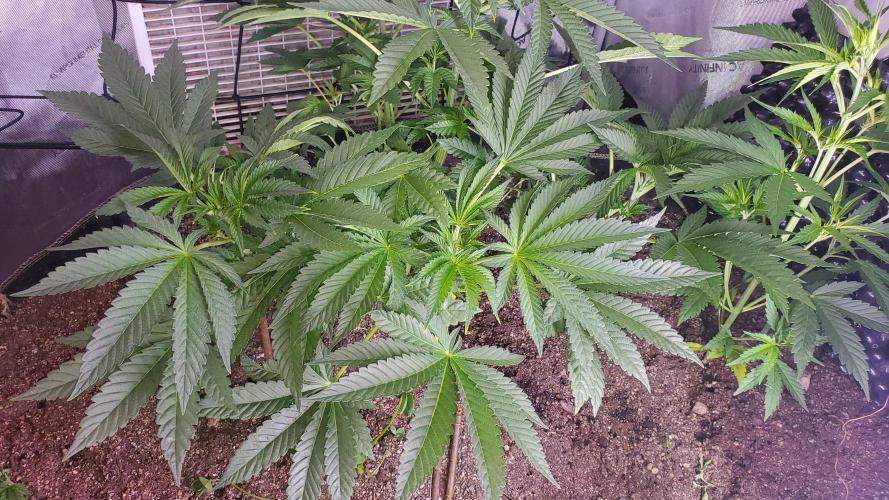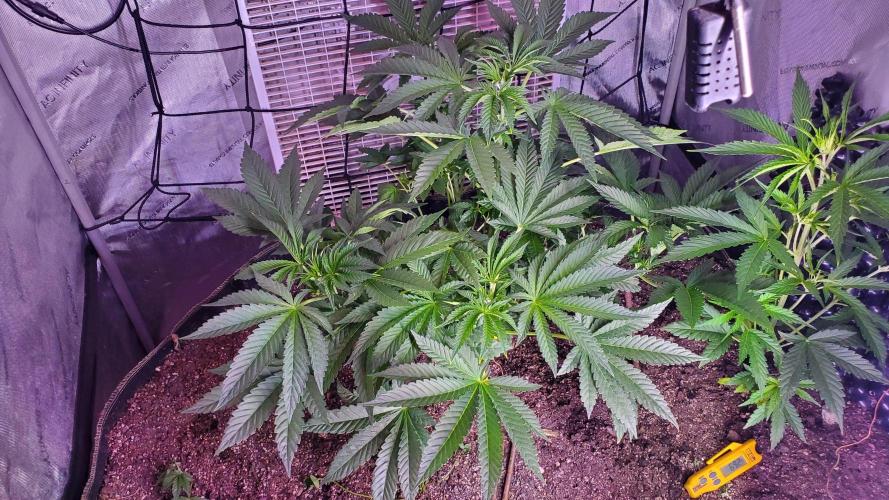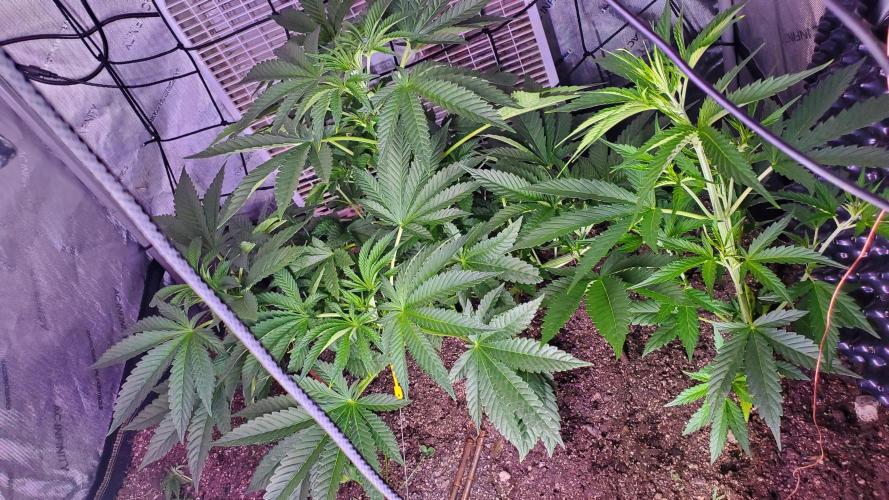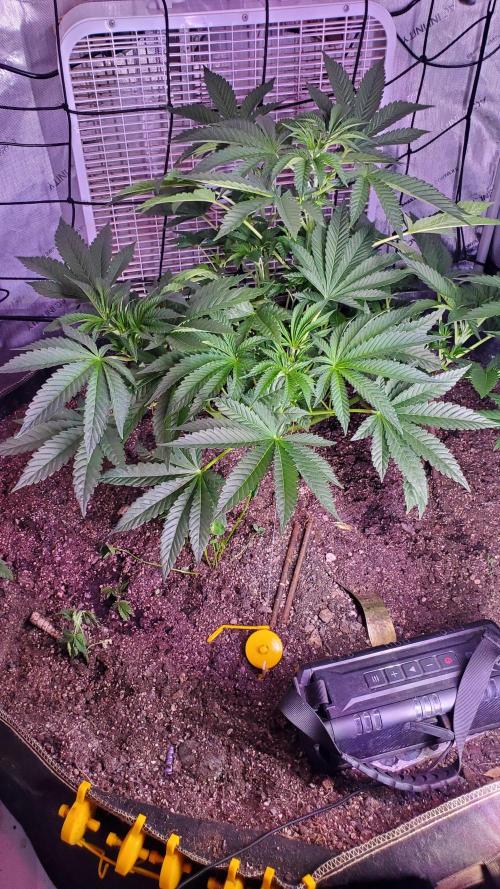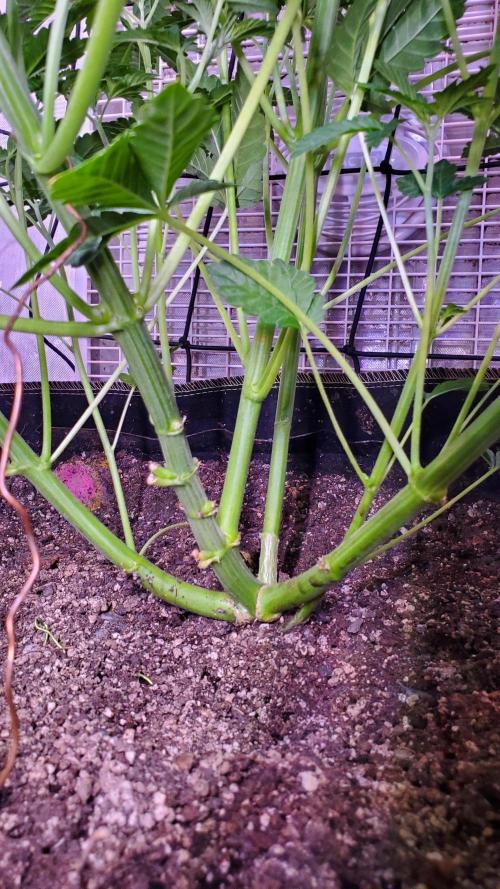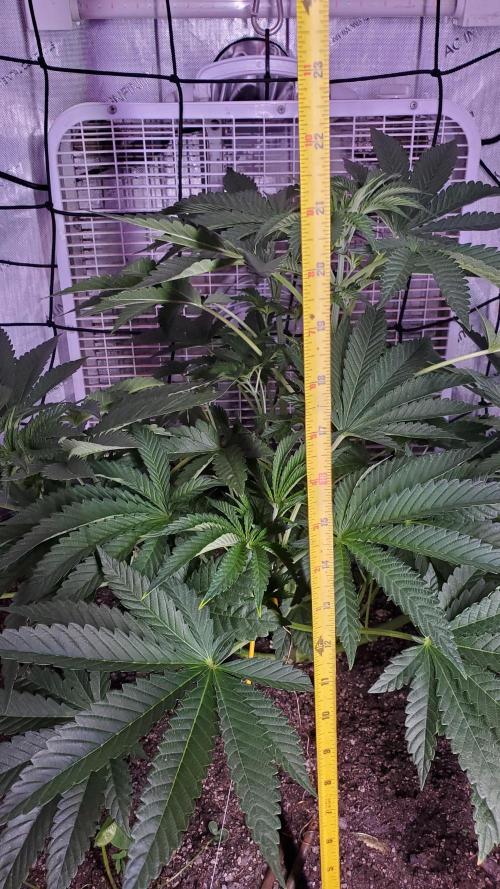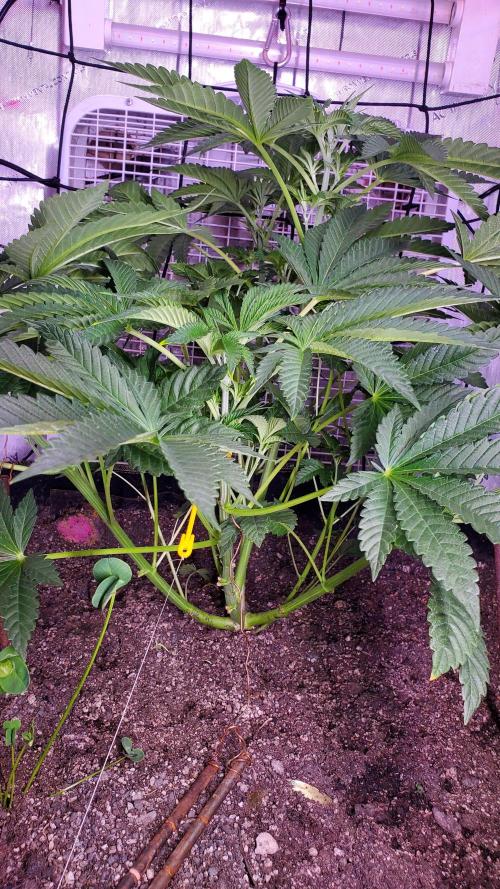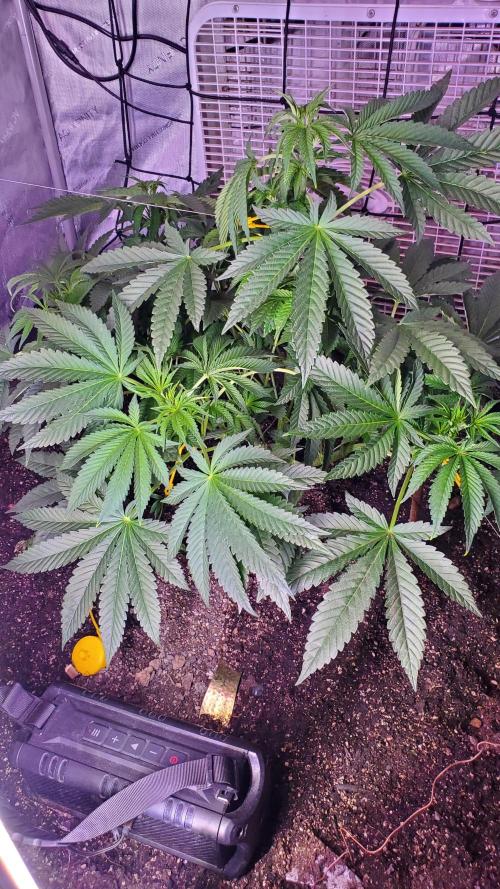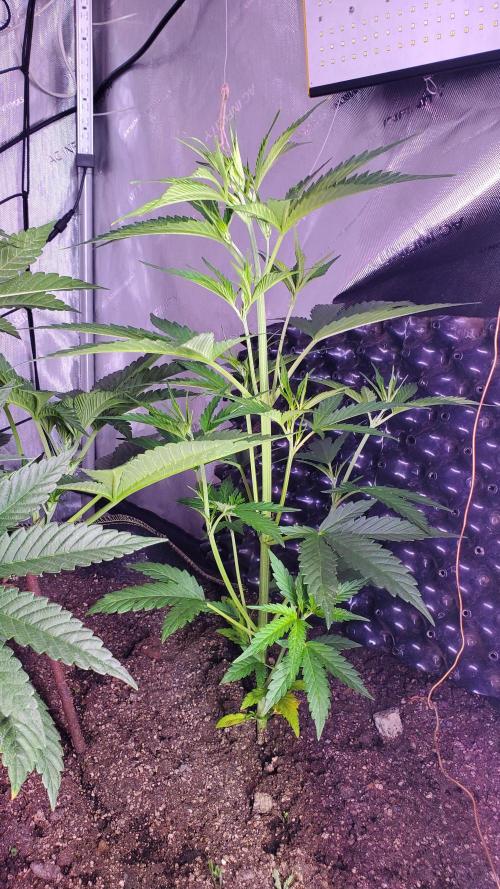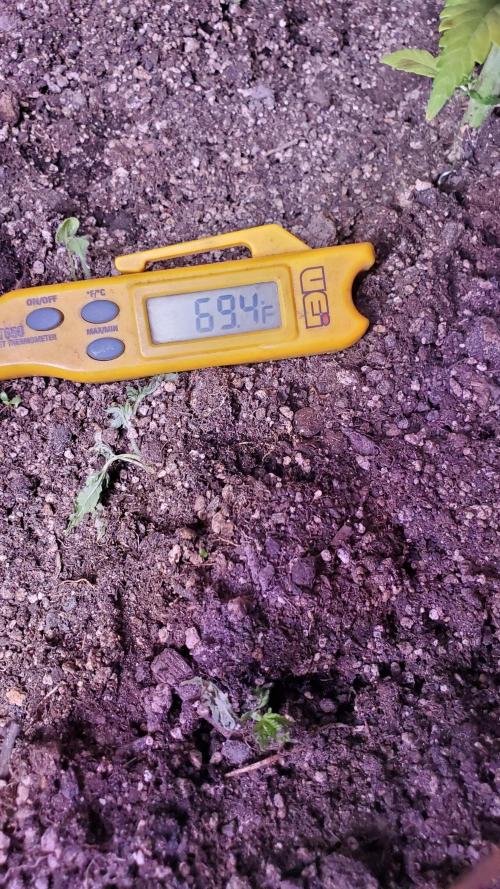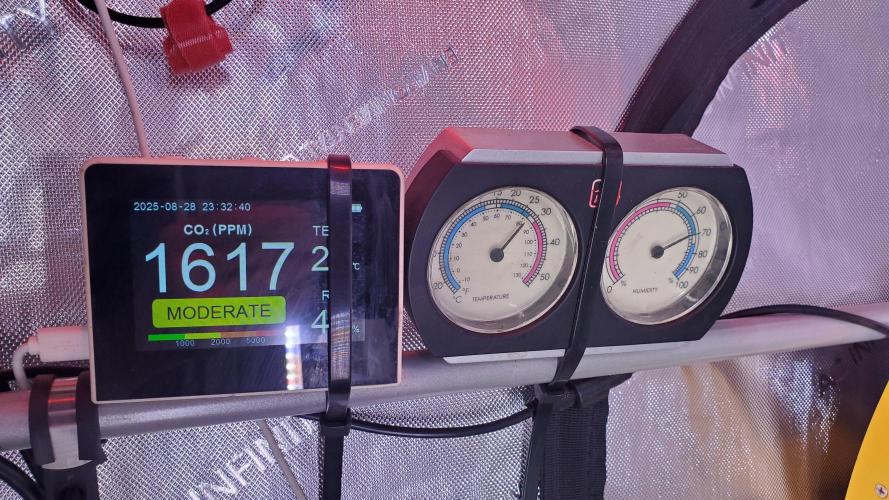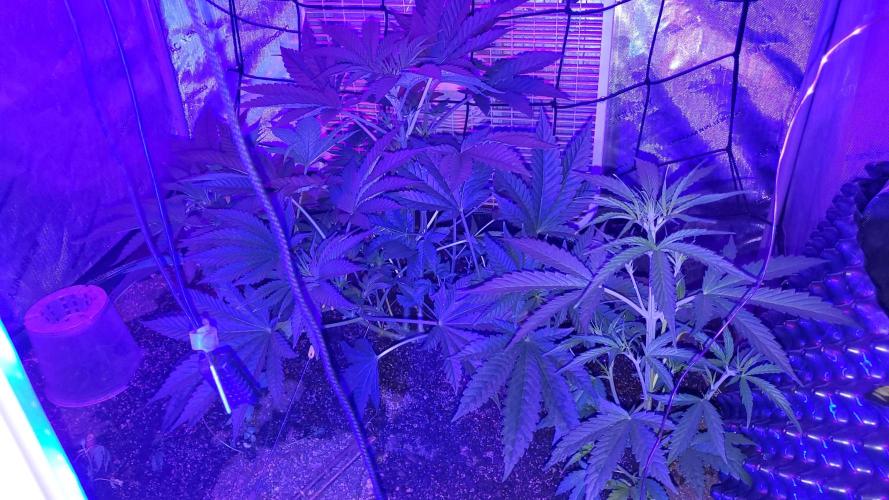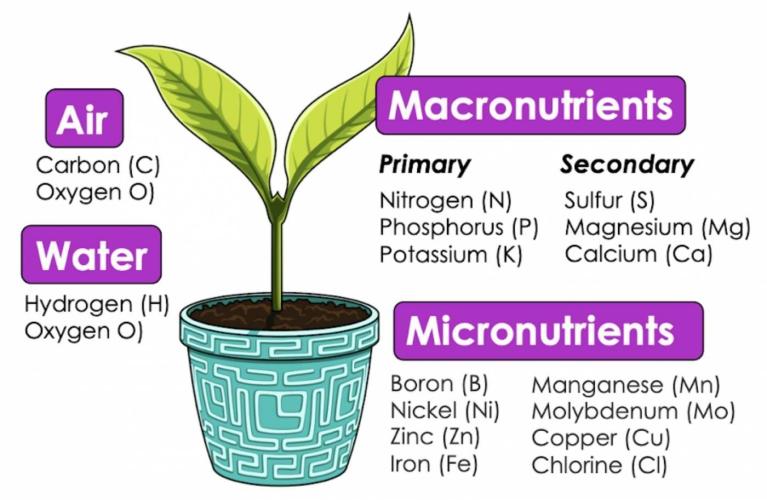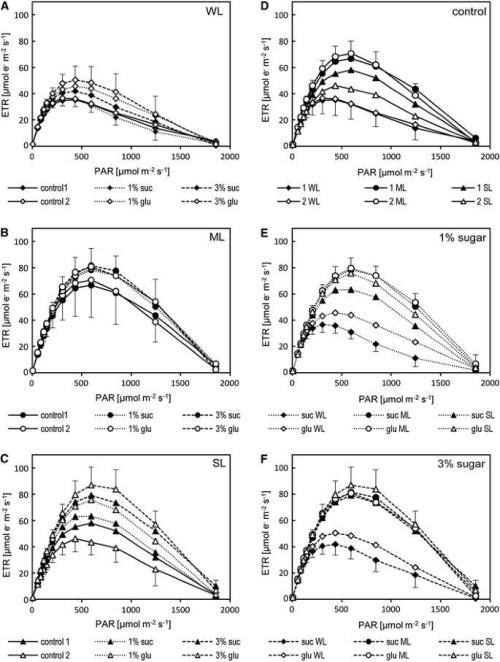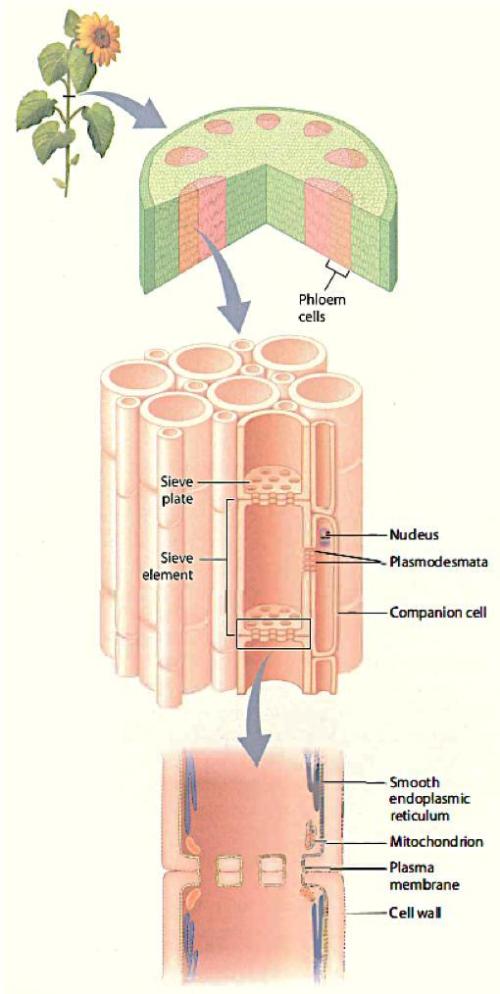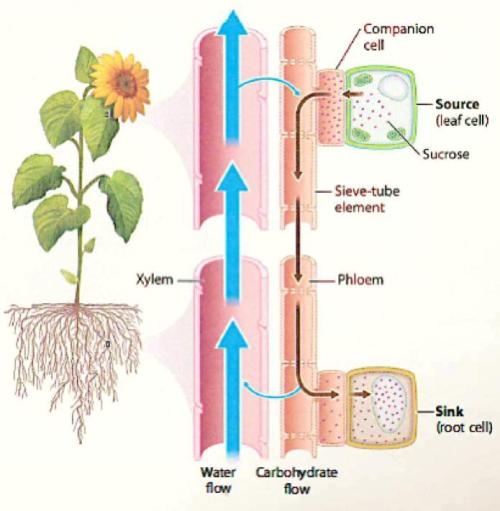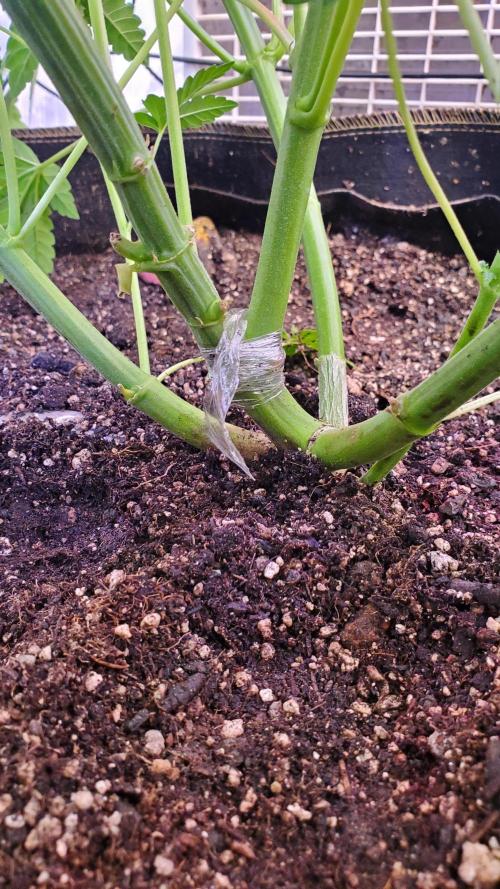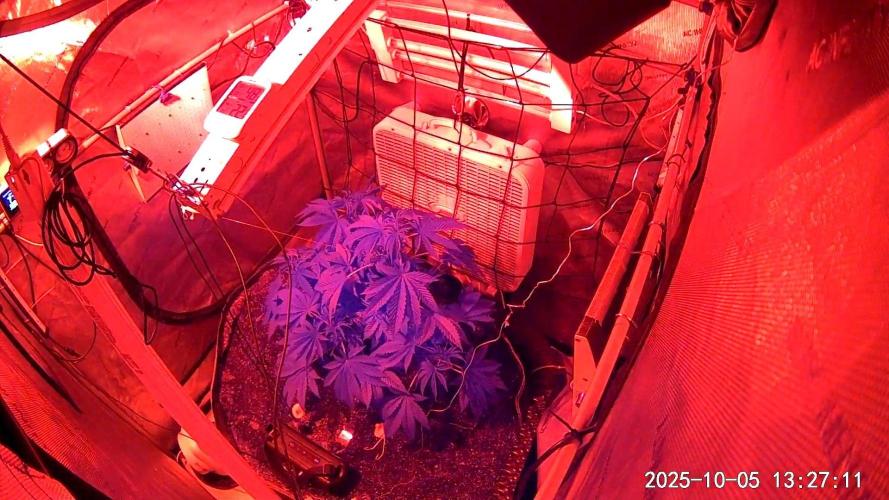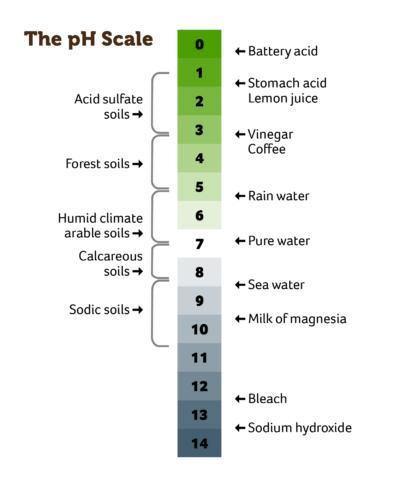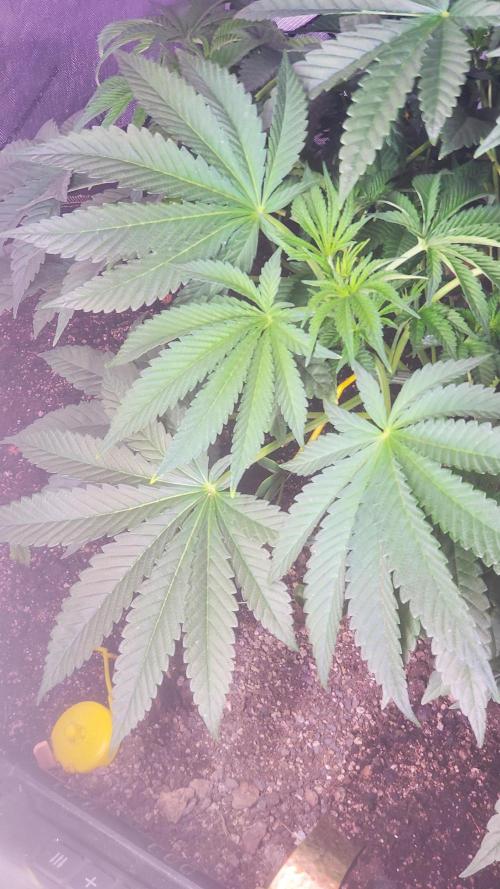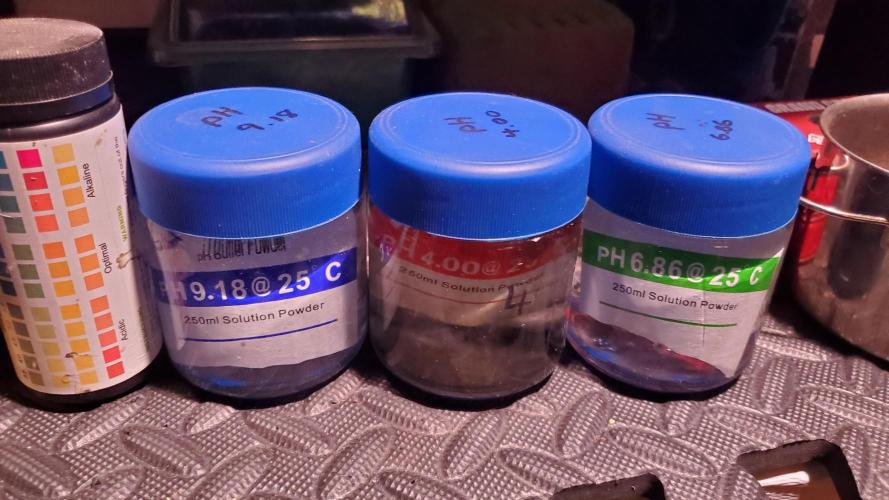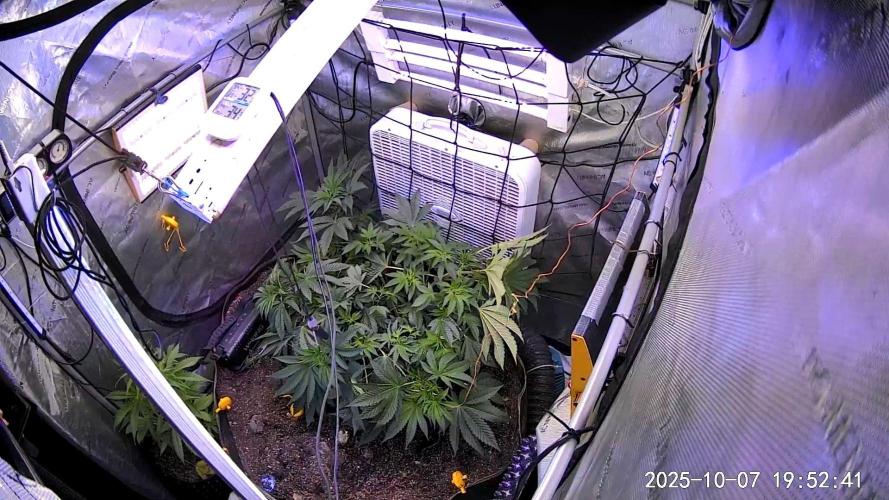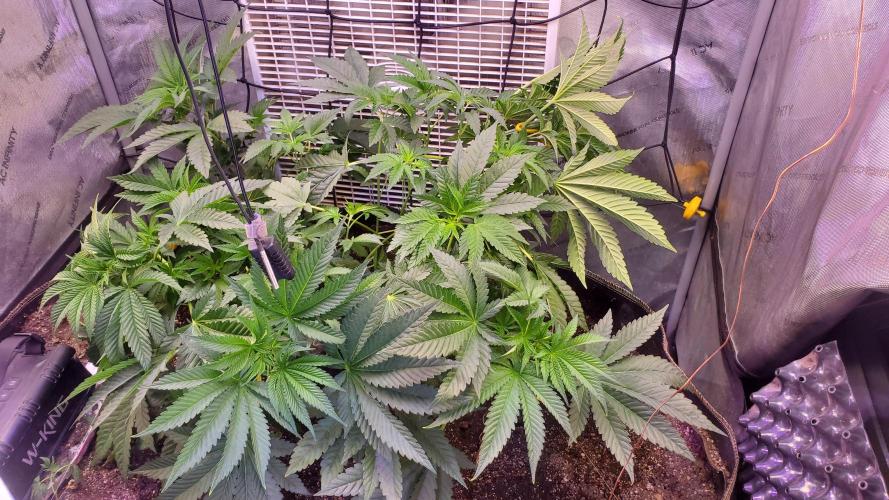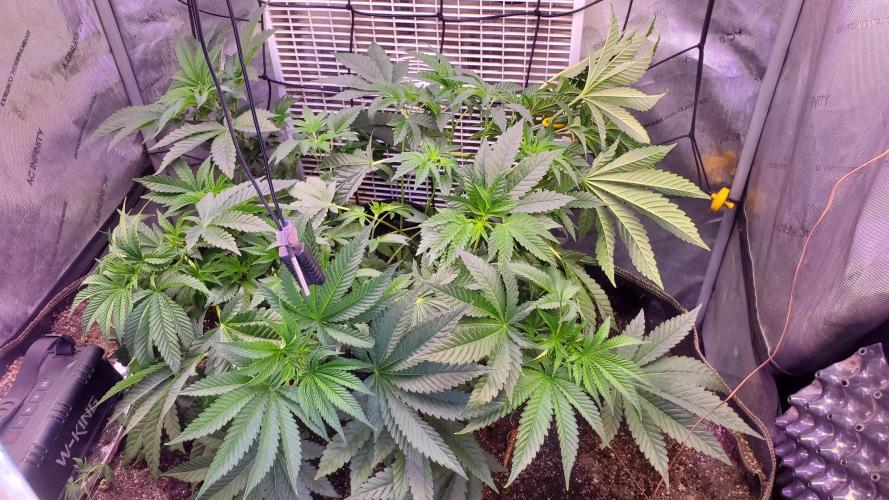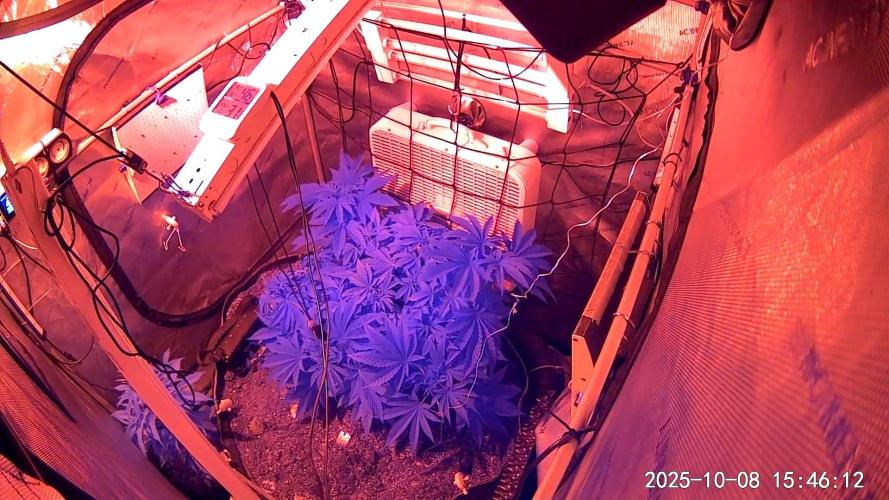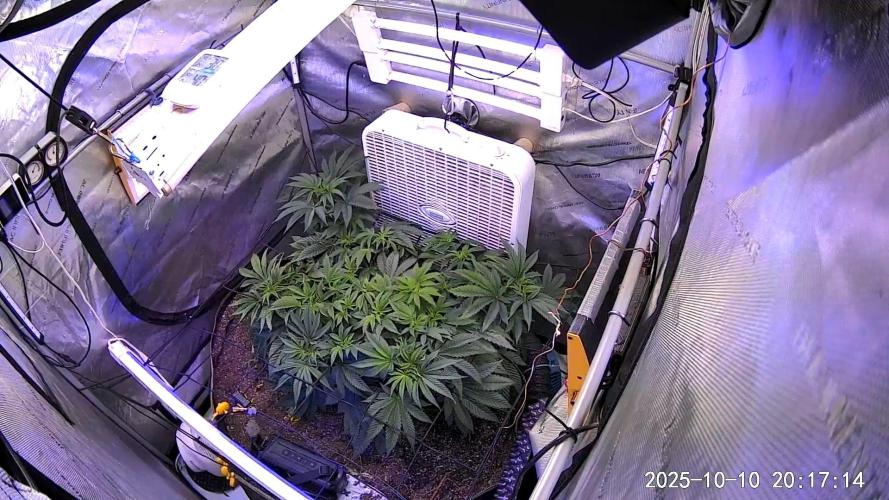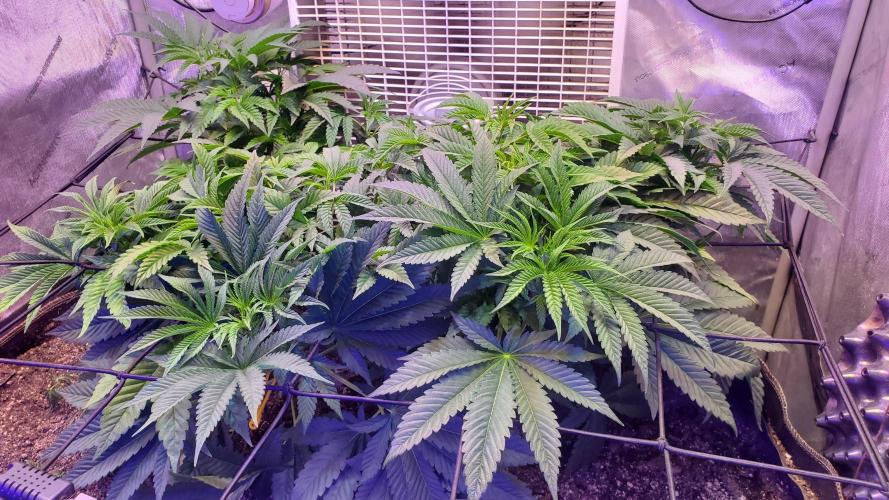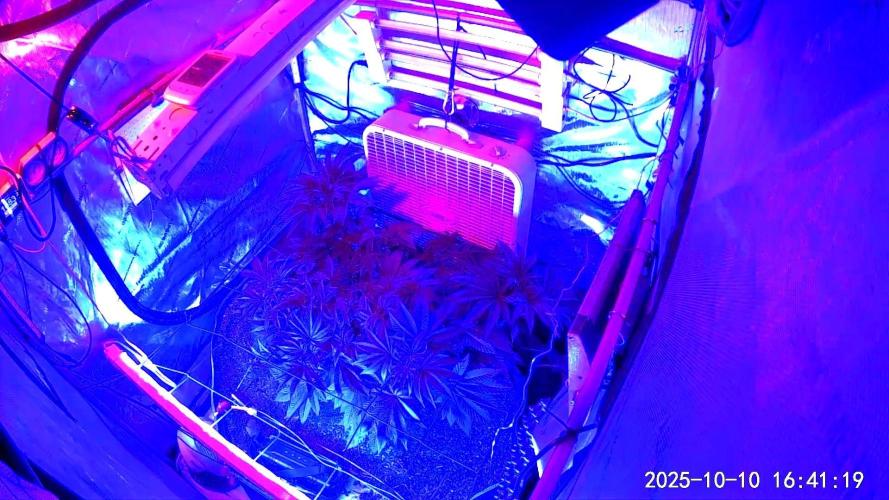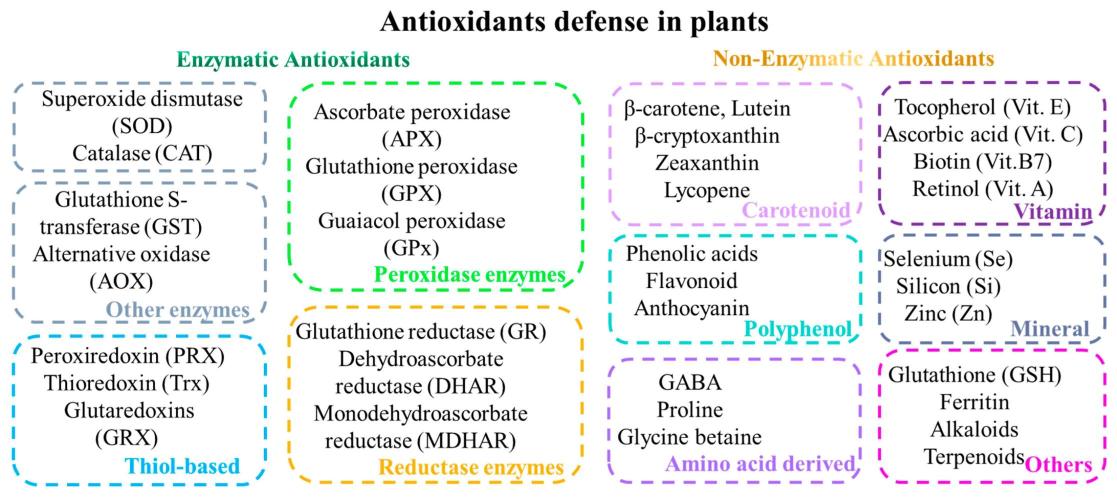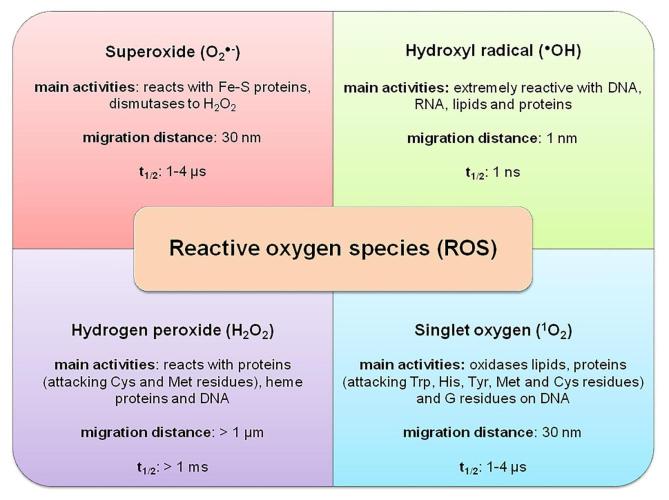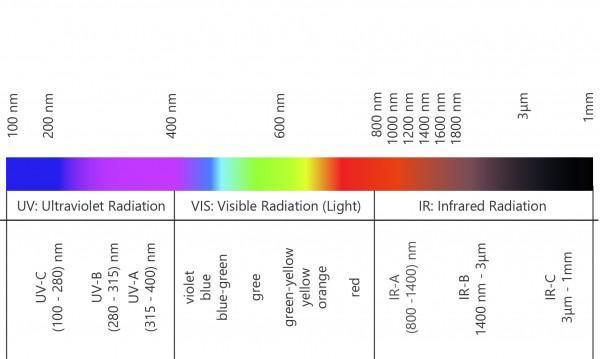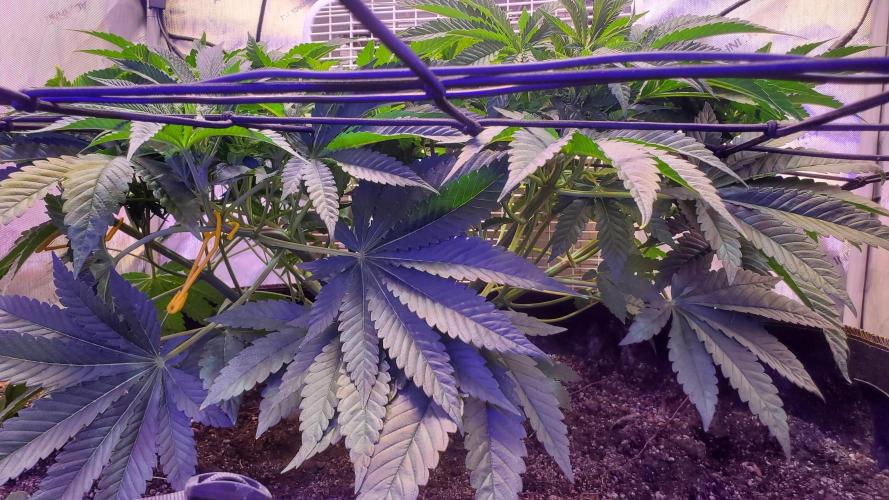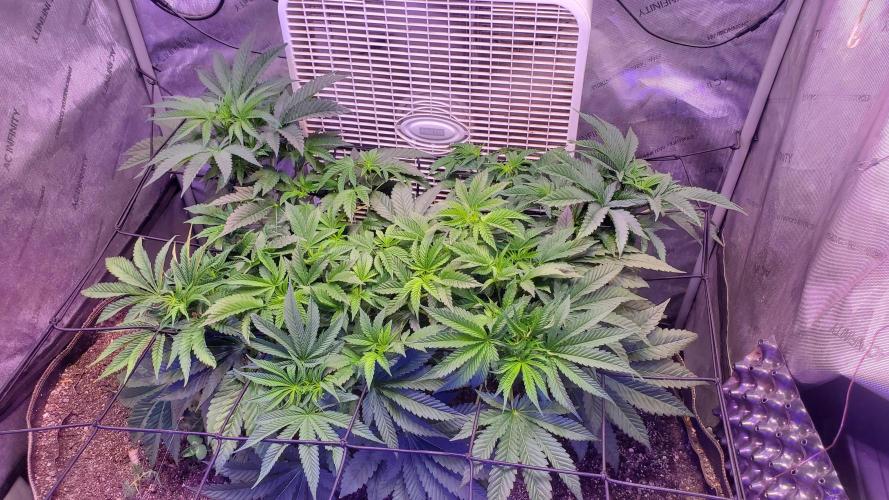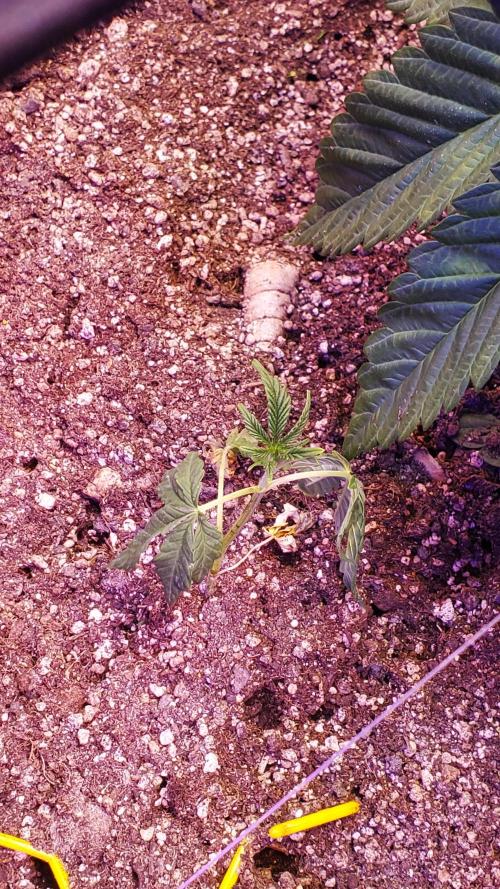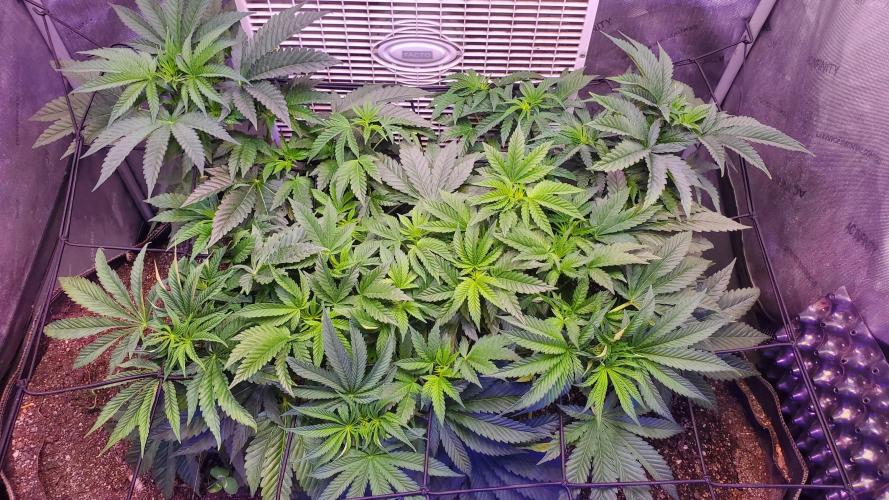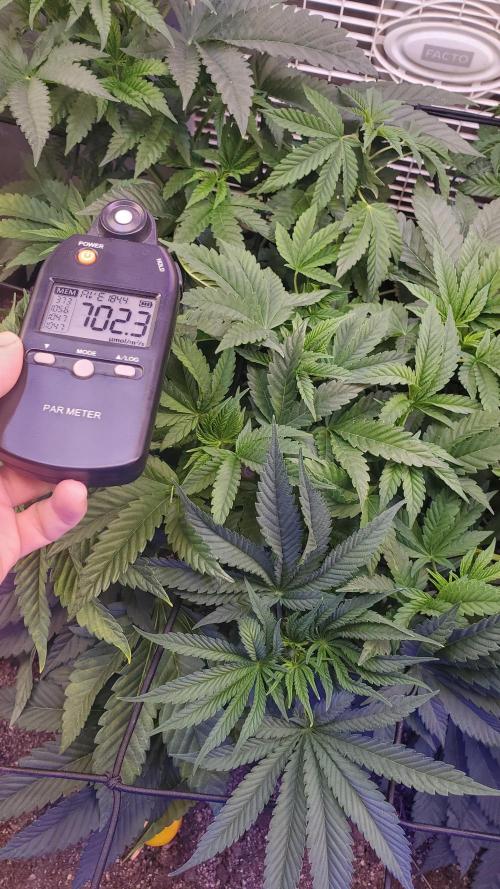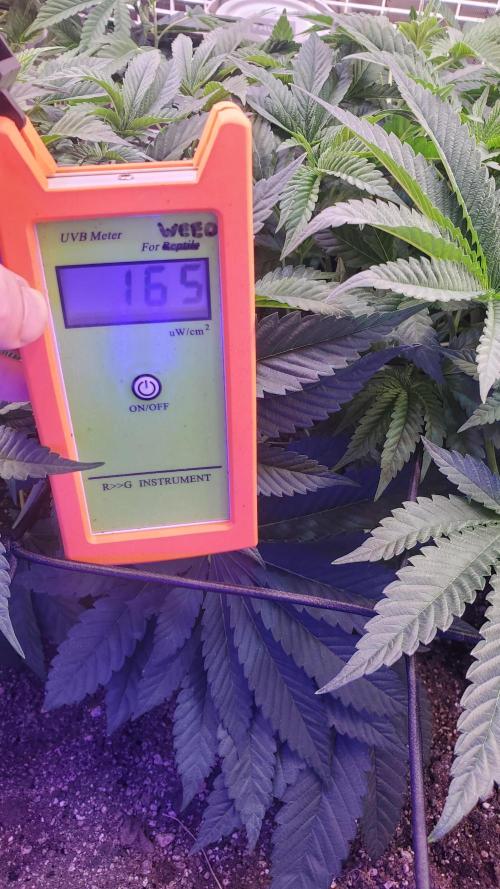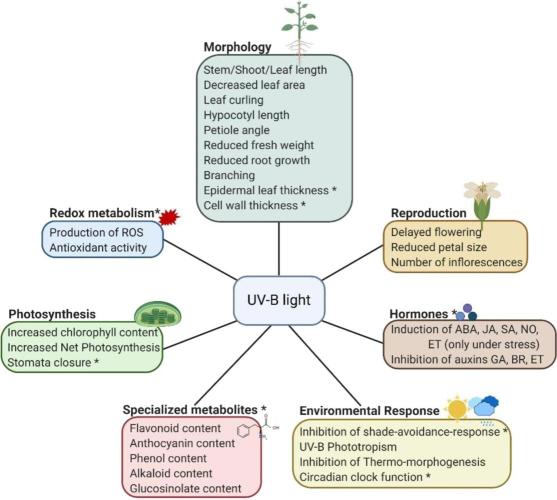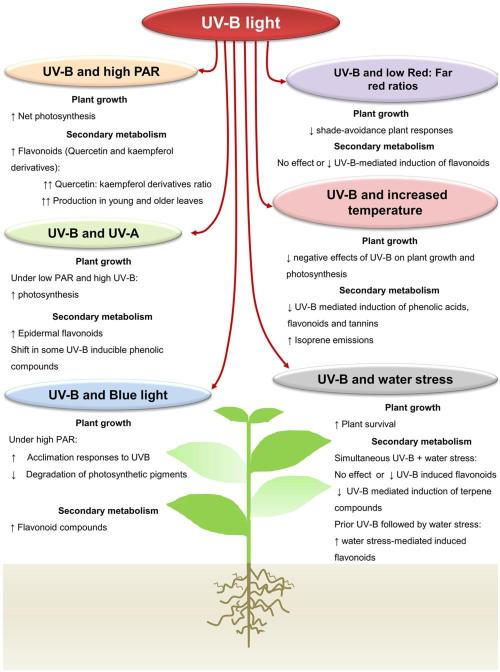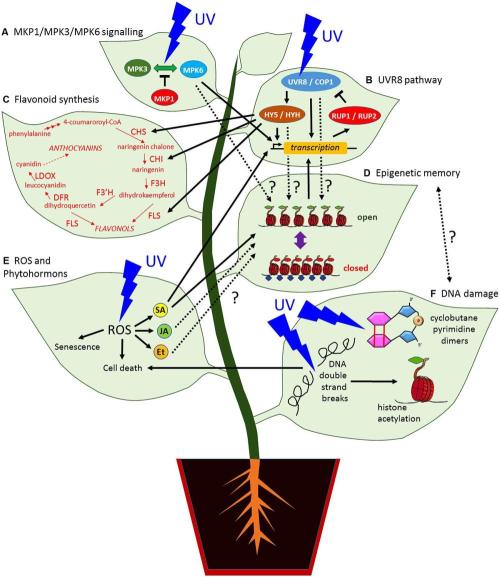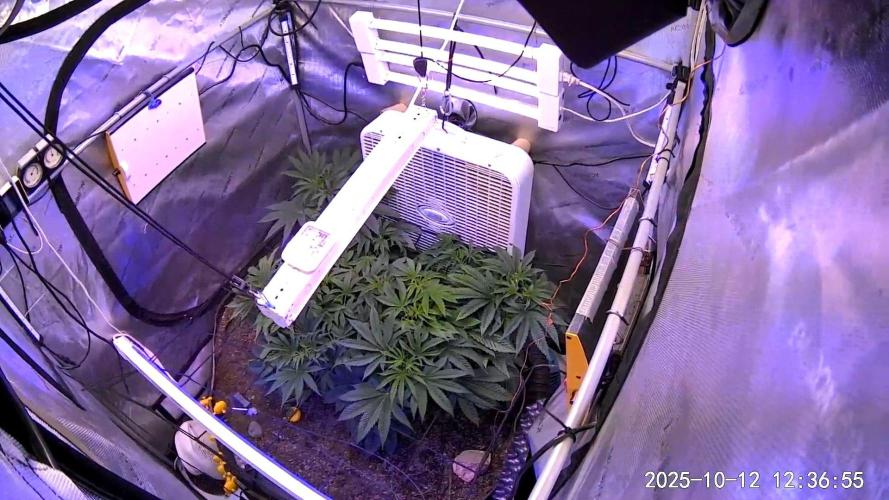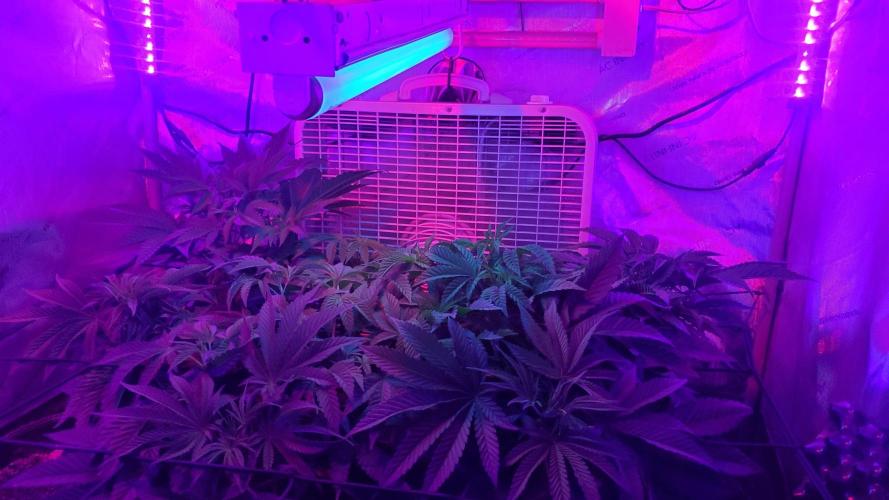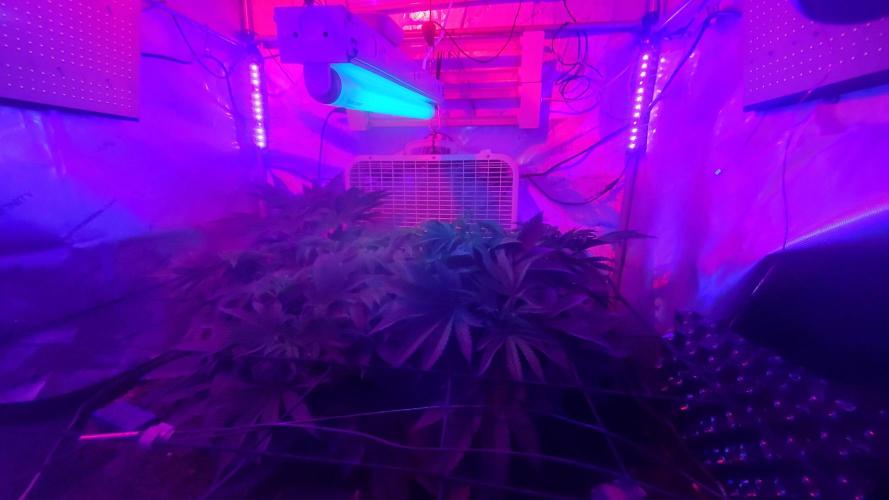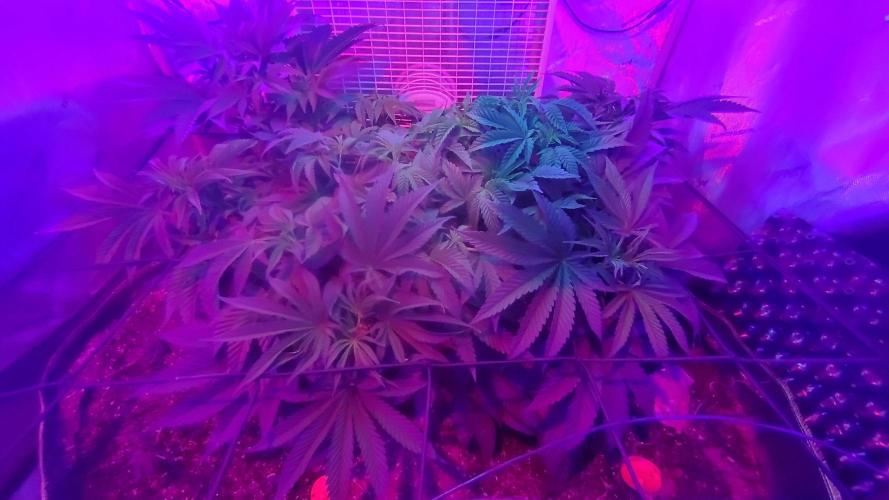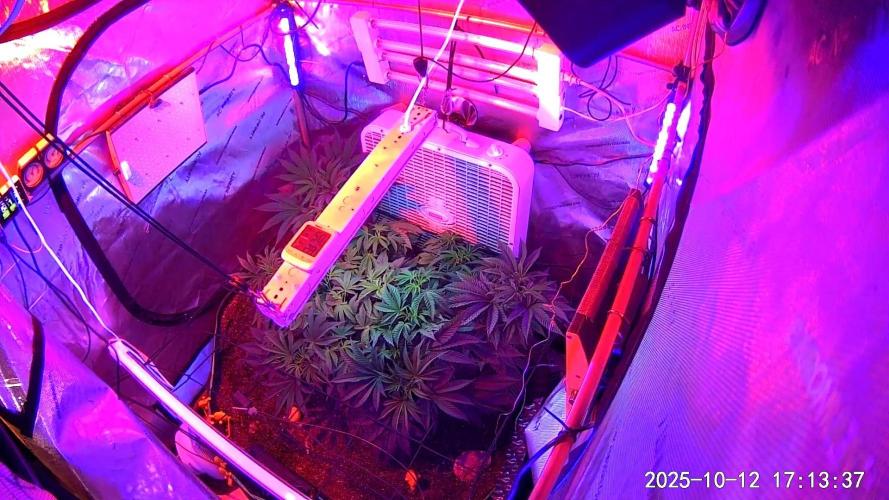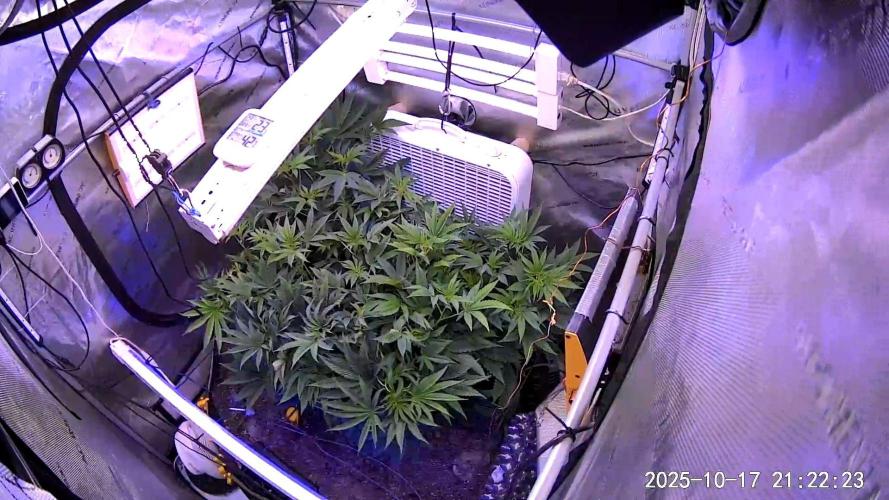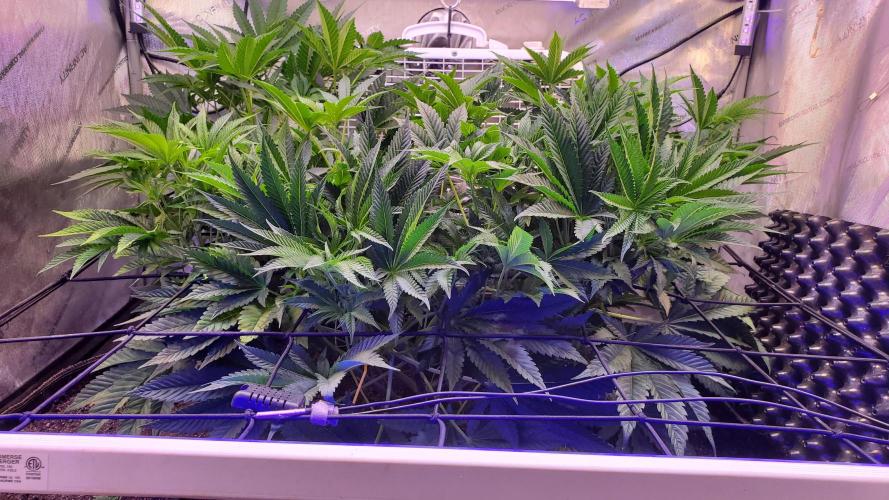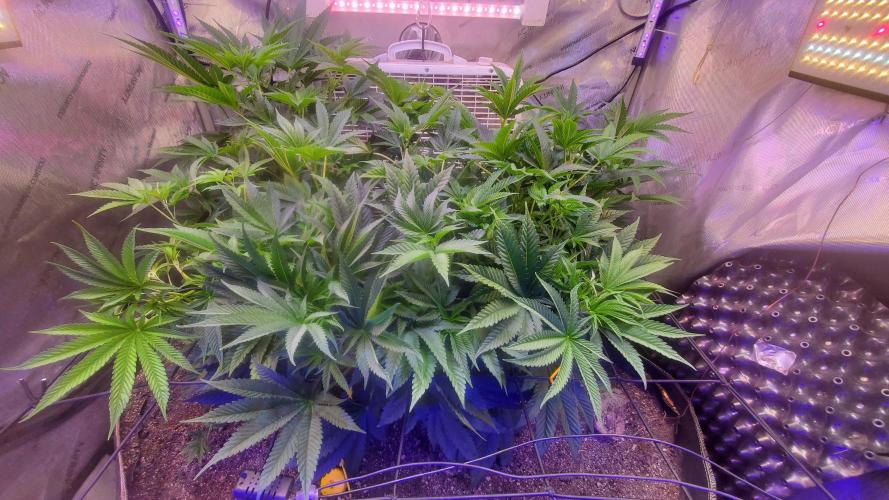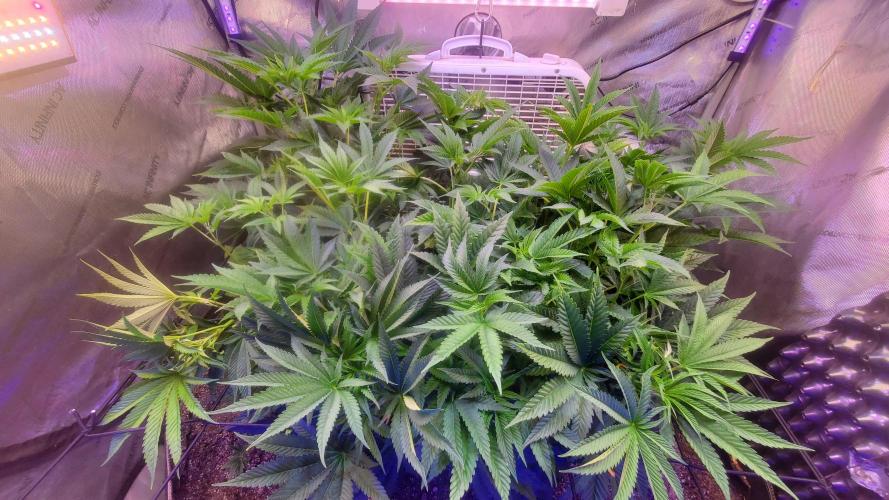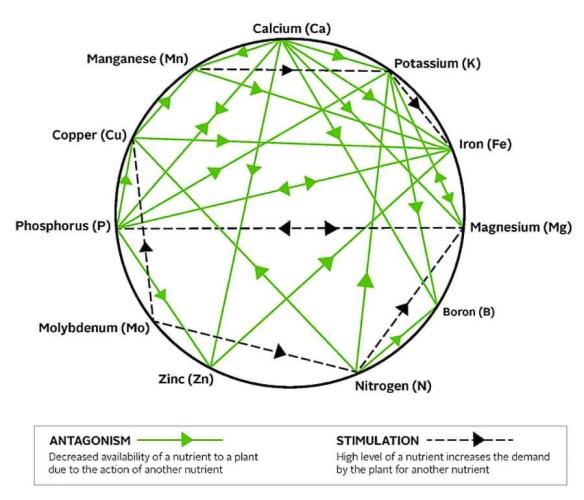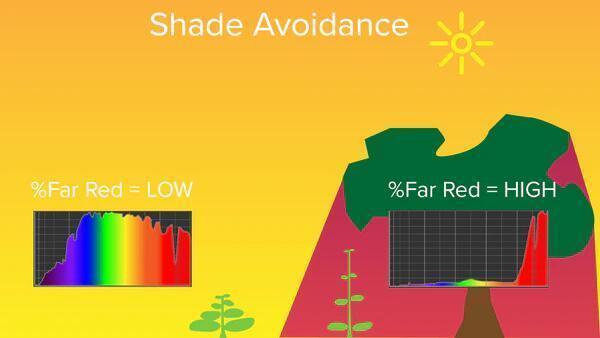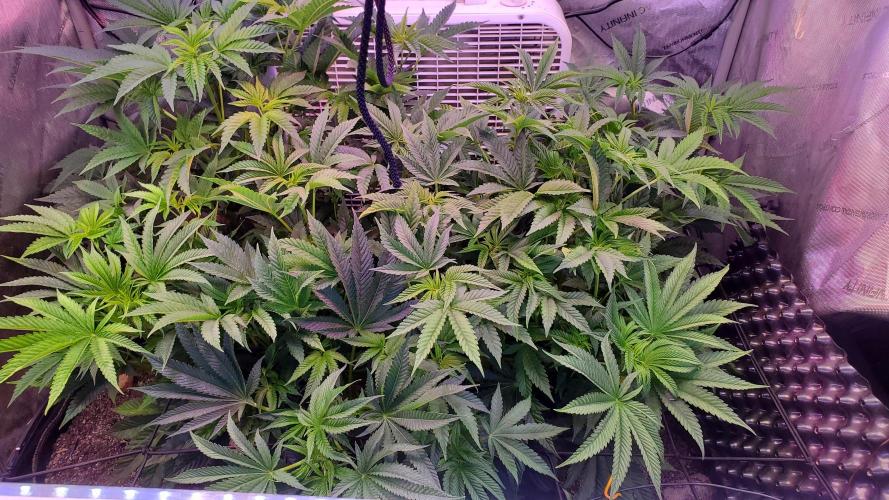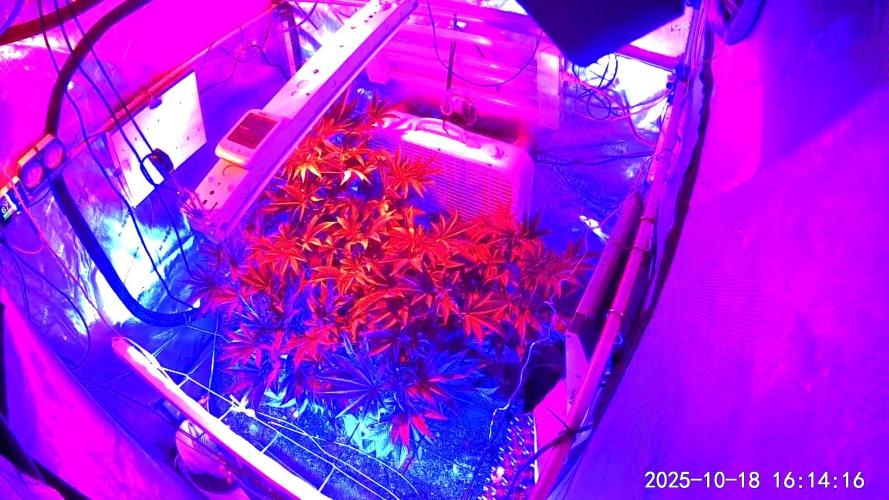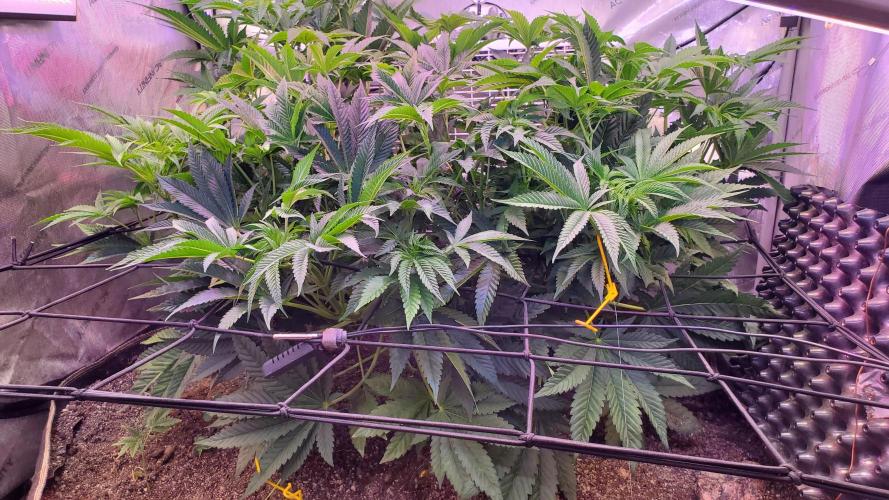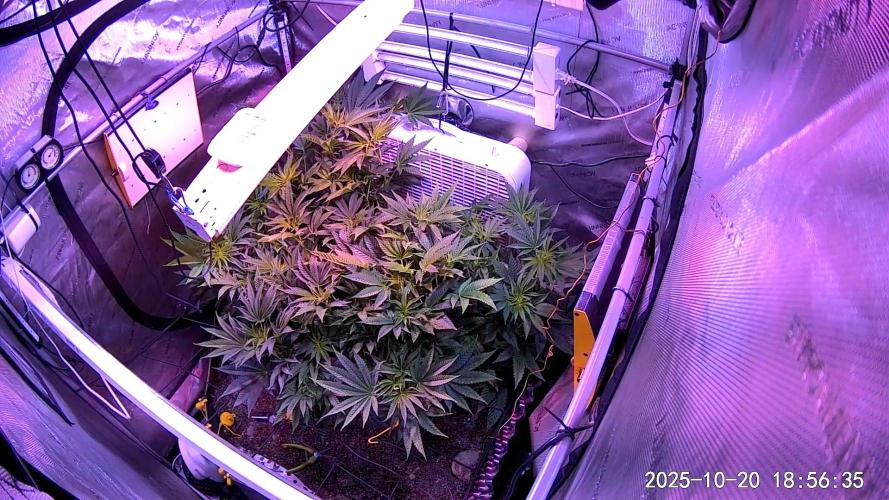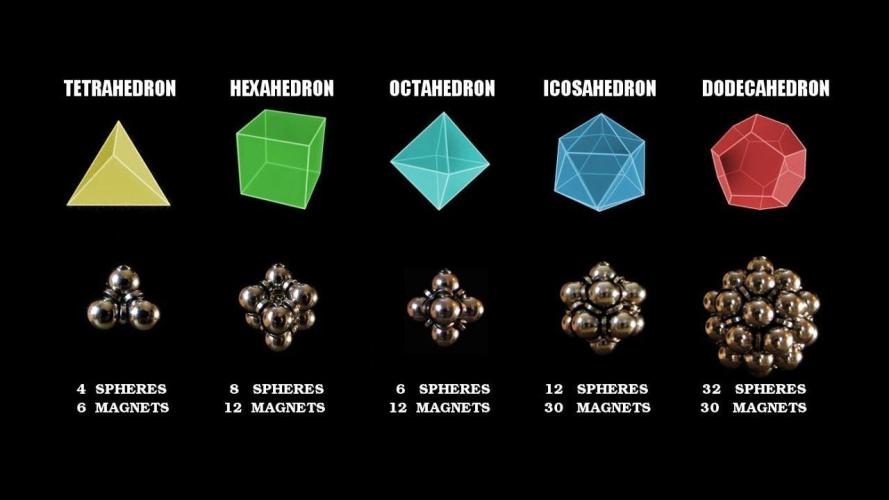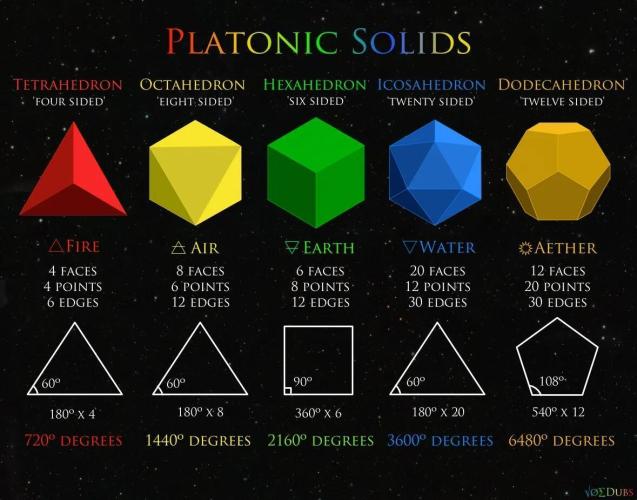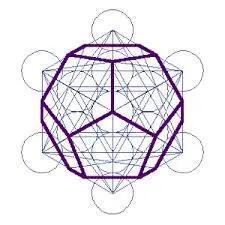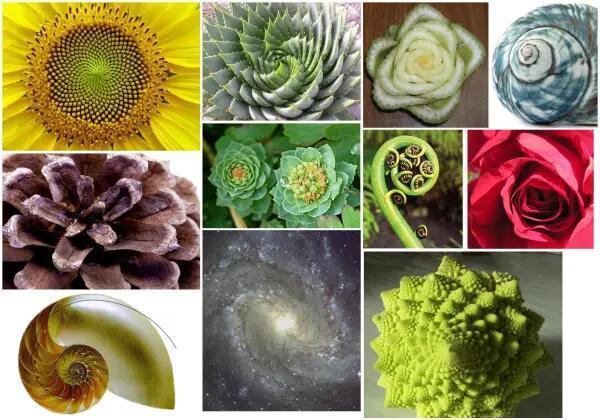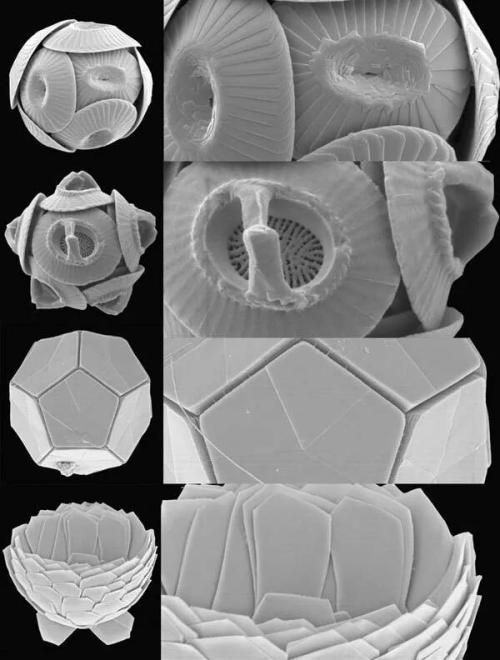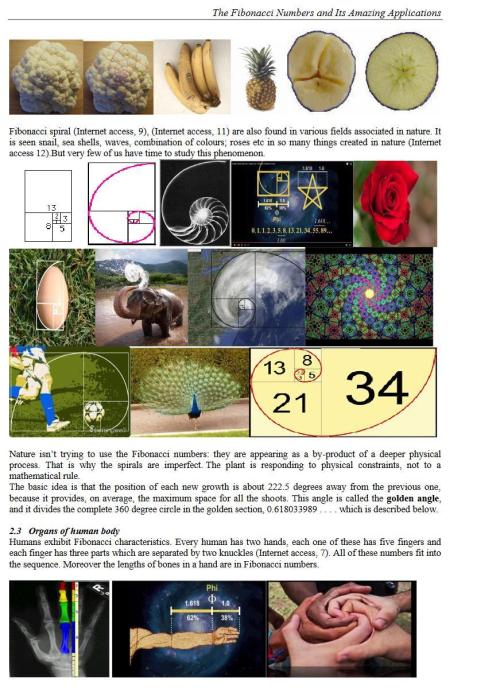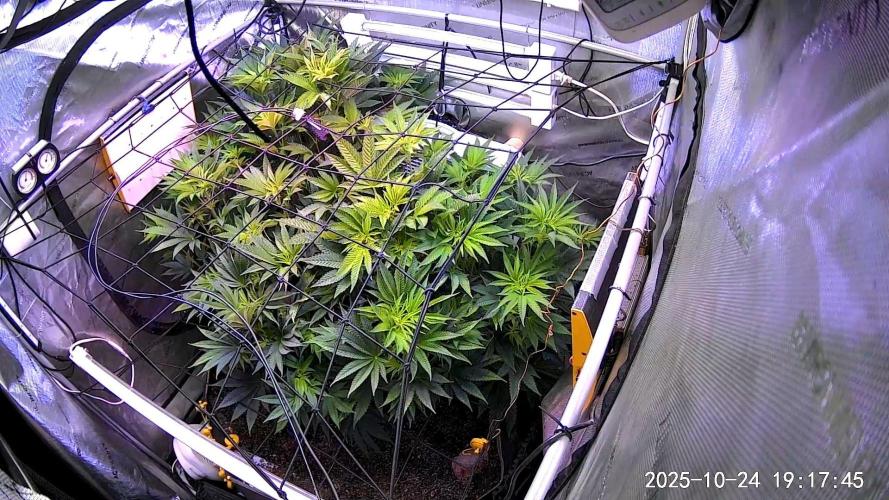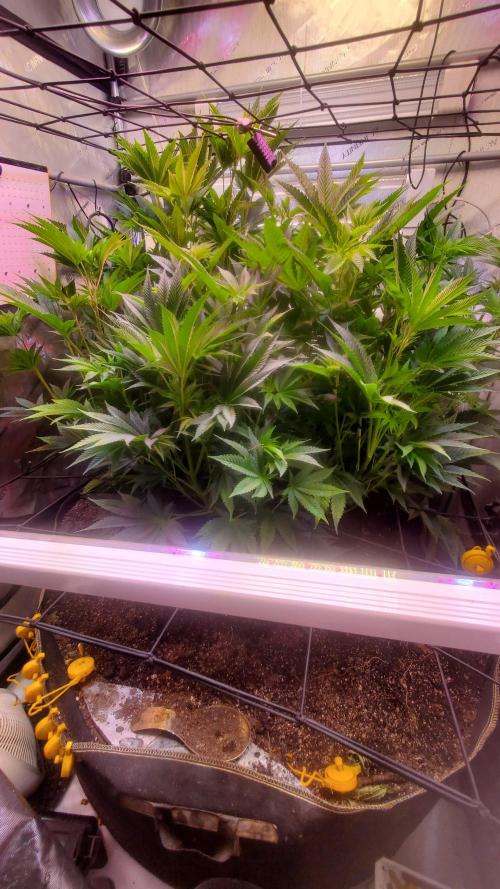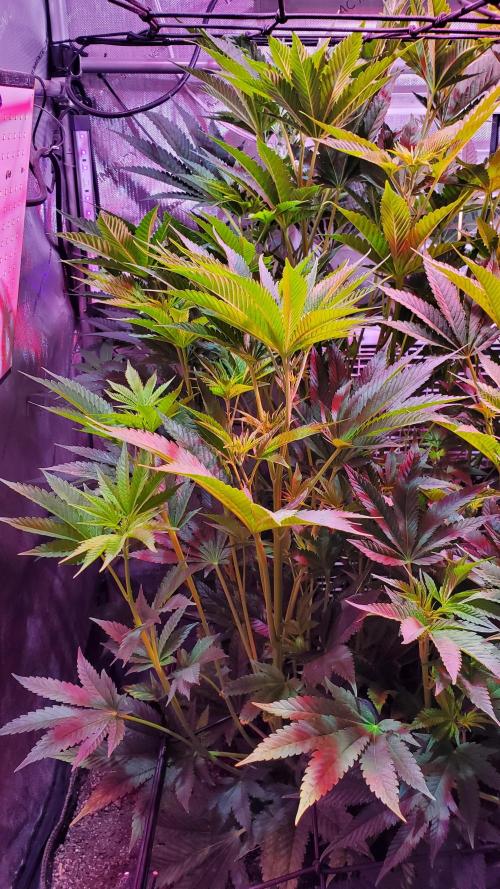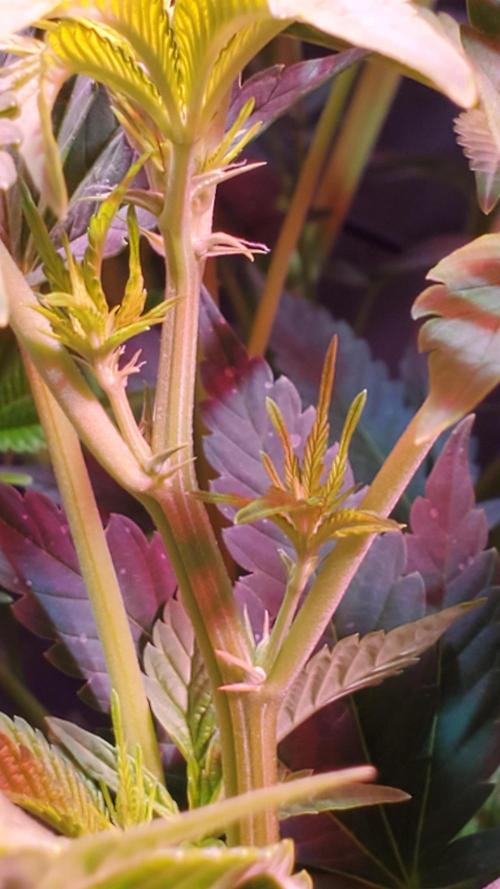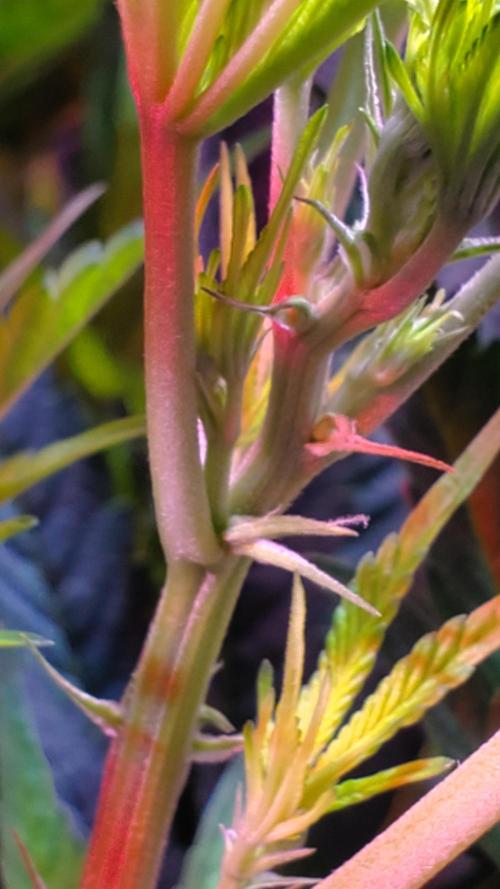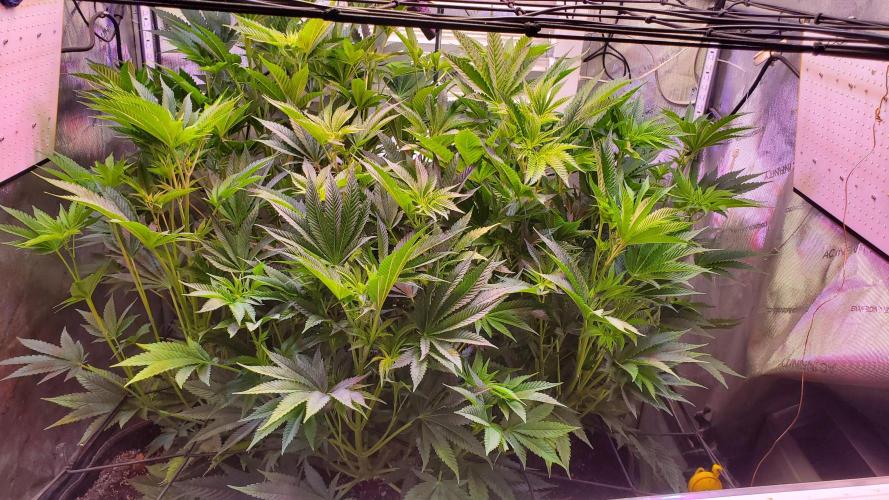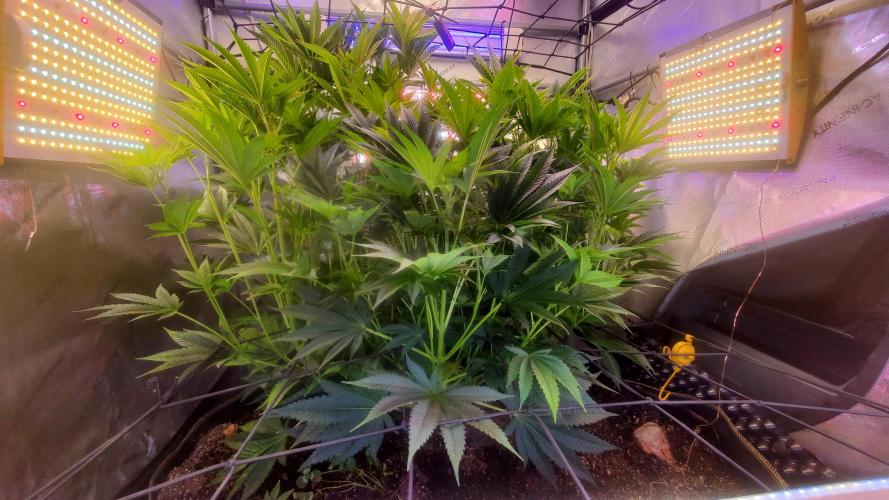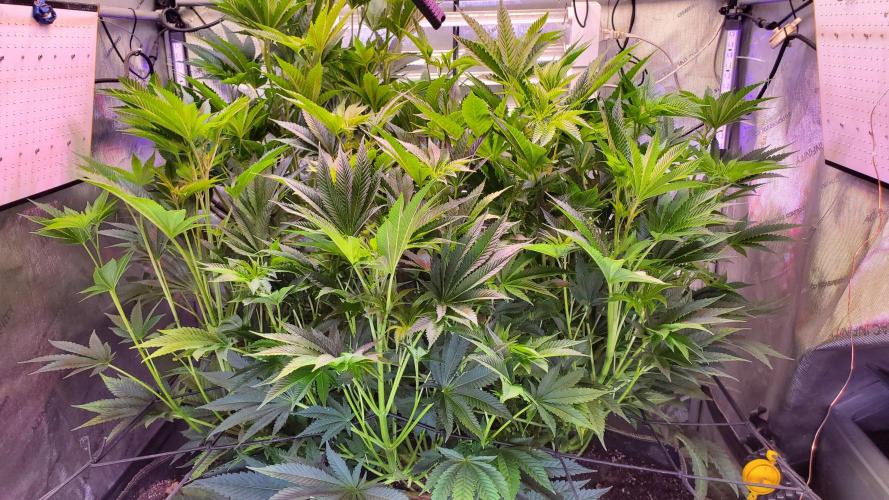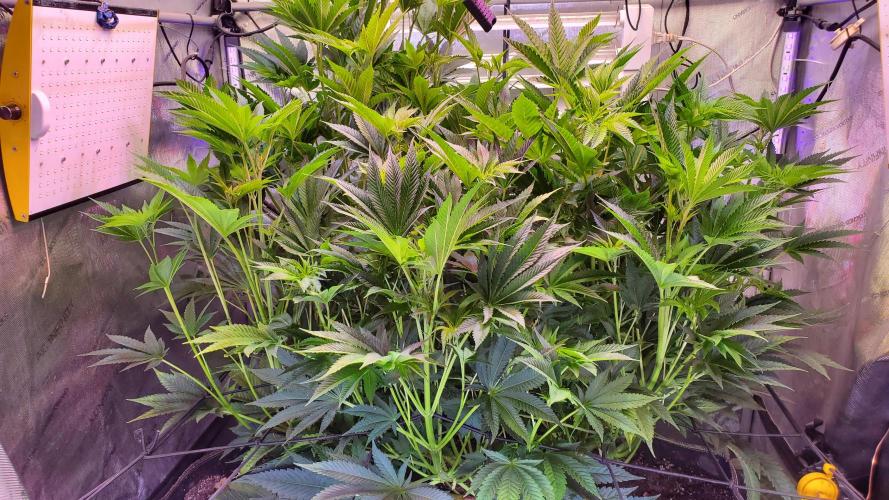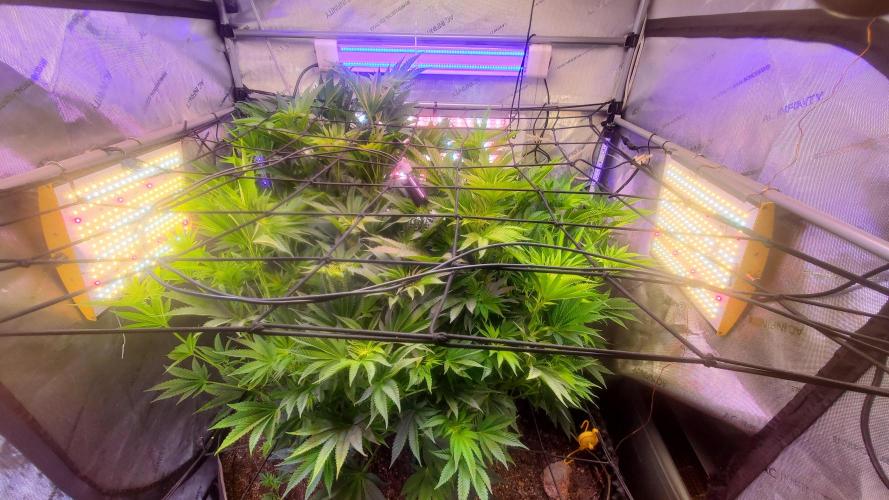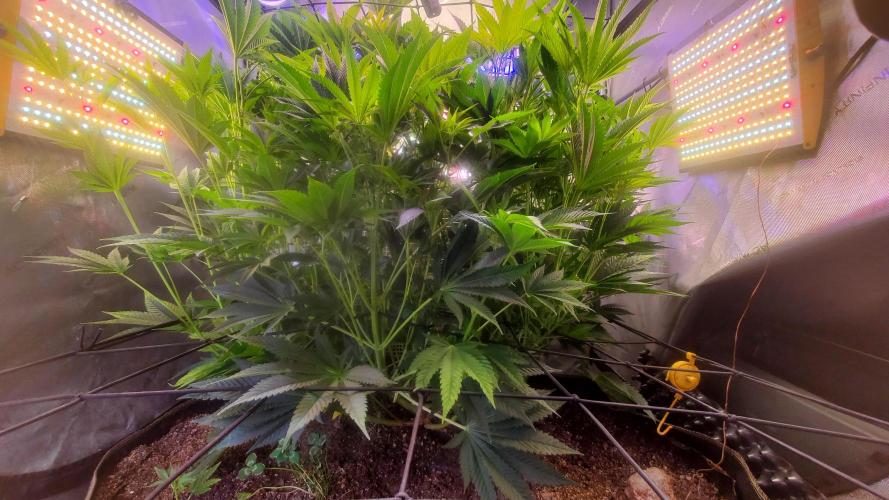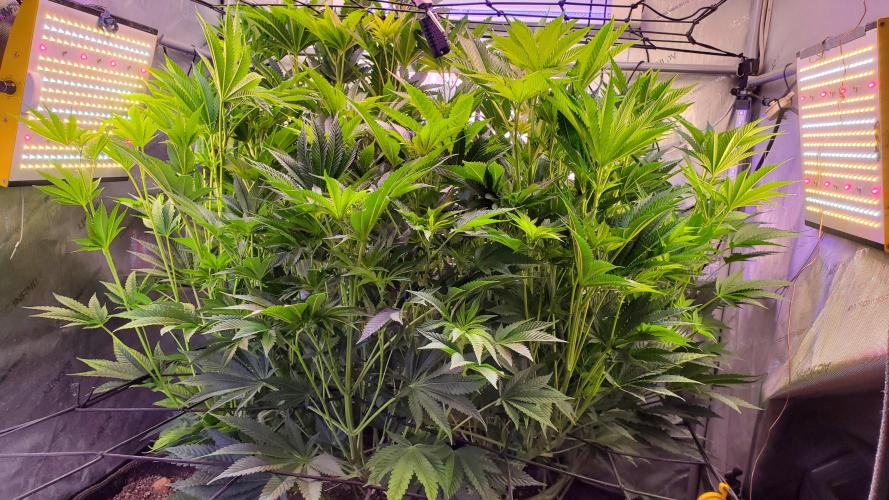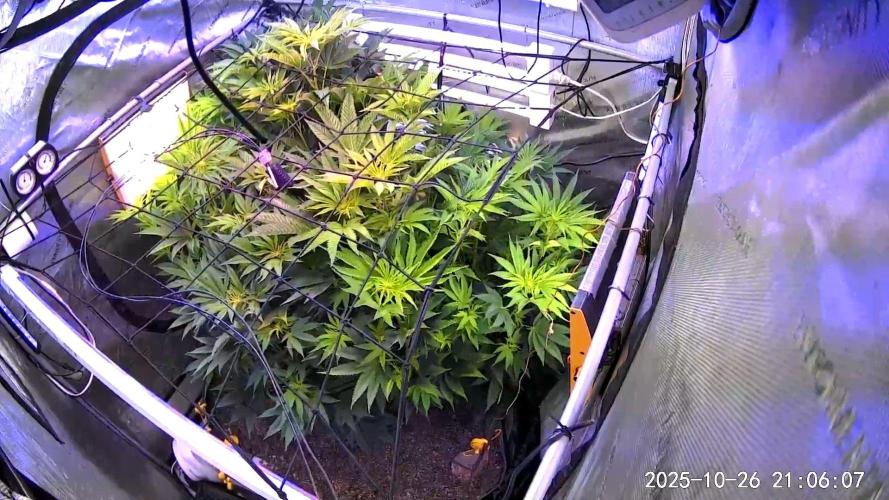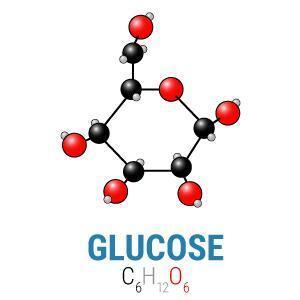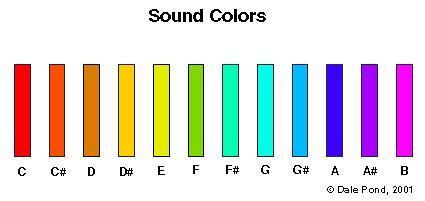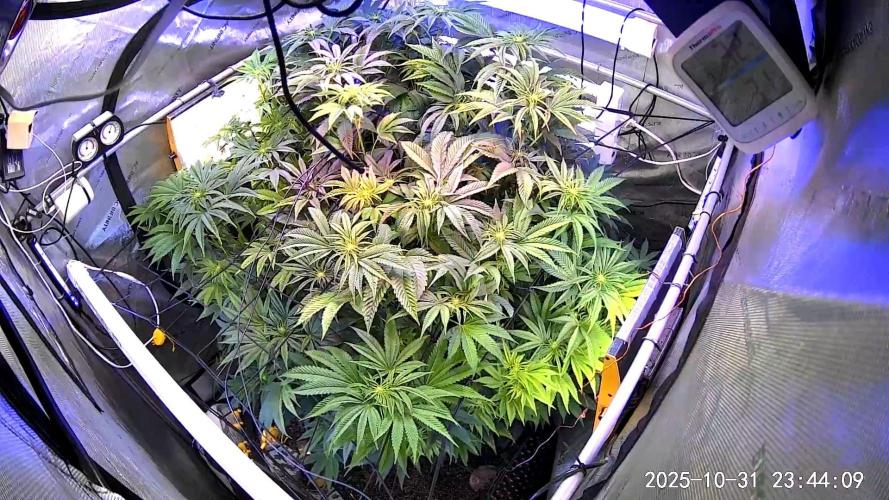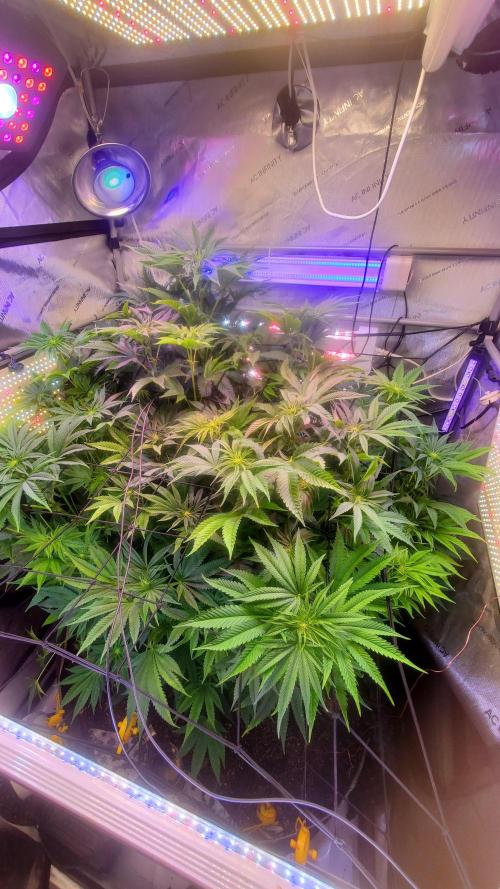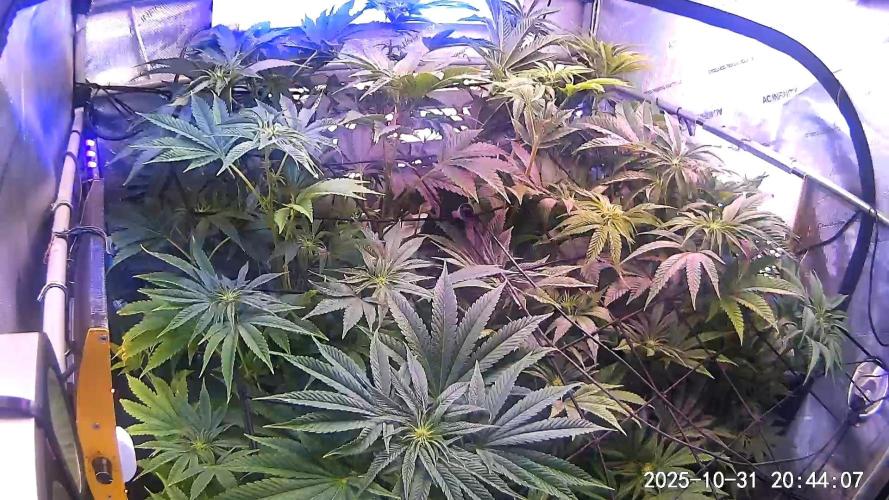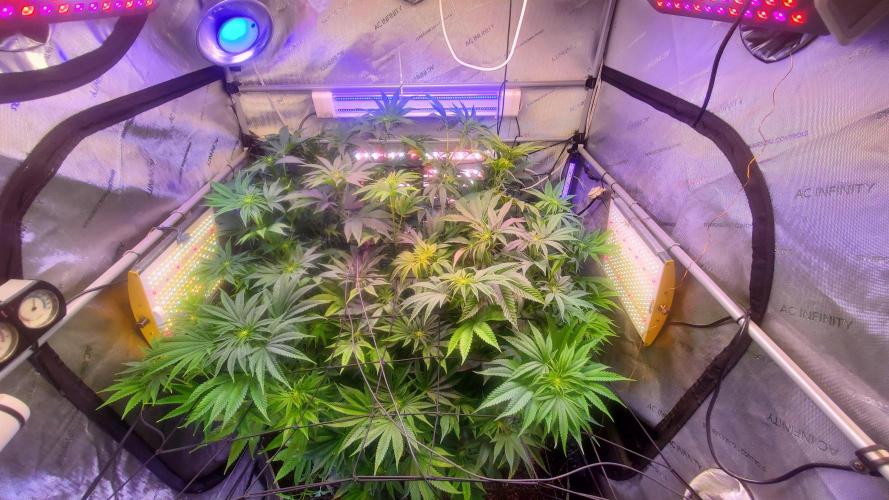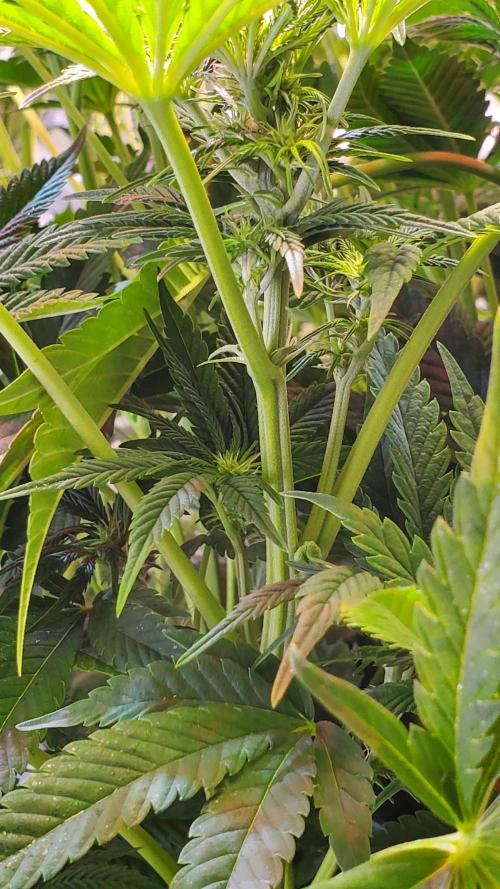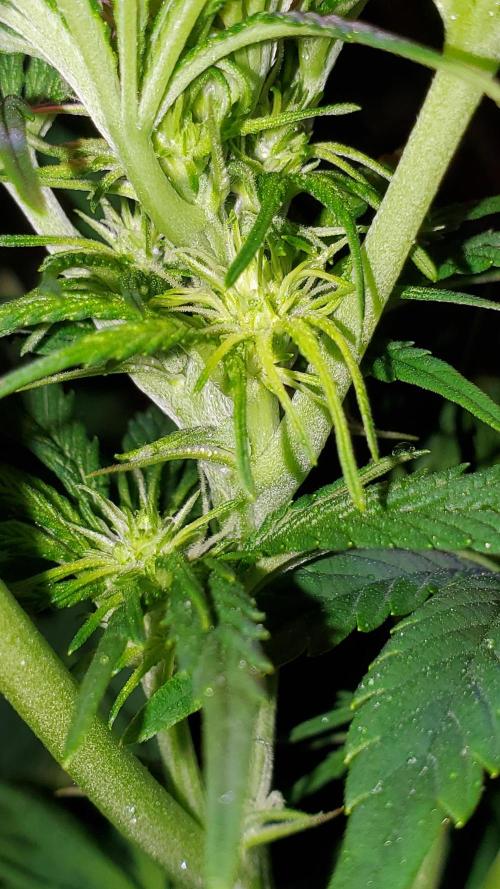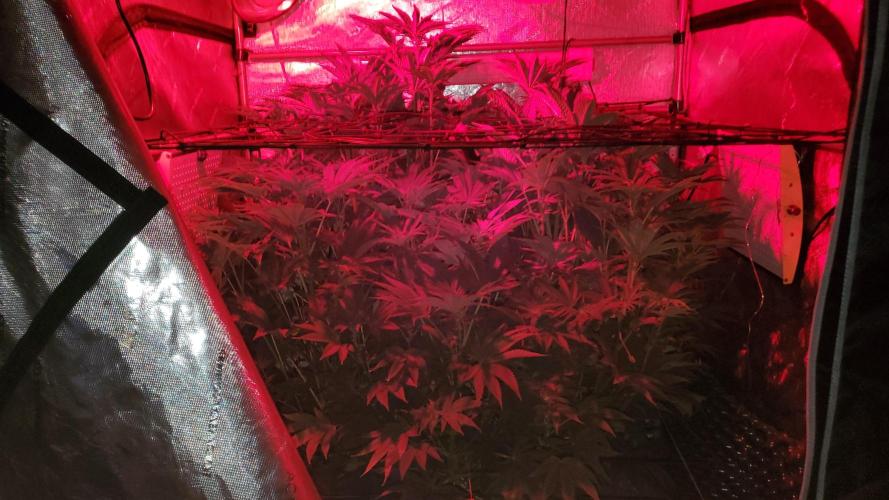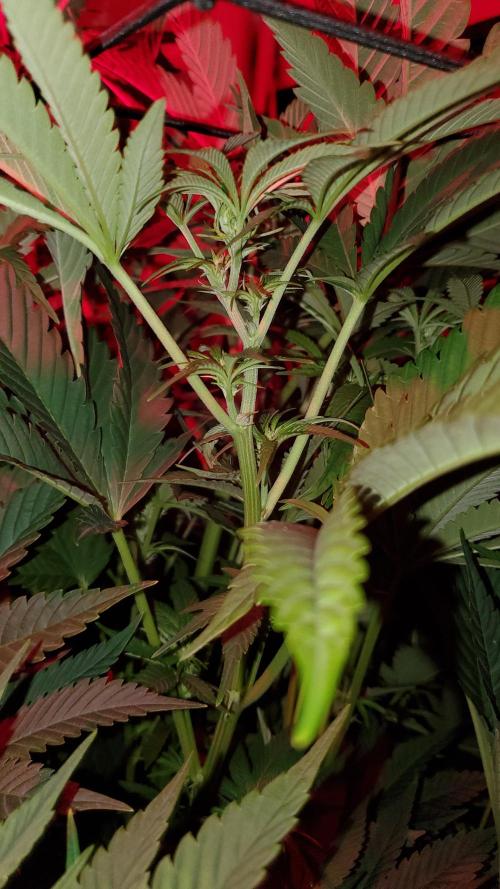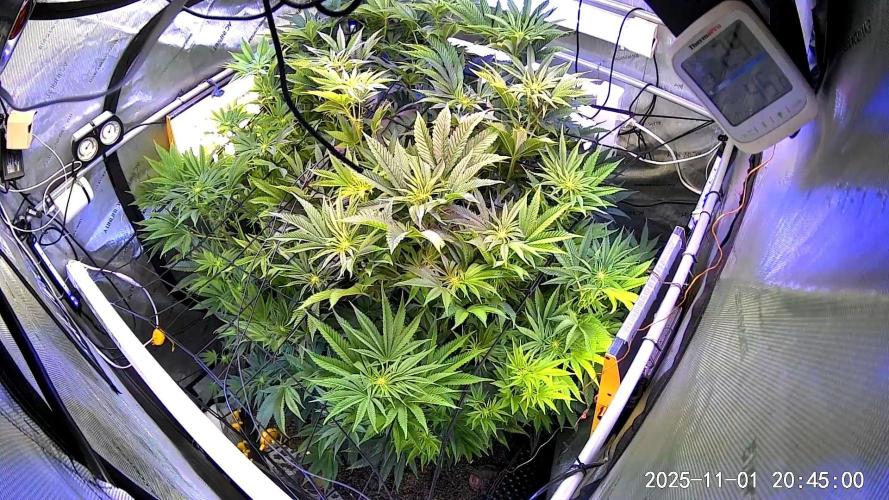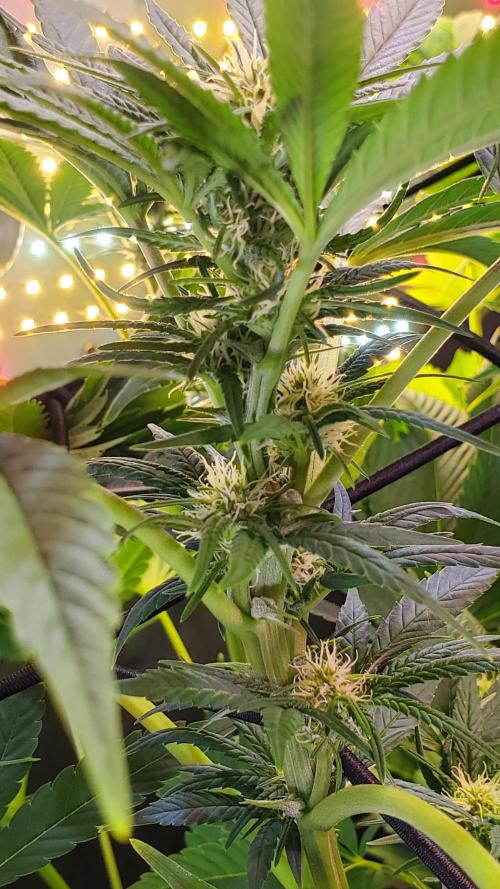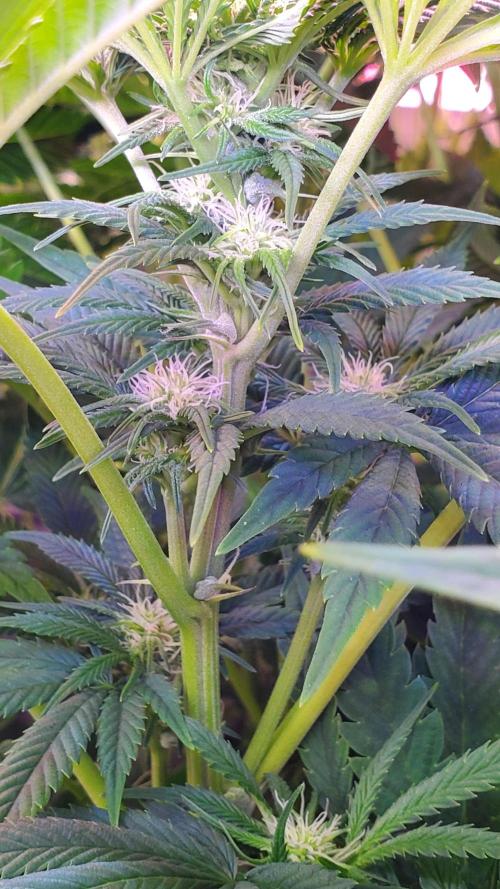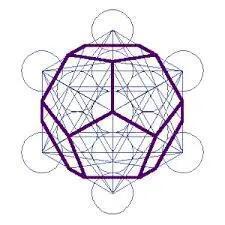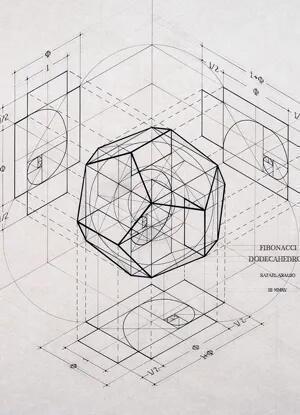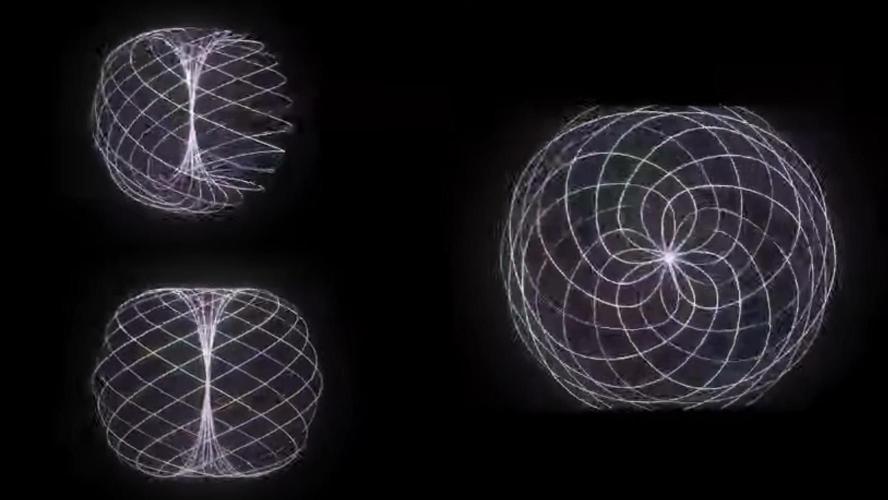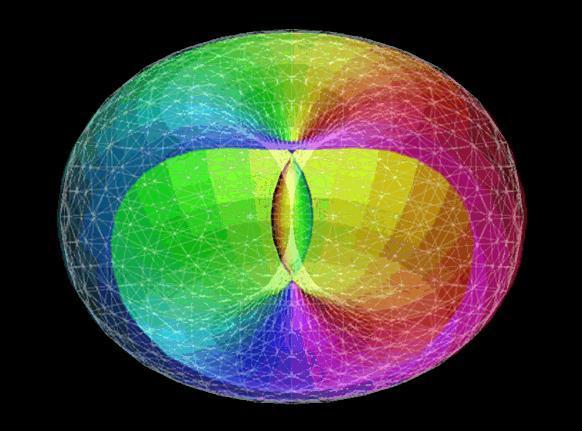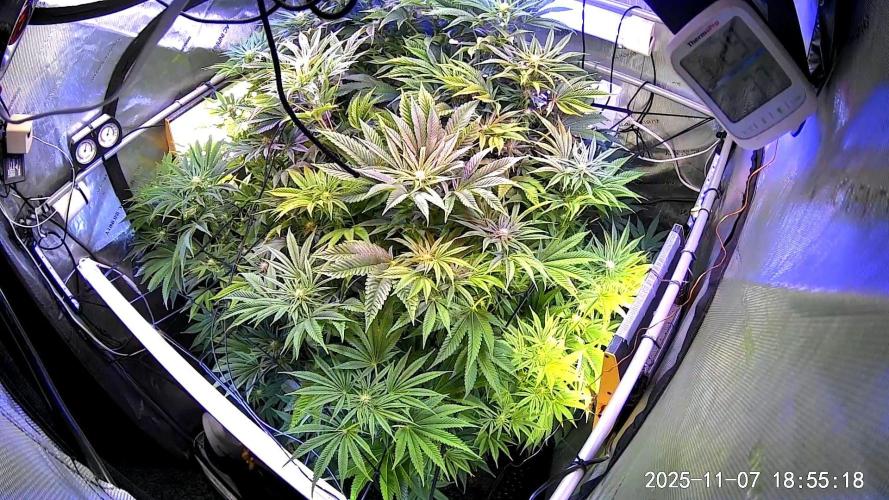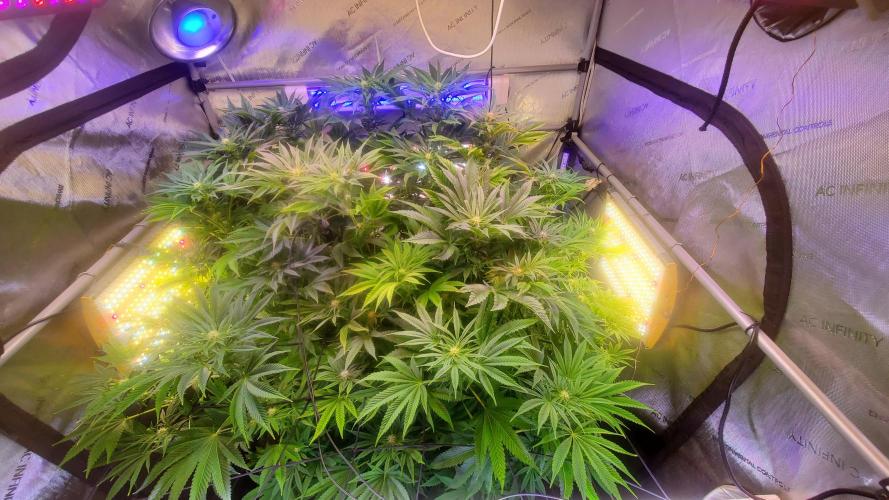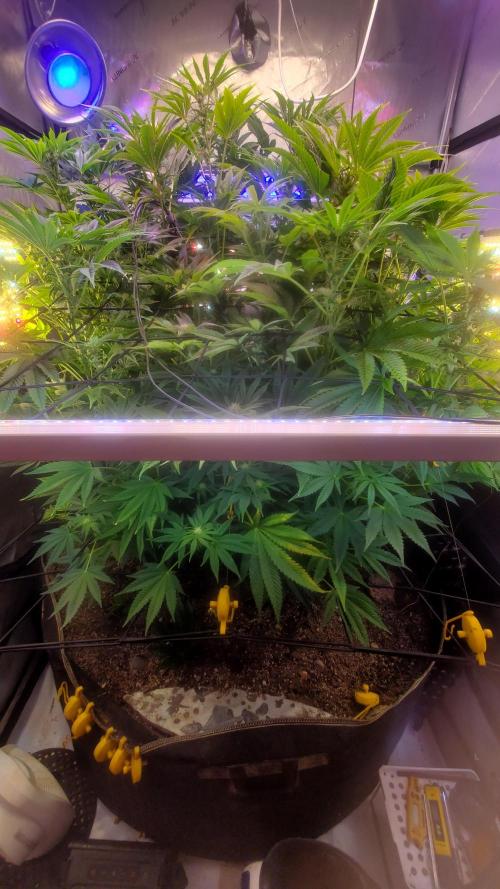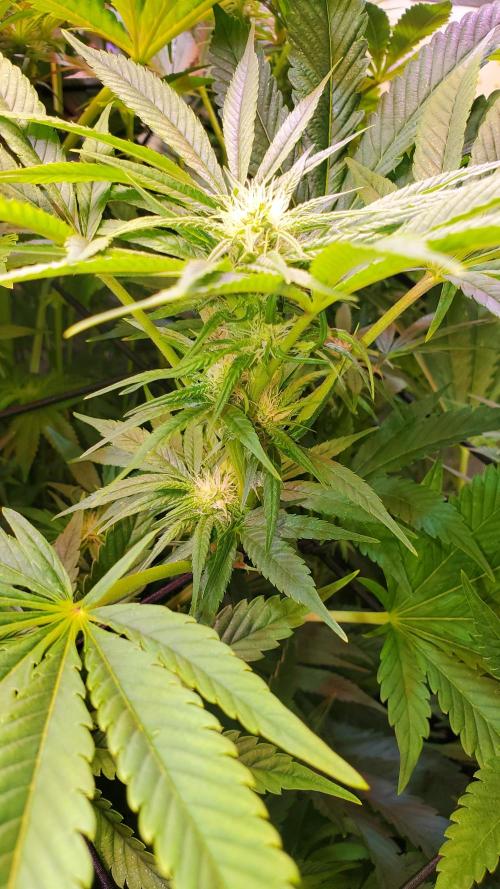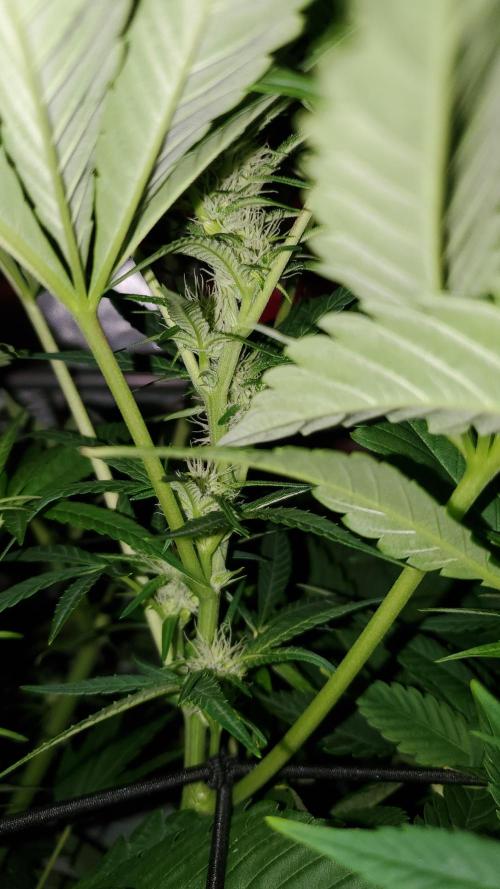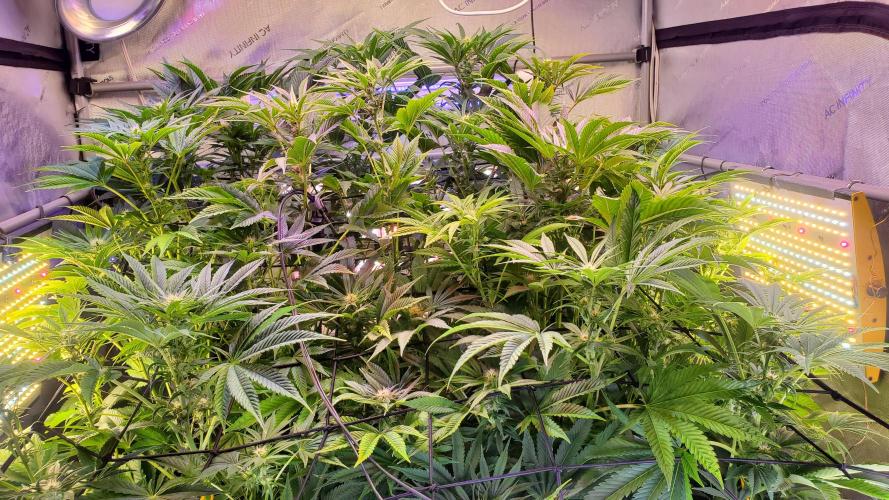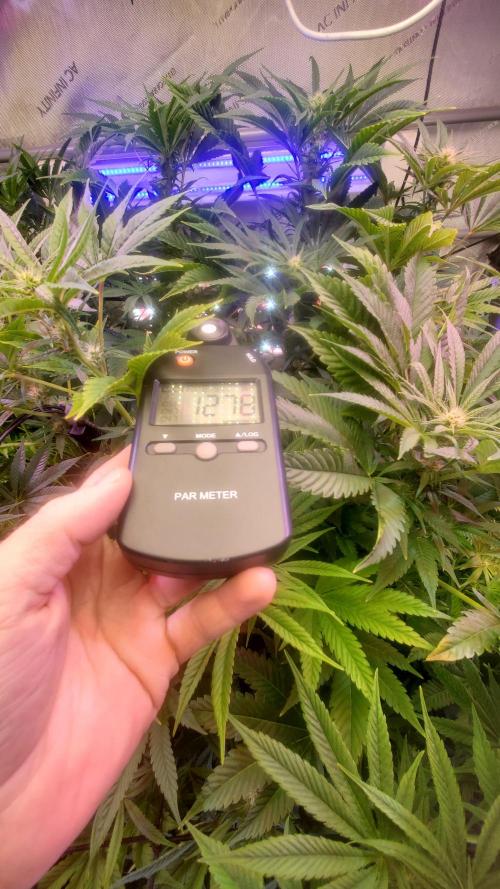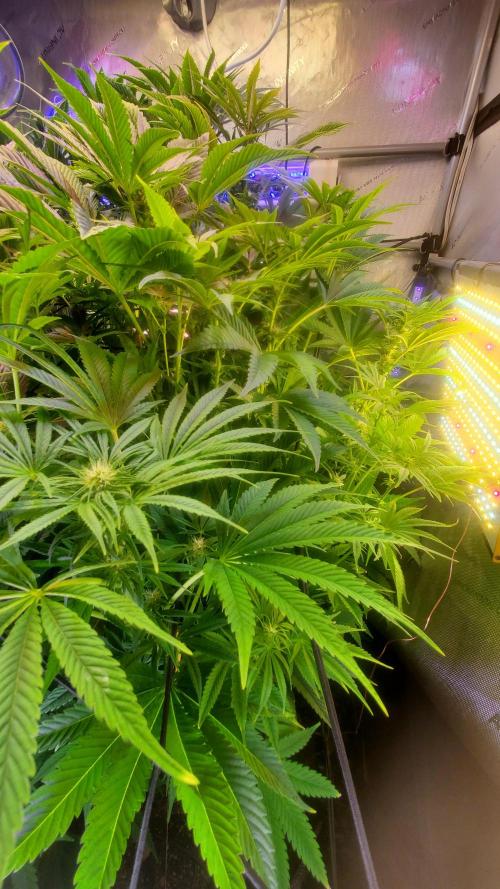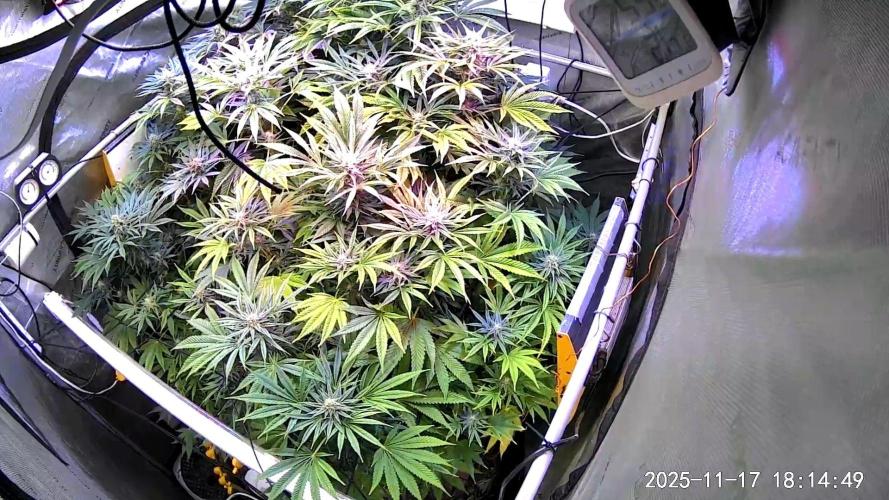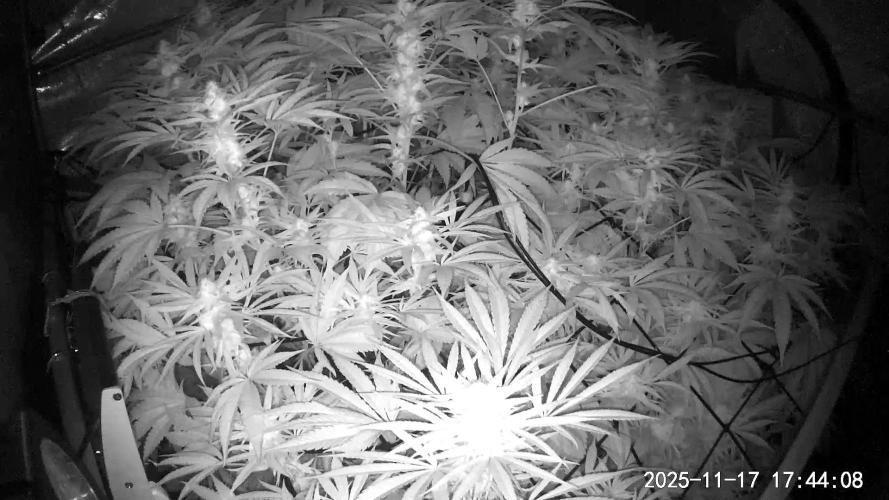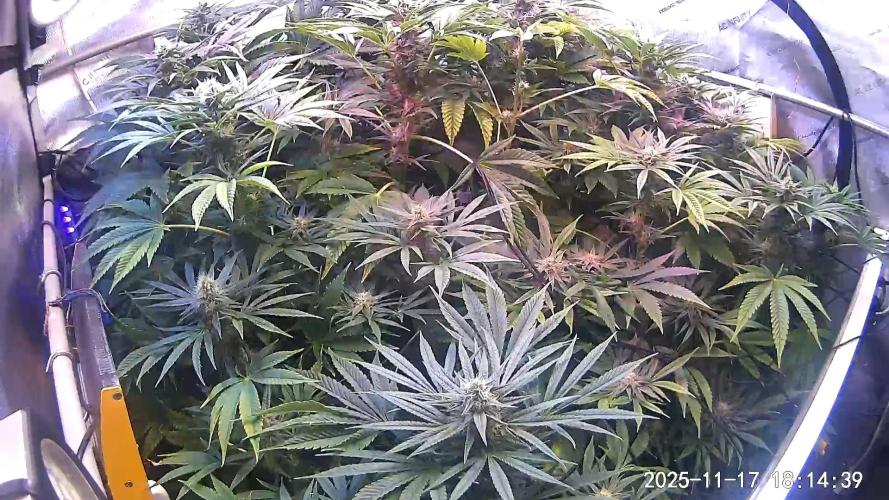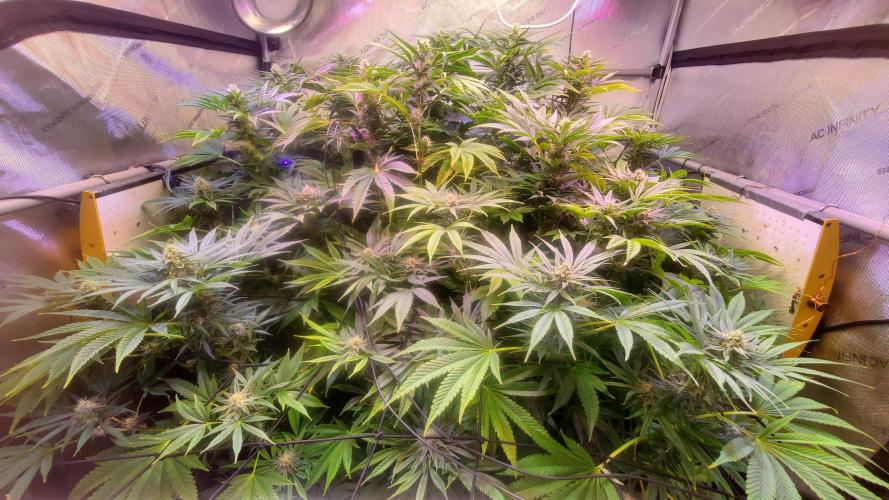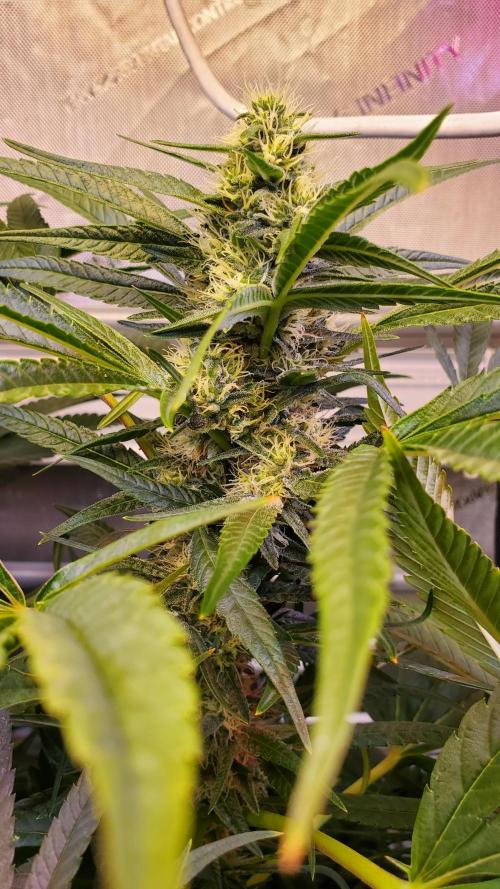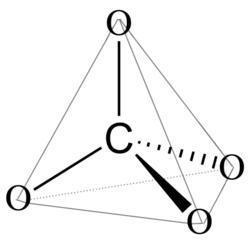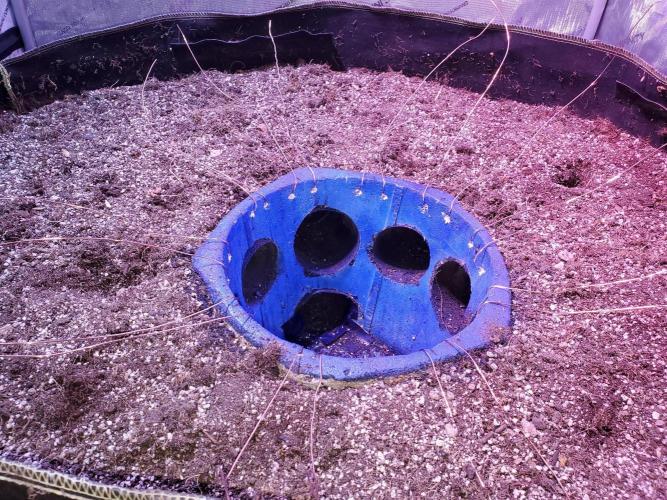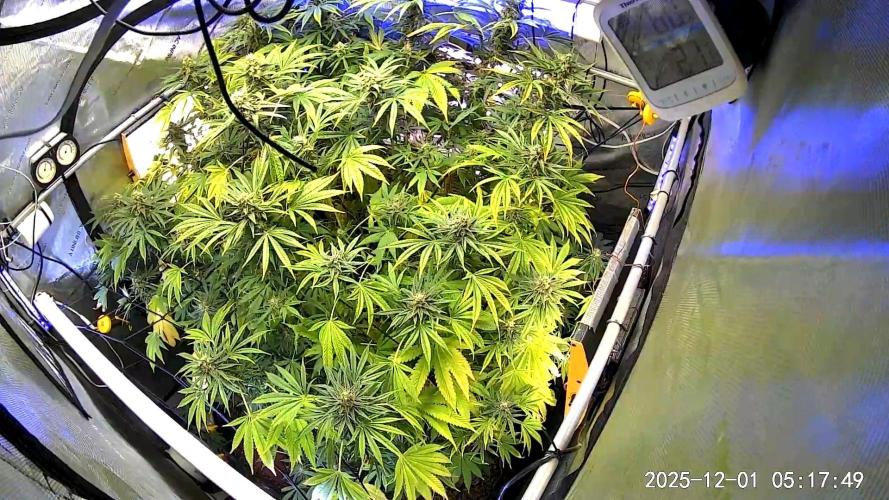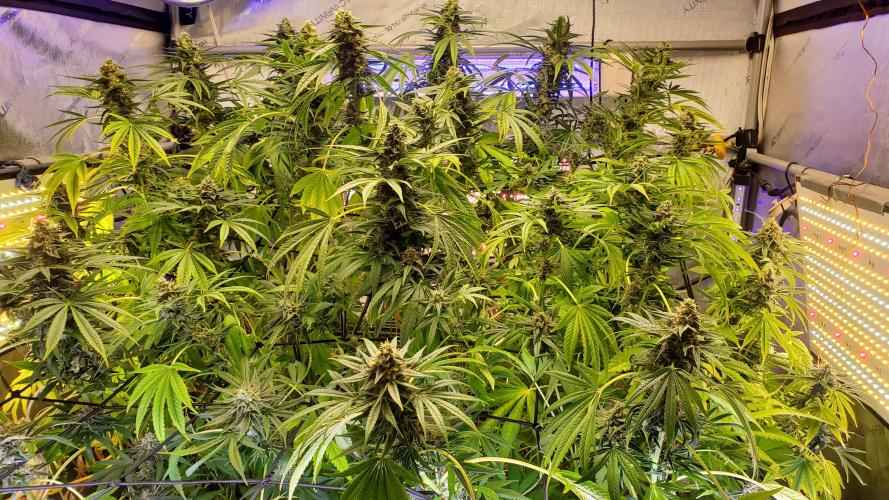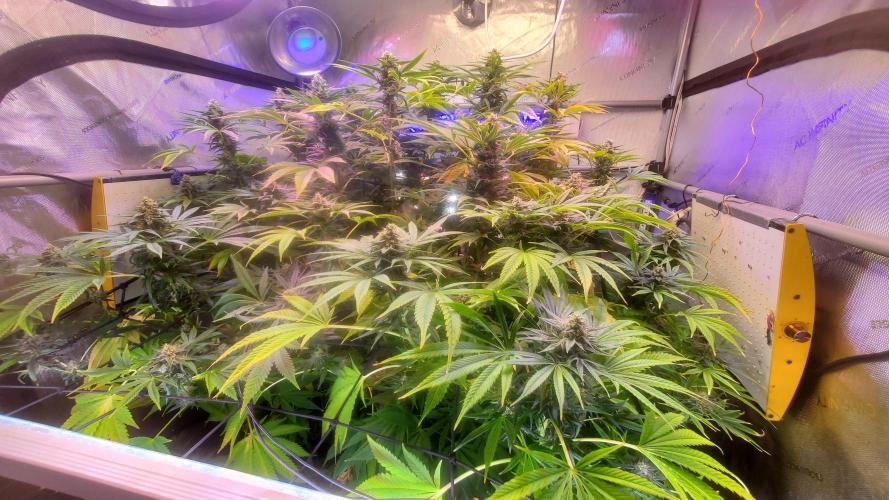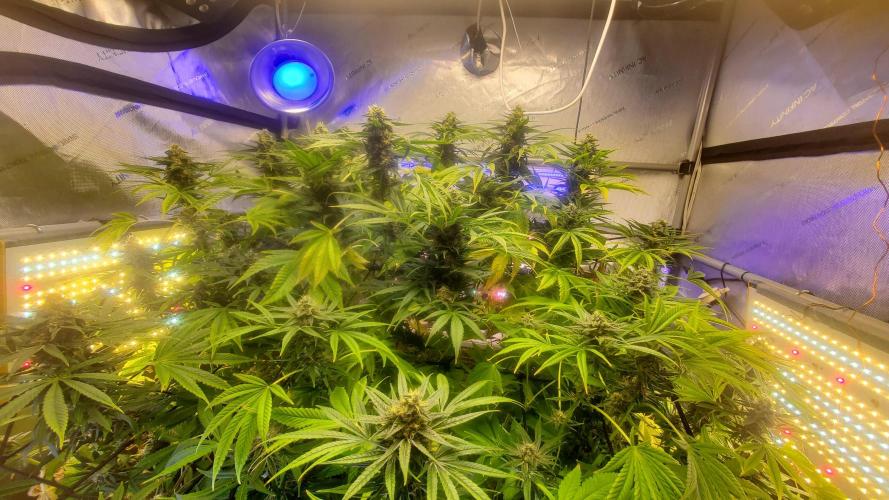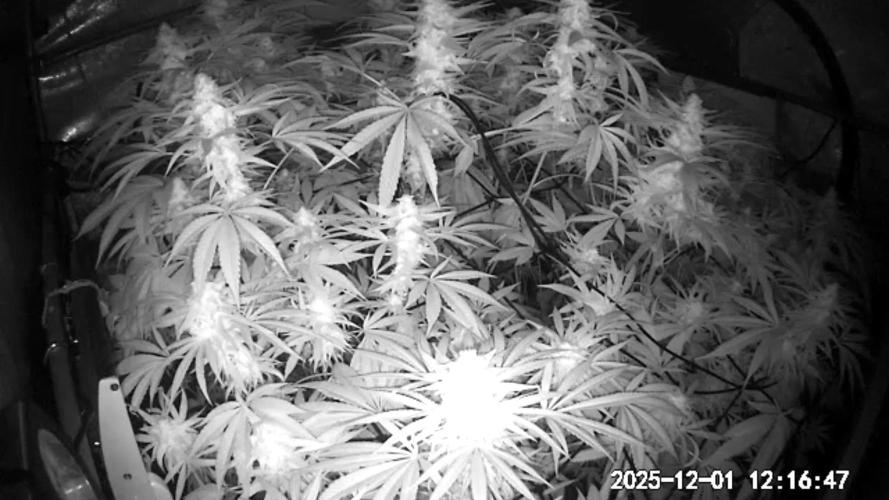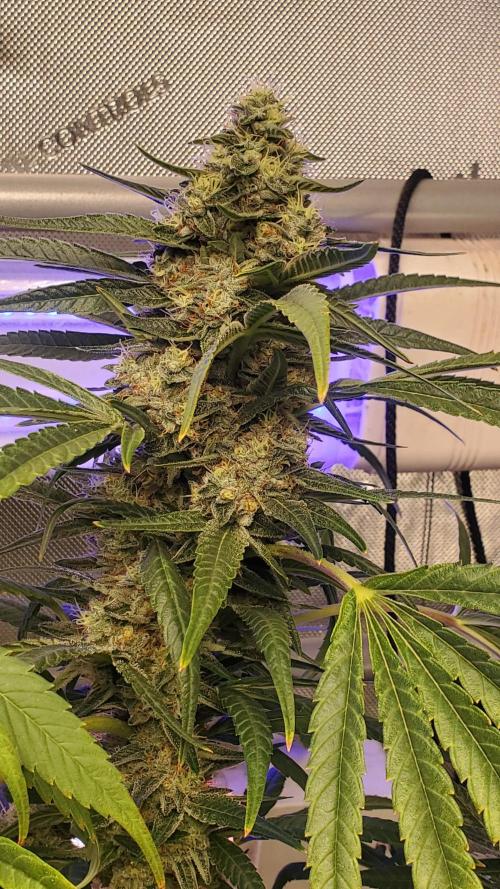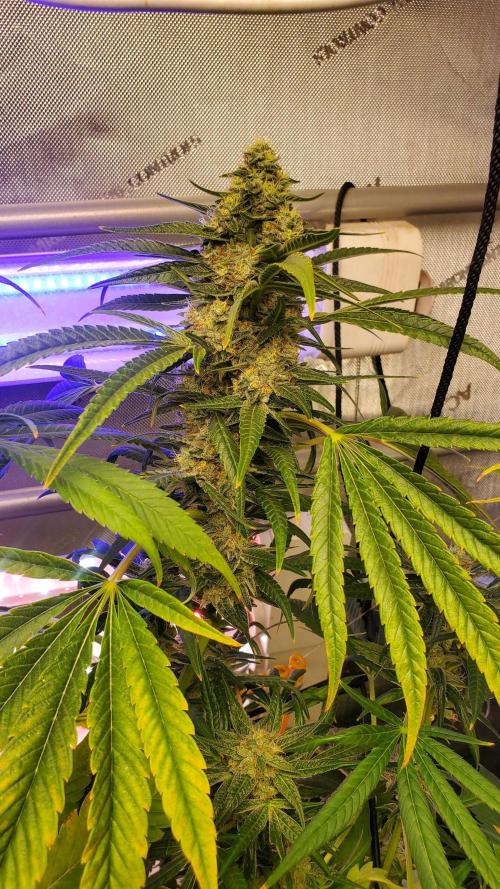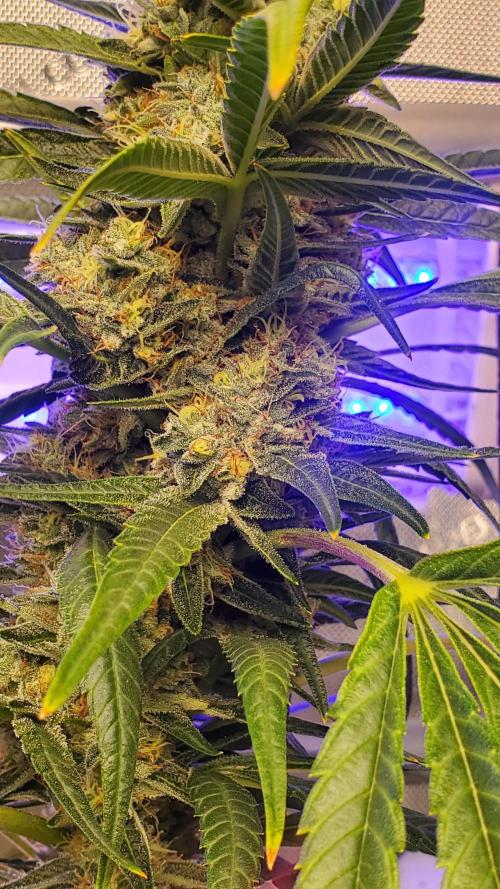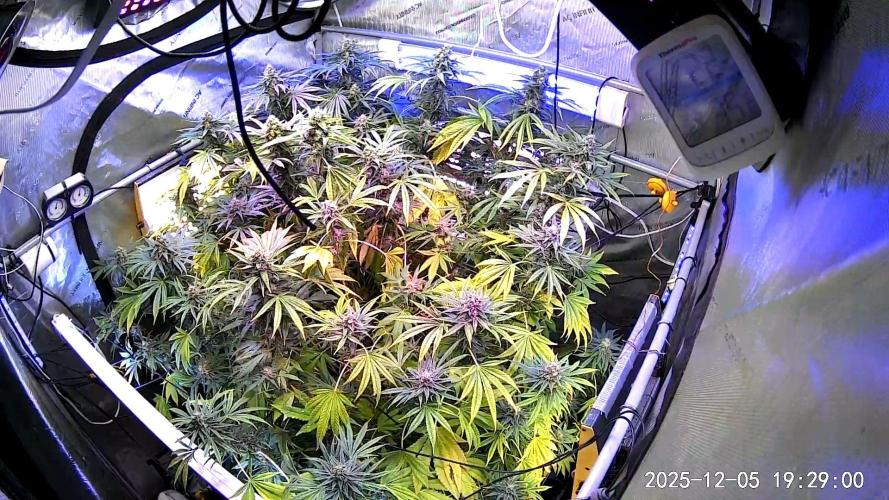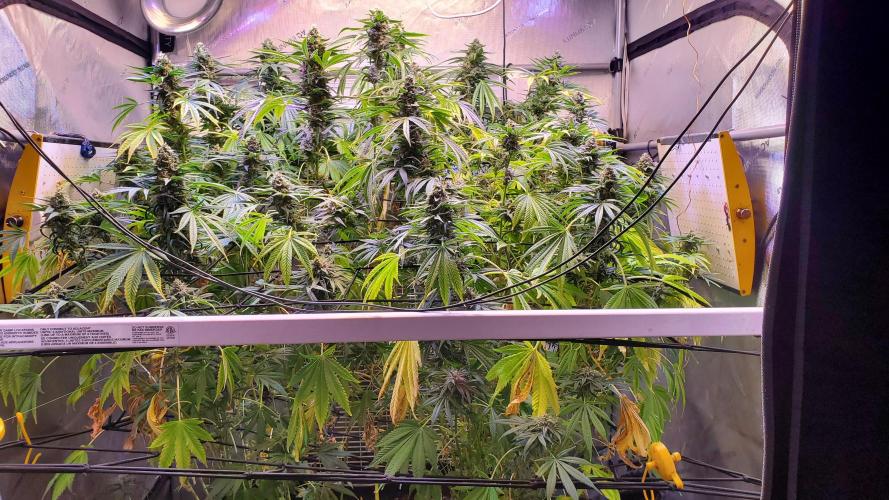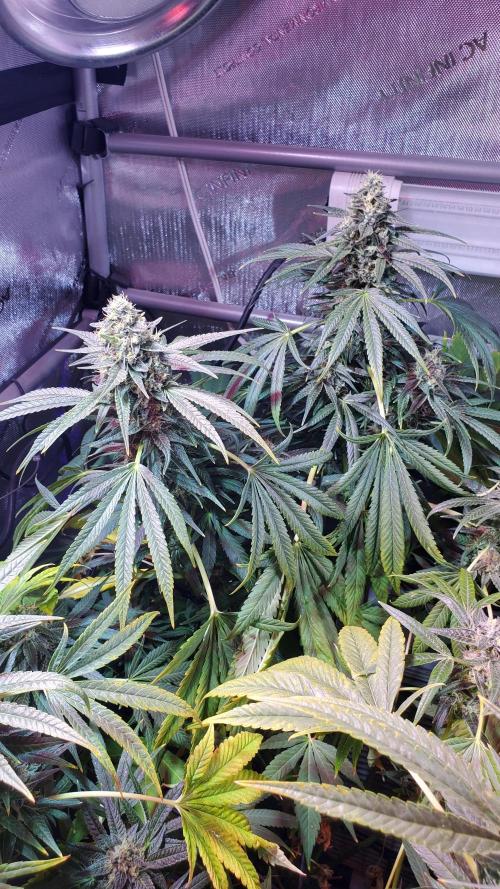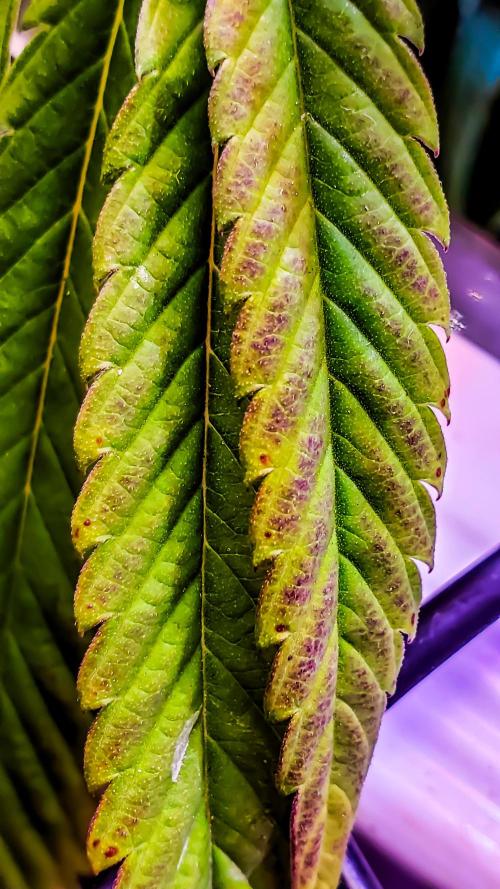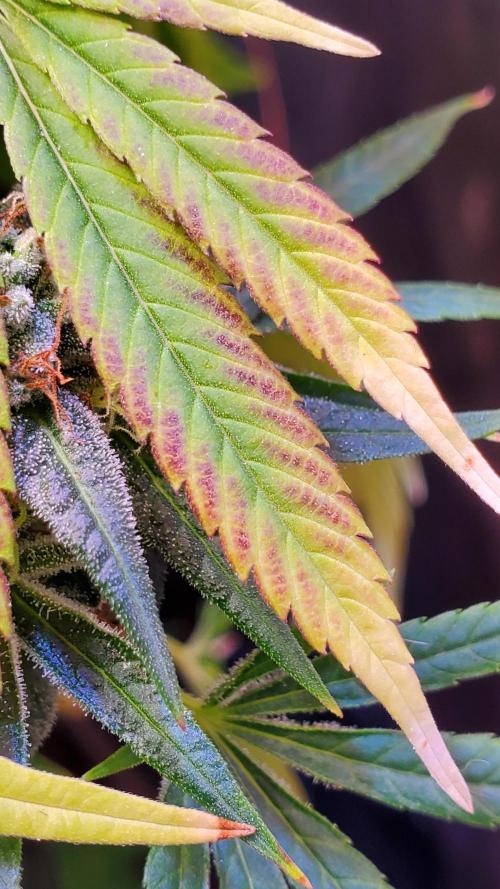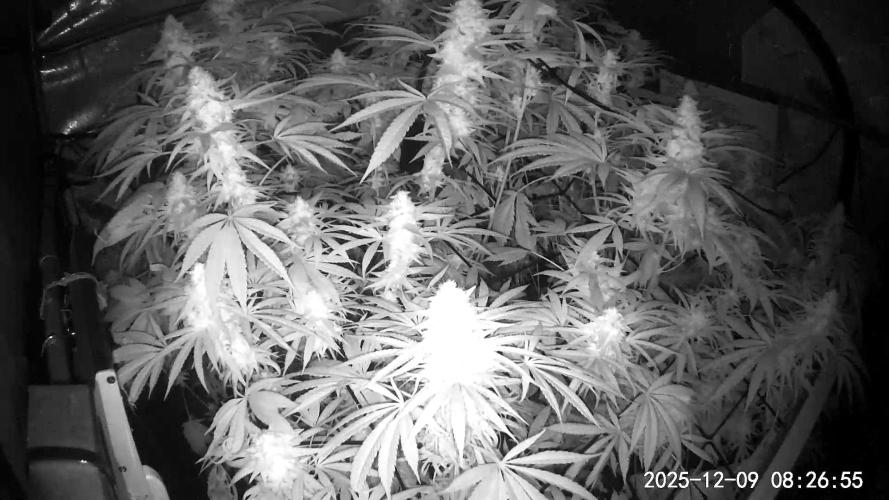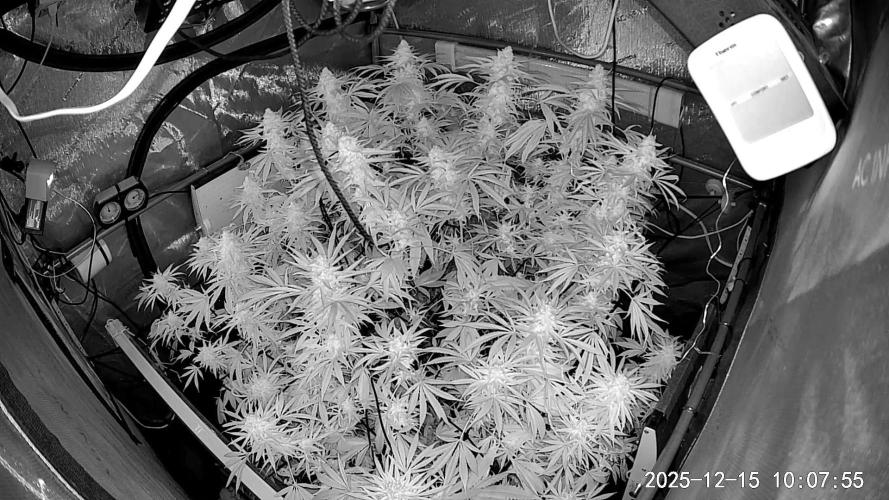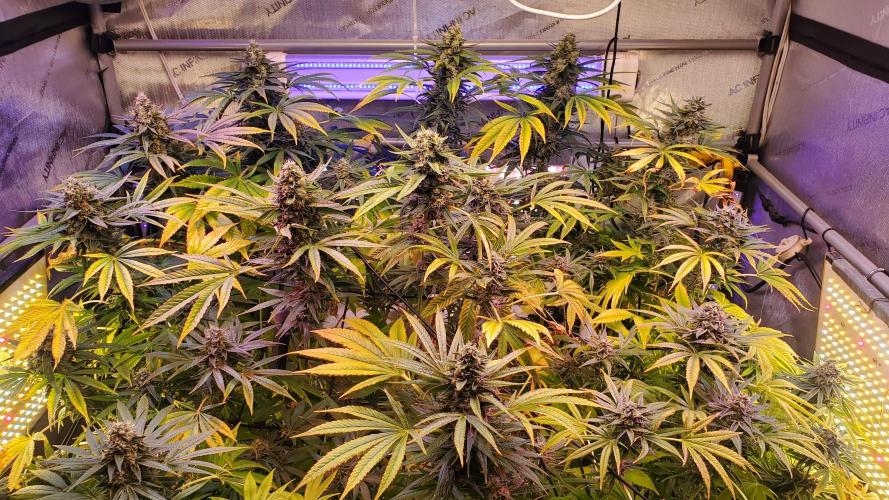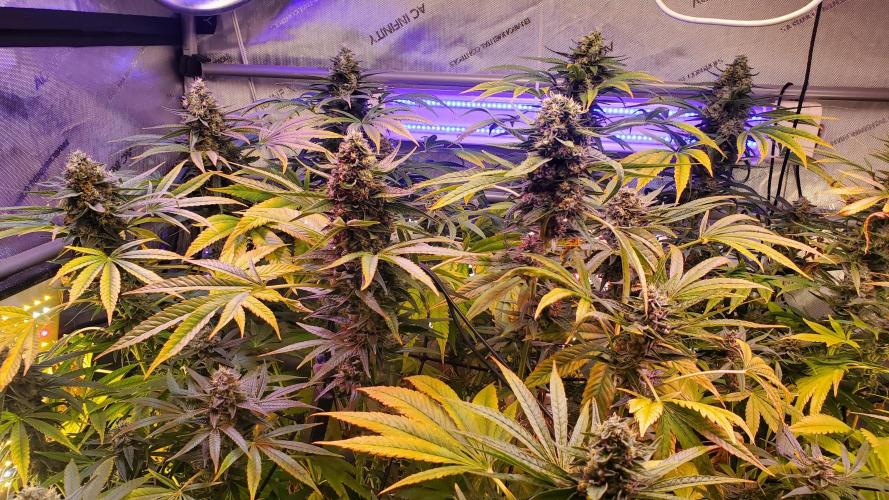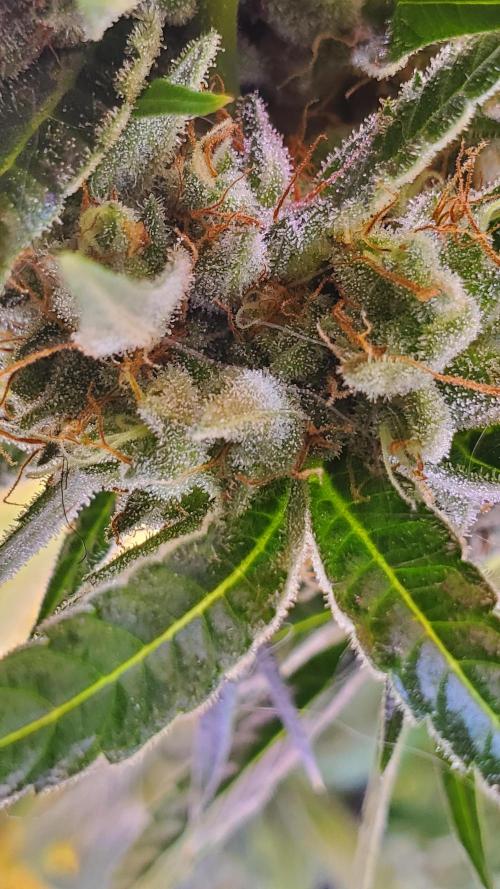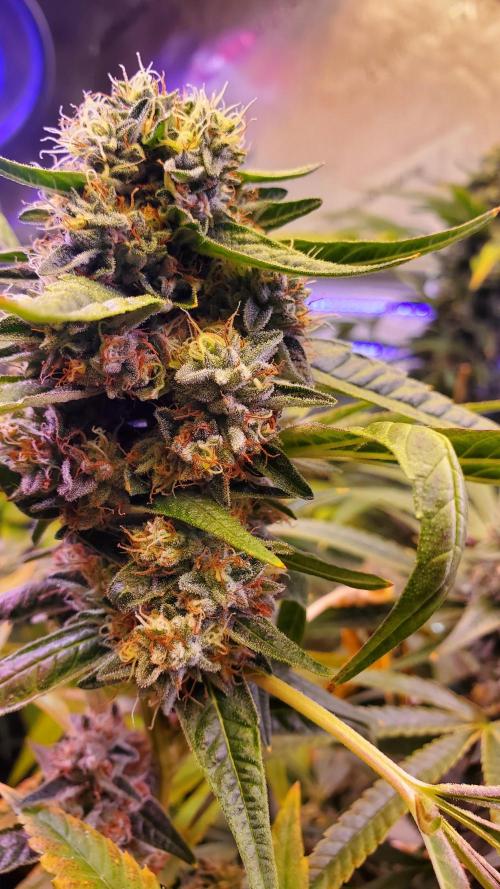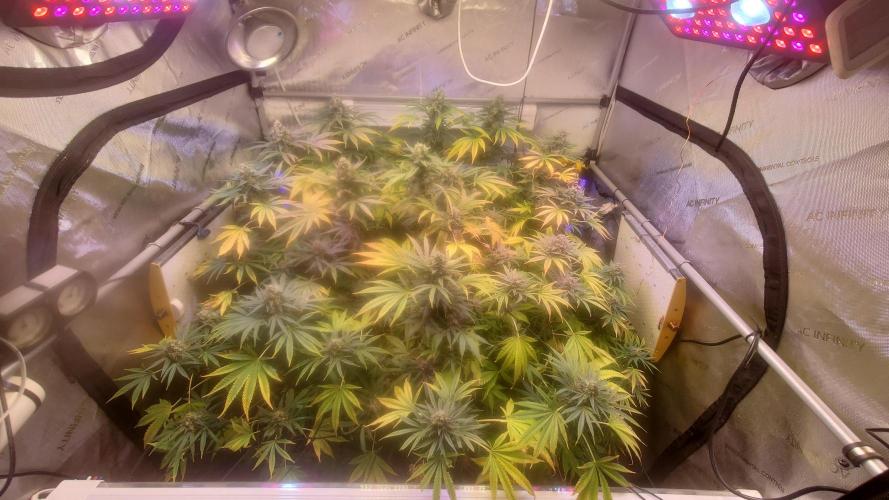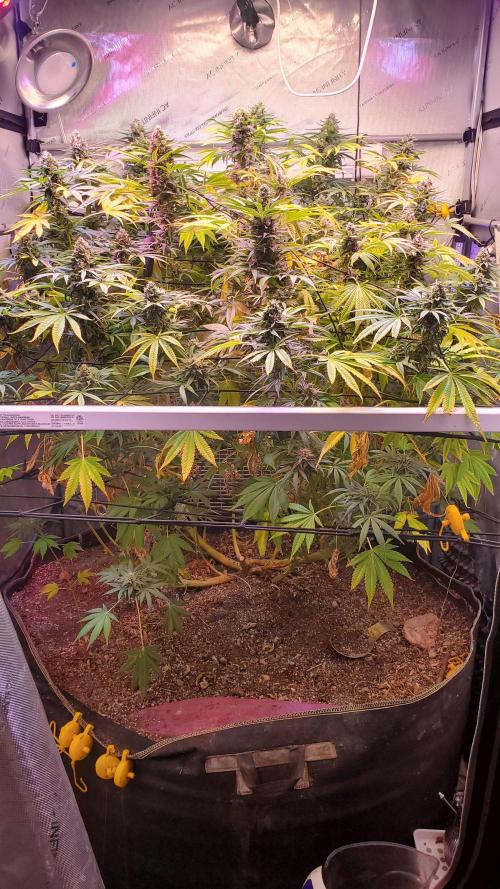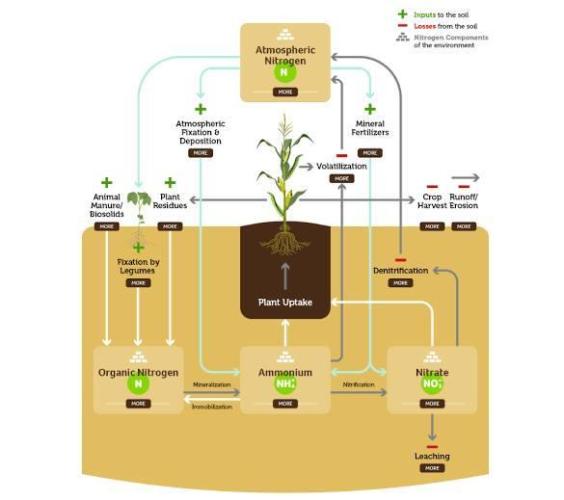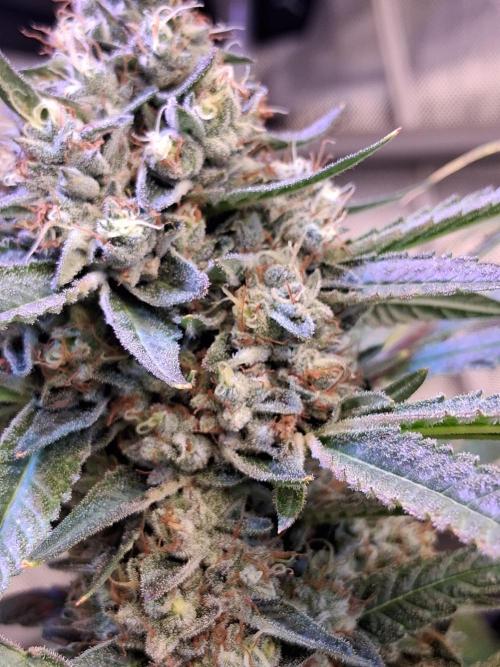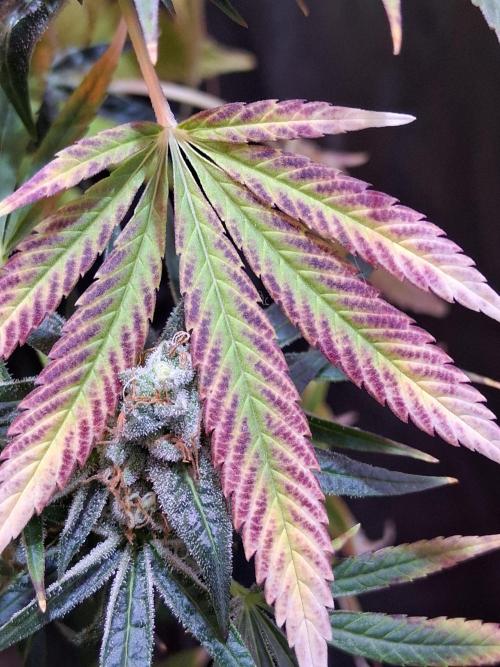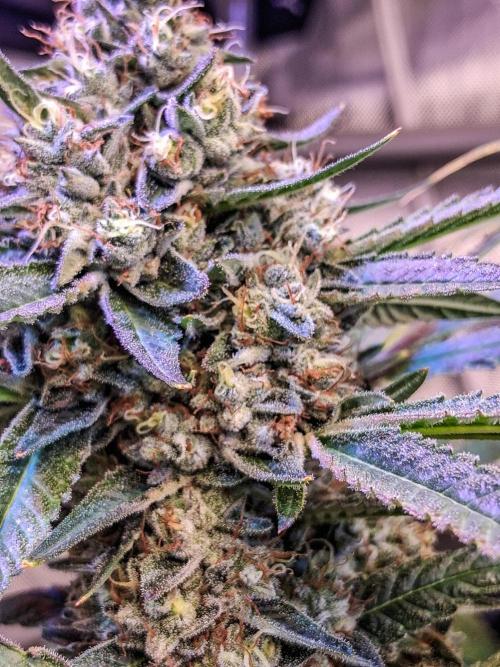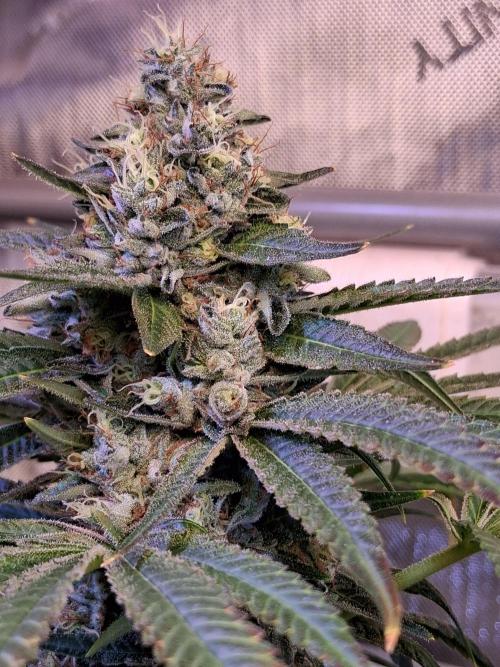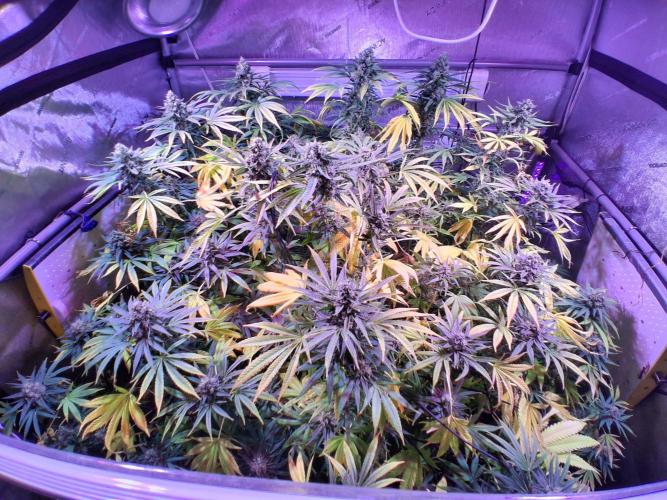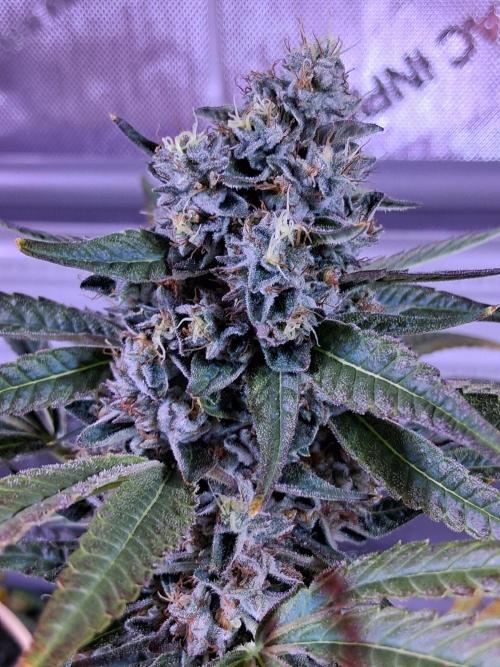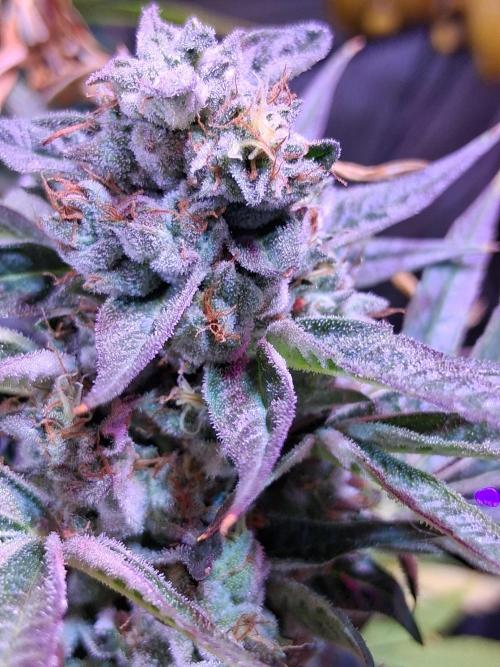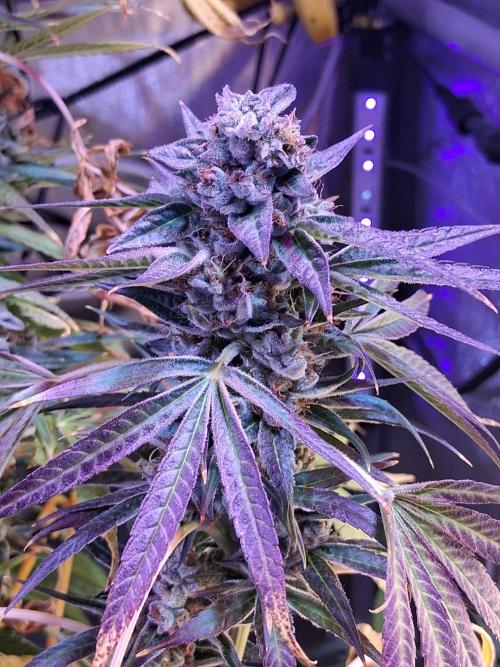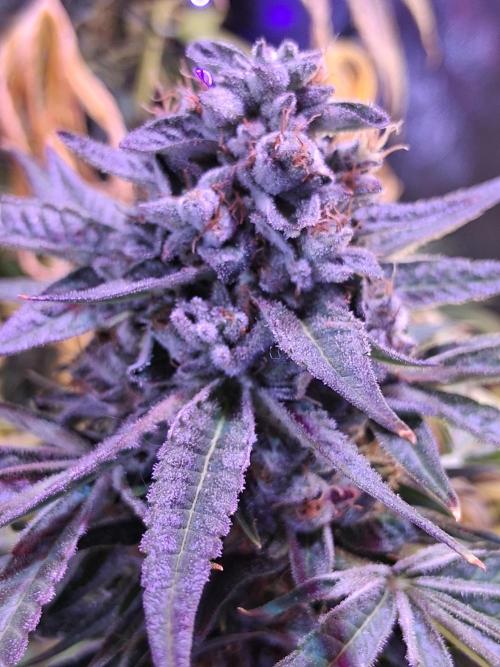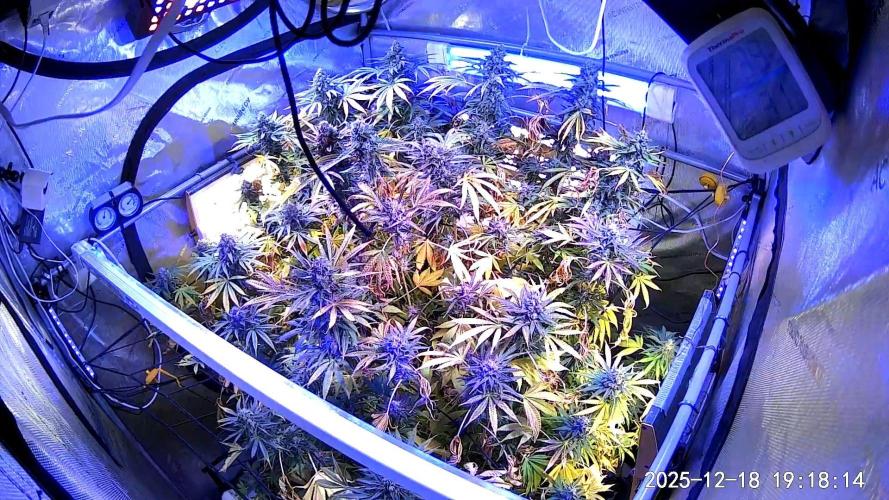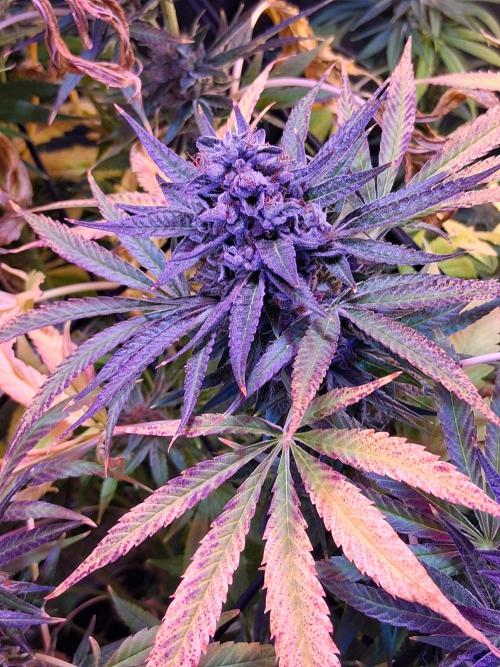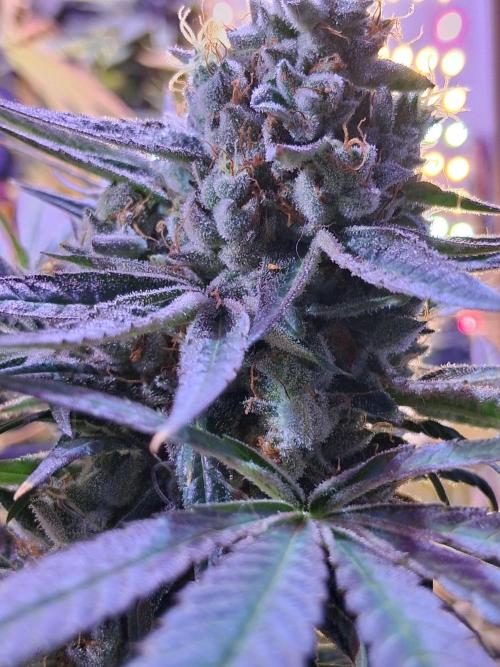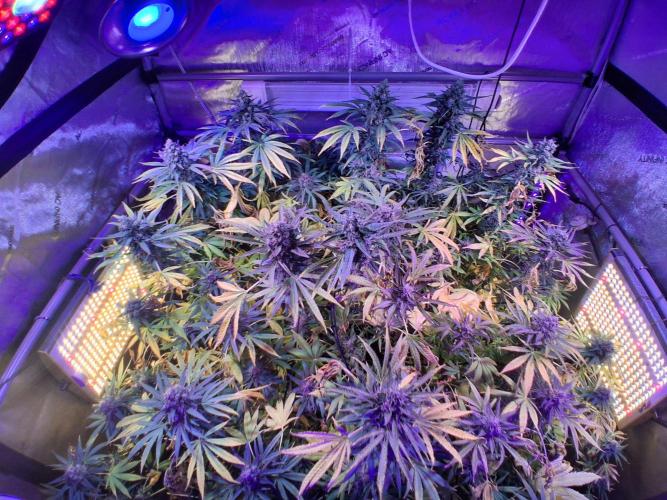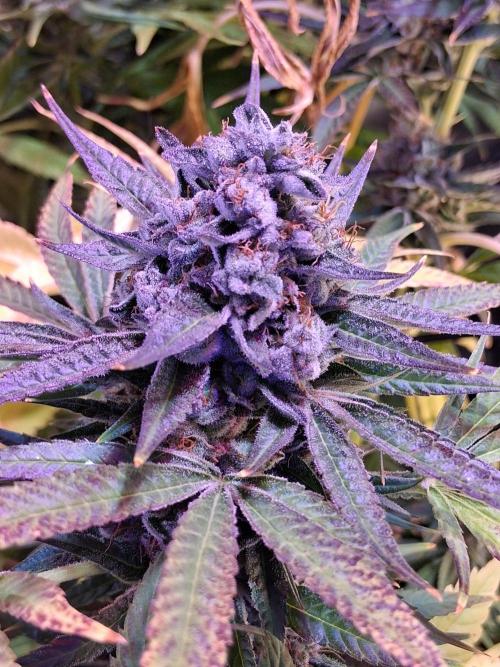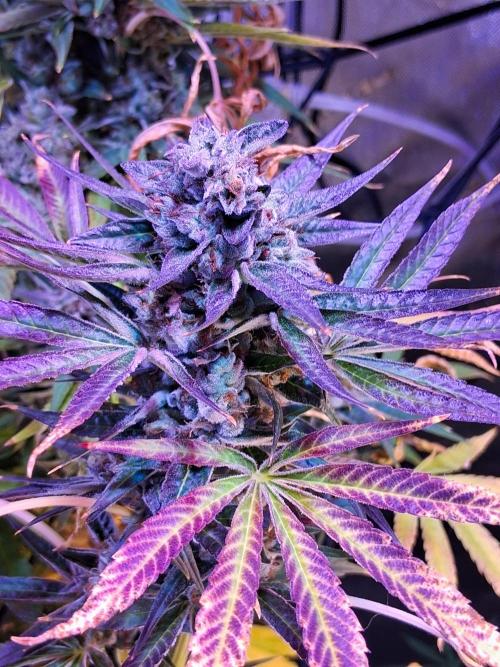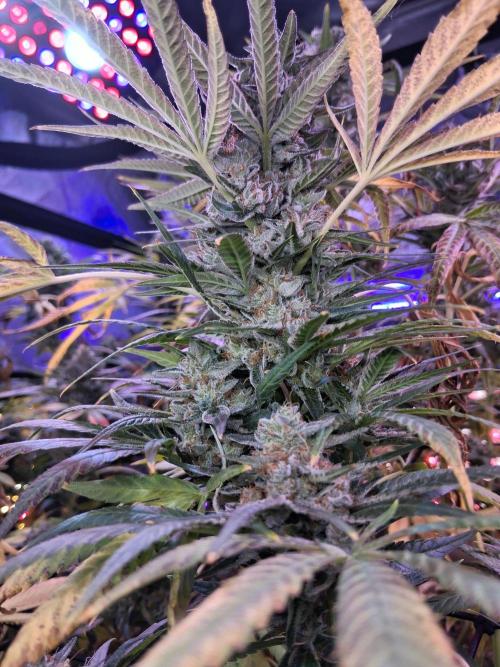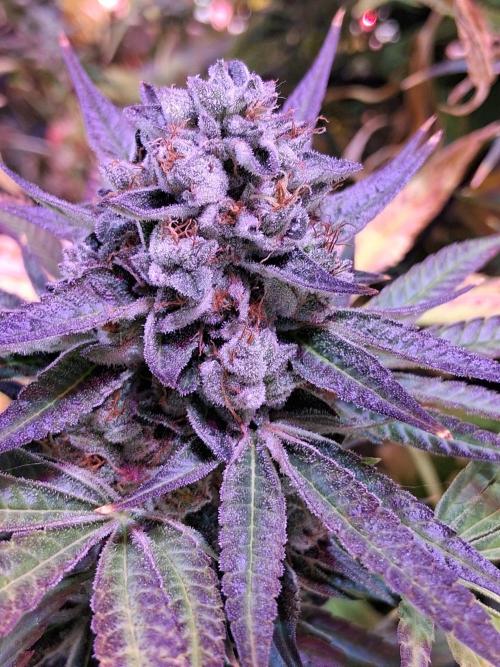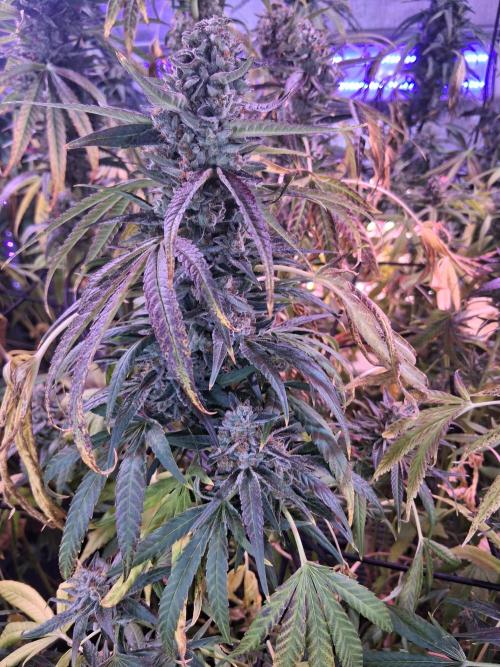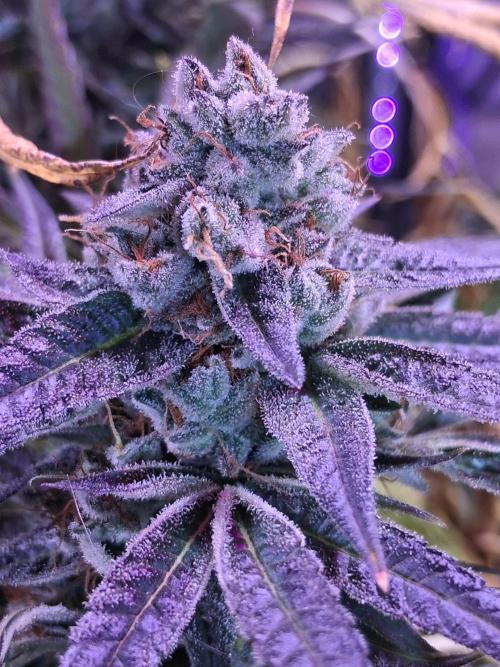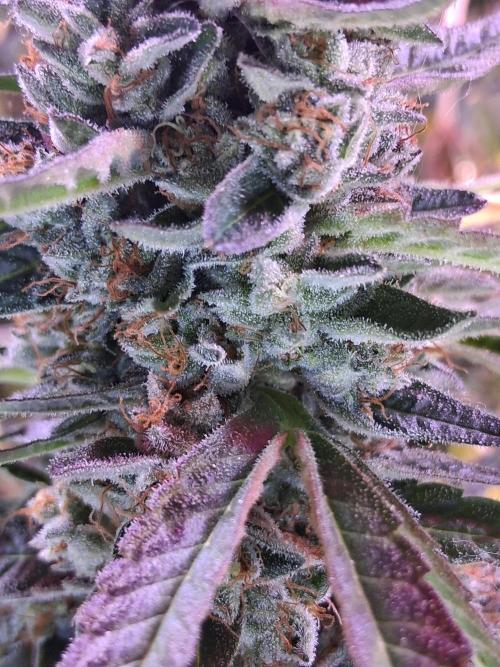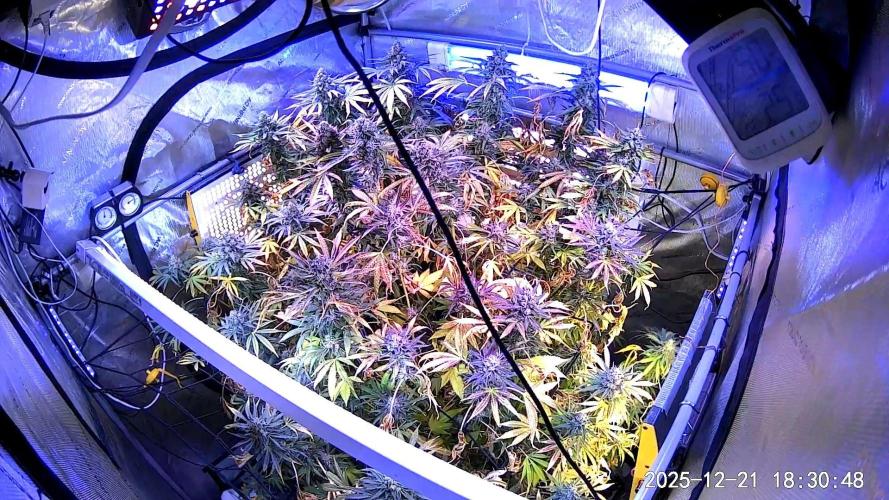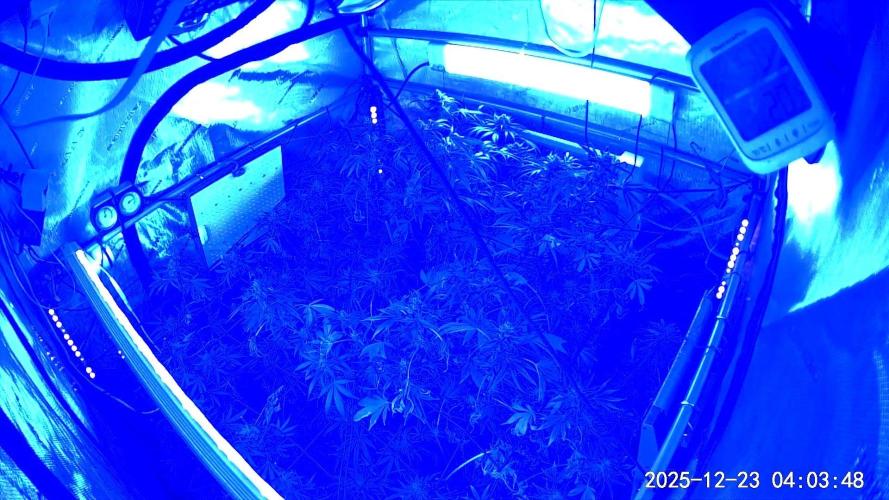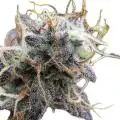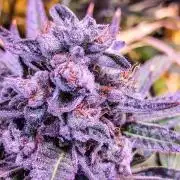The Grow Awards 2026 🏆 





































"Guava" C#13

Grape Guava

VEG
Custom Light Emitting Diodes/150W
150

VEG
Sidelights Light Emitting Diodes/100W
100

Fan
4" Intake
4" Passive Intake

Fan
4" Intake
4" Oxygen Intake

Fan
8" Exhaust
8" Heat Vent Exhaust

Fan
6" Exhaust
6" Humidity Exhaust

Cond
14000btu portable
Hisense

CO2
Microorganisms
Microorganisms
Soil
Homemade
Indoor
Room Type
FIMing
weeks 1
LST
weeks 1-3, 6
Main-Lining
weeks 4
Defoliation
weeks 4
HST
weeks 6
379 liters
Pot Size
Start at Harvest
G
Germination4mo ago
Ultraviolet The cannabis strain Grape Guava can be a purple strain, depending on its specific phenotype and genetic makeup. While not all phenotypes of Grape Guava are purple, some variations, such as the Zatix Grape Guava, are noted for their striking purple appearance due to the genetic expression of anthocyanin pigments.
If we do things, we do them well. Drive for excellence, strive for quality, in everything we do.
In a garden of green, Grape Guava gleams,
With its fruity aroma, enchanting dreams.
Clusters of grapes, guava's sweetness ignite,
A strain so divine, in purple and white.
Euphoria whispers, a lush fruity haze,
Grape Guava's embrace, a tranquil daze.
Off and away.@1400ppm. The increased CO2 allows plants to thrive at higher temperatures, which in turn necessitates higher humidity to maintain the ideal VPD for healthy growth and transpiration. 80F -5F = 75F LST with 70% RH = 0.72 kPa. Higher temperatures and humidity promote rapid growth, nutrient uptake, and photosynthesis while maintaining a lower stress level. Temperature influences the rate of enzymatic reactions involved in aerobic respiration. Enzymes, such as those involved in glycolysis, the Krebs cycle, and the electron transport chain, work most efficiently at an optimal temperature range. In low temperatures, enzymatic activity will slow down, thus reducing the rate of aerobic respiration. In high temperatures, enzymes can become denatured, thus impairing their function and stopping the process of aerobic respiration. Glucose is the primary fuel for aerobic respiration. The rate of aerobic respiration increases with the availability of glucose, as it is the starting point for glycolysis. If glucose levels are low, cells may rely on alternative energy sources such as fatty acids or amino acids , but these processes may yield less ATP or be less efficient. To determine this effect, carbon dioxide volume was measured (as carbon dioxide is an output of aerobic respiration)
18/6 with the 6 being IR. The near infrared (IR-a) borders around 700nm up to 1400nm @ photon par flux density of 1.8 instead of darkness, keeping temps overnight a neat 77F-80F.
I think of my tent as a lung. What goes in must come out. When the rate of air going out exceeds the amount of air coming in, it creates a negative pressure. Tent concaves (bends in). If set up correctly, the RH will begin to drop slowly to the desired level I set, and the extraction turns off when it reaches the desired RH. The plant, as it performs cellular respiration, will always release more water into the air; therefore, the RH% of the tent overnight will increase, as long as oxidative phosphorylation is occurring. As soon as the RH% creeps back up to 55%, the extraction turns back on, over and over. This creates a strong pressure differential, which will work wonders with mass flow. Replicating high and low-pressure fronts in nature. Critical for oxygen diffusion at the critical time of peak cellular respiratory function..
Moisture will not transfer from a saturated atmosphere to another if that air is already at or above its saturation point, meaning the air can't hold any more water vapor. Once I understood that water is produced as a by product during cellular respiration, specifically at the very end of the electron transport chain (ETC) where electrons are finally transferred to molecular oxygen, the higher the RH of the air, the more resistance there is for more moisture to be added to that environment, and effects the ease with which it does so. But none of that water comes from the pot; it's pulled from the air. If you run high daytime RH, your medium/pot is 100% reliant on transpirational root pull to move water. ZERO evaporation happens across the atmosphere if the tent air has high RH%, the medium cannot release its water through evaporation. Once a canopy develops, light no longer slowly wicks and evaporates from the topsoil. The Soil-Plant-Atmosphere Continuum (SPAC) describes the continuous pathway and process of water movement, driven by a gradient in water potential, from the soil, through the plant's roots, stem, and leaves, and finally evaporating into the atmosphere through transpiration. There is evaporation, there is transpiration, and then there is evapotranspiration; Evapotranspiration (ET) is the combined total of two processes: evaporation (water lost directly from soil and surface water into the atmosphere) and transpiration (water released from plants to the atmosphere through their leaves). Evapotranspiration represents the total amount of water that moves from the medium into the air. There is no such thing as a medium with too much water, only a medium that retains too much for too long.
The water must always flow efficiently from one atmosphere(Medium) to another(Air) in a timely manner. Moisture is a critical factor for bacterial growth and decay. Dictating how long it's allowed to sit in any one location for any given period is a key preferred control. To ensure a net reduction in a bacterial population, the rate of removal (ET) must exceed the rate of bacterial growth (decay rate), which is often modeled as a growth rate for the specific bacterium under the given conditions. By optimizing daytime VPD, we also optimize conditions for bacterial growth to explode exponentially above 77°F.. If water is allowed to sit in a medium without an escape within a timeframe, nothing good will happen. IF High RH is maintained overnight as well as during the day, placing 100% of water movement at the behest of daytime transpiration, roots can only pull where they can reach, and if soil is compressed above a certain point, moisture will become trapped in a medium with no way of moving day or night. This will begin the countdown for decay to take hold. When water stagnates in a medium, it loses oxygen, creating anaerobic conditions that foster the growth of harmful microorganisms like bacteria and fungi, which can produce toxins and disease vectors.
Thigmomorphogenesis, the process by which plants respond to mechanical stimuli like touch by altering their growth and development, results in significant morphological changes to improve survival against mechanical perturbations. This complex response involves sensing touch and initiating physiological and genetic responses, leading to changes in form and structure over days or weeks. The process is triggered by physical forces such as wind, rain, or touch. Plants adapt to these stimuli by changing their shape and structure, which may include slower growth, thickened stems, or altered leaf development. Plants possess sophisticated mechanisms to detect even subtle mechanical stimuli and initiate responses. A variety of molecules, including calcium ions, jasmonates, ethylene, and nitric oxide, are involved in signaling these mechanical inputs. Touch can induce the expression of genes that encode proteins for calcium sensing, cell wall modification, and defense mechanisms. A plant exposed to constant wind may become shorter and sturdier. A plant that is touched frequently might grow more slowly to conserve energy and develop thicker cell walls. These changes increase a plant's resilience and ability to survive in harsh environments.
Let's get Thiggy with it.
16 likes
5 comments
Share
Used method
Directly In Substrate
Germination Method
Grow Questions
Ultravioletstarted grow question 4mo ago
More aimed at experienced growers , what is your opinion on seed size. Everyone love big fat seeds and the bigger it is the more store of energy it generally has but does a tiny seed produce noticeably small yields comparitive to thick seed. What's your experience n observation?
Solved
Setup. Seeds
2 likes
Organomananswered grow question 4mo ago
I have kept records on seed size, color, shape and markings for over 30 years now and can confidently say, seed size has nothing to do with plant size, potency or final yields.
In fact, some of the largest plants have come from tiny seeds and some of the shortest from big, fat, round seeds.
There are absolutely no predictors in seed type as to final outcomes with the plant.
1
Week 1. Vegetation4mo ago
7.62 cm
Height
18 hrs
Light Schedule
29 °C
Day Air Temp
6.7
pH
350 PPM
TDS
60 %
Air Humidity
21 °C
Solution Temp
22 °C
Substrate Temp
27 °C
Night Air Temp
378.54 liters
Pot Size
137.16 cm
Lamp Distance
900 PPM
CO₂ Level
Nutrients 4

RAW Grow
0.65 mll

Microbes Grow Stage
2.6 mll

RAW Amino Acids
0.33 mll
Ultraviolet What's in the soil? What's not in the soil would be an easier question to answer.
Minerals and Rocks: Gypsum, Wollastonite, Dolomitic Lime, Basalt Rock Dust, Azomite, Greensand, Perlite, Vermiculite, Pumice, Seashells, Shungite Coal.
Organic Amendments: Bone Meal, Blood Meal, Fish Bone Meal, Kelp Meal, Humic Acid, Worm Castings, Shrimp Chitin, Crab Chitin, Coco Coir, Peat Moss, Charcoal, Bio Char.
Biological Inoculants: Mycorrhizae Inoculant.
Airspace & Composition Media: Hydroton Pebbles, Coco Chunks/Coir, Perlite, Vermiculite, Pumice, Volcanic Rock, Charcoal.
Bone Meal
Blood Meal
Fish Bone Meal
Kelp Meal
Gypsum
Wollastonite
Dolomitic Lime
Basalt Rock Dust
Humic Acid
Mycorrhizae Innoculant
Worm Castings
Azomite
Greensand
Shrimp Chitin
Crab Chitin
Perlite
Vermiculite
Coco Coir
Pumice
Seashells
Hydroton Pebbles
Charcoal
Peat Moss
Bio Char
Shungite Coal
Moringa
Spirulina
Charcoal/Biochar: Use only horticultural-grade or biochar products. Do not use standard grilling briquettes, as they contain chemical additives that can harm plants.
16-18 DLI @ the minute. +++ as she grows.
Probably not recommended, but to get to where it needs to be, I need to start now.
Vegetative @1400ppm 0.8–1.2 kPa 80–86°F (26.7–30°C) 65–75%, LST Day 10, Fim'd Day 11
CEC (Cation Exchange Capacity):
This is a measure of a soil's ability to hold and exchange positively charged nutrients, like calcium, magnesium, and potassium. Soils with high CEC (more clay and organic matter) have more negative charges that attract and hold these essential nutrients, preventing them from leaching away.
Biochar is highly efficient at increasing cation exchange capacity (CEC) compared to many other amendments. Biochar's high CEC potential stems from its negatively charged functional groups, and studies show it can increase CEC by over 90%. Amendments like compost also increase CEC but are often more prone to rapid biodegradation, which can make biochar's effect more long-lasting. biochar acts as a long-lasting Cation Exchange Capacity (CEC) enhancer because its porous, carbon-rich structure provides sites for nutrients to bind to, effectively improving nutrient retention in soil without relying on the short-term benefits of fresh organic matter like compost or manure. Biochar's stability means these benefits last much longer than those from traditional organic amendments, making it a sustainable way to improve soil fertility, water retention, and structure over time. Needs to be charged first, similar to Coco, or it will immobilize cations, but at a much higher ratio.
a high cation exchange capacity (CEC) results in a high buffer protection, meaning the soil can better resist changes in pH and nutrient availability. This is because a high CEC soil has more negatively charged sites to hold onto essential positively charged nutrients, like calcium and magnesium, and to buffer against acid ions, such as hydrogen.
EC (Electrical Conductivity):
This measures the amount of soluble salts in the soil. High EC levels indicate a high concentration of dissolved salts and can be a sign of potential salinity issues that can harm plants.
The stored cations associated with a medium's cation exchange capacity (CEC) do not directly contribute to a real-time electrical conductivity (EC) reading. A real-time EC measurement reflects only the concentration of free, dissolved salt ions in the water solution within the medium.
98% of a plants nutrients comes directly from the water solution.
2% come directly from soil particles.
CEC is a mediums storage capacity for cations. These stored cations do not contribute to a mediums EC directly.
Electrical Conductivity (EC) does not measure salt ions adsorbed (stored) onto a Cation Exchange Capacity (CEC) site, as EC measures the conductivity of ions in solution within a soil or water sample, not those held on soil particles.
A medium releases stored cations to water by ion exchange, where a new, more desirable ion from the water solution temporarily displaces the stored cation from the medium's surface, a process also seen in plants absorbing nutrients via mass flow. For example, in water softeners, sodium ions are released from resin beads to bond with the medium's surface, displacing calcium and magnesium ions which then enter the water. This same principle applies when plants take up nutrients from the soil solution: the cations are released from the soil particles into the water in response to a concentration equilibrium, and then moved to the root surface via mass flow.
An example of ion exchange within the context of Cation Exchange Capacity (CEC) is a soil particle with a negative charge attracting and holding positively charged nutrient ions, like potassium (K+) or calcium (Ca2+), and then exchanging them for other positive ions present in the soil solution. For instance, a negatively charged clay particle in soil can hold a K+ ion and later release it to a plant's roots when a different cation, such as calcium (Ca2+), is abundant and replaces the potassium. This process of holding and swapping positively charged ions is fundamental to soil fertility, as it provides plants with essential nutrients.
Negative charges on soil particles: Soil particles, particularly clay and organic matter, have negatively charged surfaces due to their chemical structure.
Attraction of cations: These negative charges attract and hold positively charged ions, or cations, such as:
Potassium (K+)
Calcium (Ca2+)
Magnesium (Mg2+)
Sodium (Na+)
Ammonium (NH4+)
Plant roots excrete hydrogen ions (H+) through the action of proton pumps embedded in the root cell membranes, which use ATP (energy) to actively transport H+ ions from inside the root cell into the surrounding soil. This process lowers the pH of the soil, which helps to make certain mineral nutrients, such as iron, more available for uptake by the plant.
Mechanism of H+ Excretion
Proton Pumps: Root cells contain specialized proteins called proton pumps (H+-ATPases) in their cell membranes.
Active Transport: These proton pumps use energy from ATP to actively move H+ ions from the cytoplasm of the root cell into the soil, against their concentration gradient.
Role in pH Regulation: This active excretion of H+ is a major way plants regulate their internal cytoplasmic pH.
Nutrient Availability: The resulting decrease in soil pH makes certain essential mineral nutrients, like iron, more soluble and available for the root cells to absorb.
Ion Exchange: The H+ ions also displace positively charged mineral cations from the soil particles, making them available for uptake.
Iron Uptake: In response to iron deficiency stress, plants enhance H+ excretion and reductant release to lower the pH and convert Fe3+ to the more available form Fe2+. The altered pH can influence the activity and composition of beneficial microbes in the soil. The H+ gradient created by the proton pumps can also be used for other vital cell functions, such as ATP synthesis and the transport of other solutes. The hydrogen ions (H+) excreted during photosynthesis come from the splitting of water molecules. This splitting, called photolysis, occurs in Photosystem II to replace the electrons used in the light-dependent reactions. The released hydrogen ions are then pumped into the thylakoid lumen, creating a proton gradient that drives ATP synthesis.
Plants release hydrogen ions (H+) from their roots into the soil, a process that occurs in conjunction with nutrient uptake and photosynthesis. These H+ ions compete with mineral cations for the negatively charged sites on soil particles, a phenomenon known as cation exchange. By displacing beneficial mineral cations, the excreted H+ ions make these nutrients available for the plant to absorb, which can also lower the soil pH and indirectly affect its Cation Exchange Capacity (CEC) by altering the pool of exchangeable cations in the soil solution.
Plants use proton (H+) exudation, driven by the H+-ATPase enzyme, to release H+ ions into the soil, creating a more acidic rhizosphere, which enhances nutrient availability and influences nutrient cycling processes. This acidification mobilizes insoluble nutrients like iron (Fe) by breaking them down, while also facilitating the activity of beneficial microbes involved in the nutrient cycle. Therefore, H+ exudation is a critical plant strategy for nutrient acquisition and management, allowing plants to improve their access to essential elements from the soil.
A lack of water splitting during photosynthesis can affect iron uptake because the resulting energy imbalance disrupts the plant's ability to produce ATP and NADPH, which are crucial for overall photosynthetic energy conversion and can trigger a deficiency in iron homeostasis pathways. While photosynthesis uses hydrogen ions produced from water splitting for the Calvin cycle, not to create a hydrogen gas deficiency, the overall process is sensitive to nutrient availability, and iron is essential for chloroplast function.
In photosynthesis, water is split to provide electrons to replace those lost in Photosystem II, which is triggered by light absorption. These electrons then travel along a transport chain to generate ATP (energy currency) and NADPH (reducing power). Carbon Fixation: The generated ATP and NADPH are then used to convert carbon dioxide into carbohydrates in the Calvin cycle. Impaired water splitting (via water in or out) breaks the chain reaction of photosynthesis. This leads to an imbalance in ATP and NADPH levels, which disrupts the Calvin cycle and overall energy production in the plant. Plants require a sufficient supply of essential mineral elements like iron for photosynthesis. Iron is vital for chlorophyll formation and plays a crucial role in electron transport within the chloroplasts. The complex relationship between nutrient status and photosynthesis is evident when iron deficiency can be reverted by depleting other micronutrients like manganese. This highlights how nutrient homeostasis influences photosynthetic function. A lack of adequate energy and reducing power from photosynthesis, which is directly linked to water splitting, can trigger complex adaptive responses in the plant's iron uptake and distribution systems.
Plants possess receptors called transceptors that can directly detect specific nutrient concentrations in the soil or within the plant's tissues. These receptors trigger signaling pathways, sometimes involving calcium influx or changes in protein complex activity, that then influence nutrient uptake by the roots. Plants use this information to make long-term adjustments, such as Increasing root biomass to explore more soil for nutrients. Modifying metabolic pathways to make better use of available resources. Adjusting the rate of nutrient transport into the roots. That's why I keep a high EC. Abundance resonates Abundance.
13 likes
8 comments
Share
Used techniques
LST
Technique
FIMing
Technique
2
Week 2. Vegetation3mo ago
17.78 cm
Height
18 hrs
Light Schedule
24 °C
Day Air Temp
6.6
pH
350 PPM
TDS
50 %
Air Humidity
21 °C
Solution Temp
22 °C
Substrate Temp
24 °C
Night Air Temp
378.54 liters
Pot Size
127 cm
Lamp Distance
800 PPM
CO₂ Level
Nutrients 4

RAW Grow
0.65 mll

RAW Cane Molasses
1.3 mll

RAW Amino Acids
0.33 mll
Ultraviolet Constructive interference is the phenomenon where two waves combine to form a new wave with a larger amplitude. This occurs when the peaks of one wave align with the peaks of another, and troughs align with troughs, causing their amplitudes to add together. For example, if two identical waves meet, their amplitudes will combine to produce a resultant wave with double the original amplitude. Constructive interference is a fundamental phenomenon based on the universal laws of nature, specifically the principle of superposition.
👋Top is a clean cut, no confusion for the plant, road ahead is clear, by completely removing the main growth tip, the auxin source is eliminated. The plant permanently halts vertical growth from that main stem and immediately sends its energy and hormones to the two new, evenly spaced branches just below the cut.
Fimming slightly different because a small tuft of the top growth is left behind, the auxin disruption is temporary and less severe. The plant recovers more quickly and sends its energy to multiple surrounding growth points, often creating four or more new shoots from the same spot. It will eventually regain some vertical dominance after a few weeks if left to its own devices, but with a little more LST, bending the apex to the same height as the rest of the internodes, this shatters dominance, hopefully creating around 8-9 main shoots growing at equal height once recovered and grown out.
Reduced environmental intensity for now and let her focus on dealing with this new stress for a week or two.
When H+ ions are added to soil, the first nutrient displaced from exchange sites is typically aluminum (Al3+), if it's present, followed by calcium (Ca2+), magnesium (Mg2+), and potassium (K+), because aluminum and these base cations have different binding strengths. The order of displacement depends on the lyotropic series, where ions with a higher positive charge and those with weaker binding strengths are displaced first.
The specific order of nutrient displacement is determined by the lyotropic series, which ranks the strength with which cations are adsorbed by soil particles:
Al3+: Most strongly adsorbed, so if present, it will be displaced by H+ ions, leading to increased solubility of aluminum and potential plant toxicity.
Ca2+: Displaced next, as it is more strongly bound than Mg2+ or K+ but less than Al3+.
Mg2+ and K+: Displaced after Ca2+.
The displaced nutrients can be lost from the root zone through leaching, becoming unavailable to plants.
As H+ ions increase, the proportion of acid cations (H+ and Al3+) on the exchange sites increases, while base cations (Ca2+, Mg2+, K+) decrease, resulting in a lower soil pH.
The amount of photosynthesis (water splitting) directly determines the availability of H+ ions (protons) in a plant.
90% of water is for cooling of photosynthetic apparatus the other 10% is split for its H+ among others things.
Carbon sugars, like glucose, do oxidize in soil through a process primarily driven by microorganisms, which break down these sugars for energy. This oxidation converts the sugars into carbon dioxide (CO2) through cellular respiration, a key part of the soil carbon cycle, though some carbon may also be incorporated into soil organic matter. The rate and extent of sugar oxidation depend on factors like oxygen availability, the presence of Fe oxides, and soil redox conditions, which can all influence the process.
My understanding of why we flush.
Just plain water, what does it do?
Strips the medium of salts and nutrients making it empty.
What does that do?
Triggers nutrient recycling within the plant.
What's nutrient recycling?
It is a natural part of plant senescence, which can be triggered once you know the switches. A 24:1 carbon-to-nitrogen ratio will also trigger.
Why won't it trigger autophagy for me?
Nitrogen needs to be gone, gone, gone almost. Ammoniacal (organic) nitrogen takes 4-5 times more water to separate it from soil particles than nitrates so what happens is most people jist flush the nitrates, leave all the ammoniacal in there and this prevents autophagy initiating.
Nitrogen decays differently depending on its form during the dry.
Ammoniacal nitrogen will oxidize in the air, leaving no trace. But nitrates do no decay and turn volatile and smelly and remain trapped until smoked, no matter how long you cure it does not oxidize. This is why you need to trigger it and begin the denitrification process prior to harvest to get rid of all the nitrates. Otherwise, you will smoke it.
Flush till autophagy begins, just make sure you add no nitrogen afterwards. Micronutrients for trichomes. Don't leave the medium empty for 2 weeks, that does nothing but reduce yield 10%ish. Trichomes are another thing. Trichomes themselves are not directly affected by flushing; rather, flushing affects the plant's nutrient uptake, which influences the development and final state of the trichomes. Trichomes are filled with antioxidants in the last weeks, which is what makes them cloudy. A lot of the processing of antioxidants requires energy and nutrients (mostly micronutrients ), so you don't want that soil empty for 2 weeks, you just want the carbon nitrogen ratio 24:1and no higher. She still wants what she needs to ripen.
Processing antioxidants is energy-intensive; heat and light accelerate the rate at which THC converts to CBN. This is why you lower DLI, lower temps. By doing so, you reduce the oxidative workload caused by photosynthesis, which opens up the oxidative capacity for the production of antioxidants. THC is mostly processed at night when the plant's oxidative capacity is generally moreso "free and available" for work.
Oxygen is the alchemist's "fire"
15 likes
5 comments
Share
Used techniques
LST
Technique
3
Week 3. Vegetation3mo ago
17.78 cm
Height
18 hrs
Light Schedule
32 °C
Day Air Temp
6.5
pH
500 PPM
TDS
50 %
Air Humidity
21 °C
Solution Temp
22 °C
Substrate Temp
24 °C
Night Air Temp
378.54 liters
Pot Size
127 cm
Lamp Distance
1000 PPM
CO₂ Level
Nutrients 3

RAW Grow
0.65 mll

RAW Amino Acids
0.33 mll

RAW Enzymes
0.33 mll
Ultraviolet Cracked a few stems, twisting them 2, 3 points in the main stem and once on each lateral stem, very early monstercropping, cracked the stem without rupturing xylem or phloem channels, minimal recovery, maximum stress and response. There is a new need for significant reinforcement. I know this knuckle will eventually require the throughput of a superhighway. No point in dilly-dallying. Growth grinds to a halt, at least it feels like that. Energy is now distributed fairly evenly to each stem at equal heights and equal light intensity. Growth is not slower; there is just far, far more to do all at once in equal measure, start raising her soil EC up to 1.0mS/cm and maintaining.
Upped to 40DLI for now. Temps back in the daytime 87+ range. NPK Raw Grow to keep the soil water solution at 1.0ms/cm, thereabouts. Enzymes and amino acids are applied foliarly to the underside of leaves each night 🌙. Aim to coat the undersides of the leaves where the majority of the stomata are located. Use a spray with smaller droplets to increase the surface area of the leaves that are covered. Adding a surfactant to the mix can help the spray spread better on the leaf surface, improving absorption. Just remember not to add anything immobile..
Heat denatures enzymes.
"blah blah what's the point? It's hardly going to do much."
Plants have a surprisingly low photosynthetic efficiency, typically converting only 1% to 2% of the total solar energy that hits them into chemical energy. (Too much defoliation and high VPD all night). In fully optimized conditions, that rises to 6%-8% efficiency.
Plants may use approximately 25% of their respiratory energy (50% of total respiration) for enzyme turnover, which includes production and repair, but the exact energy cost for heat damage repair is not specific, as the total respiratory energy is not definitively given for plants. Plants generally have a high protein turnover rate, with enzymes making up a substantial portion of this turnover.
10% total ATP is photosynthetically processed.
90% total ATP is processed during cellular respiration.
25% -50% total respiratory energetic output is spent on enzyme turnover (Ballpark). Sounds like it's worthwhile to me.
11 likes
3 comments
Share
Used techniques
LST
Technique
4
Week 4. Vegetation3mo ago
38.1 cm
Height
18 hrs
Light Schedule
32 °C
Day Air Temp
6.4
pH
500 PPM
TDS
60 %
Air Humidity
21 °C
Solution Temp
20 °C
Substrate Temp
27 °C
Night Air Temp
378.54 liters
Pot Size
119.38 cm
Lamp Distance
1200 PPM
CO₂ Level
Nutrients 5
N-acetyl cysteine
0.65 mll

RAW Amino Acids
0.33 mll

RAW Enzymes
0.33 mll
Ultraviolet Little main line defoliation to focus growth.
ATP (adenosine triphosphate) is the primary energy carrier in cells, including plant cells. It powers various cellular activities like nutrient uptake, protein synthesis, and cell division. Without ATP, the plant's metabolic machinery would grind to a halt, regardless of the presence of nutrients, oxygen, or carbon. Nutrients, like nitrogen, phosphorus, and potassium, are essential for building plant tissues and various molecules. They are incorporated into proteins, nucleic acids, and other vital compounds. While crucial, their uptake and utilization rely on ATP-driven processes. Oxygen is vital for cellular respiration, a process that generates ATP. While plants can produce ATP through photosynthesis, oxygen is essential for maximizing ATP production in mitochondria through oxidative phosphorylation. Carbon is the backbone of all organic molecules, including carbohydrates synthesized during photosynthesis. It's the fundamental building block of plant structures and fuels. However, its incorporation into organic molecules is also ATP-dependent. We don't grow we facilitate energy conversion.
12 likes
8 comments
Share
Used techniques
Main-Lining
Technique
Defoliation
Technique
5
Week 5. Vegetation3mo ago
53.34 cm
Height
18 hrs
Light Schedule
32 °C
Day Air Temp
6.6
pH
500 PPM
TDS
50 %
Air Humidity
21 °C
Solution Temp
22 °C
Substrate Temp
27 °C
Night Air Temp
378.54 liters
Pot Size
119.38 cm
Lamp Distance
1400 PPM
CO₂ Level
Nutrients 5
chelated micronutrients
2.6 mll

RAW Amino Acids
0.33 mll

RAW Enzymes
0.33 mll
Ultraviolet Removed autoflower and put her in her own pot outside the tent.
Foliars applied in strong blue 430nm with 4000Hz tone. 20-minute dose prior to application.
In essence, you're seeing a combination of the infrared light reflected by the plant, which the camera perceives as red, and any residual visible blue light the plant reflects, which results in a purple hue.
I was doing more stretching of the stems, adjusting weights, just a little too much, and it snapped almost clean. I got a little lucky in that it was still connected, wrapped her almost instantly while holding her in place with yoyo's. The core framework is now in place.
If your soil has a high pH, it's not ideal; you want a pH of 6.4, 6.5, or 6.6, which is ideal. If you are over a pH of 7, you have no hydrogen on the clay colloid. If you want your pH down, add Carbon. If you keep the pH below 7, you will unlock hydrogen, a whole host of new microbes become active and begin working, the plant will now be able to make more sugar because she has microbes giving off carbon dioxide, and the carbon you added hangs onto water. Everything has electricity in it. When you get the microbes eating carbon, breathing oxygen, giving off CO2, those aerobic soil microbes will carry about 0.5V of electricity that makes up the EC. The microorganisms will take a metal-based mineral and a non-metal-based mineral with about 1000 different combinations, and they will create an organic salt! That doesn't kill them, that the plant loves, that the plant enjoys. This creates an environment that is conducive to growing its own food.
Metal-based: Could include elements like iron, manganese, copper, or zinc, which are essential nutrients for plants but can exist in forms not readily accessible.
Non-metal-based: Examples like calcium carbonate, phosphate, or sulfur are also important for plant growth and potentially serve as building blocks for the organic salt.
Chelation in a plant medium is a chemical process where a chelating agent, a negatively charged organic compound, binds to positively charged metal ions, like iron, zinc, and manganese. This forms a stable, soluble complex that protects the micronutrient from becoming unavailable to the plant in the soil or solution. The chelate complex is then more easily absorbed by the plant's roots, preventing nutrient deficiency, improving nutrient uptake, and enhancing plant growth. Chelation is similar to how microorganisms create organic salts, as both involve using organic molecules to bind with metal ions, but chelation specifically forms ring-like structures, or chelates, while the "organic salts" of microorganisms primarily refer to metal-complexed low molecular weight organic acids like gluconic acid. Microorganisms use this process to solubilize soil phosphates by chelating cations such as iron (Fe) and calcium (Ca), increasing their availability.
Added sugars stimulate soil microbial activity, but directly applying sugar, especially in viscous form, can be tricky to dilute. Adding to the soil is generally not a beneficial practice for the plant itself and is not a substitute for fertilizer. While beneficial microbes can be encouraged by the sugar, harmful ones may also be stimulated, and the added sugar is a poor source of essential plant nutrients. Sugar in soil acts as a food source for microbes, but its effects on plants vary significantly with the sugar's form and concentration: simple sugars like glucose can quickly boost microbial activity and nutrient release. But scavenge A LOT of oxygen in the process, precious oxygen. Overly high concentrations of any sugar can attract pests, cause root rot by disrupting osmotic balance, and lead to detrimental fungal growth. If you are one who likes warm tropical high rh, dead already. Beneficial, absolutely, but only to those who don't run out of oxygen. Blackstrap is mostly glucose, iirc regular molasses is mostly sucrose. Sugars, especially sucrose, act as signaling molecules that interact with plant hormones and regulate gene expression, which are critical for triggering the floral transition. When sucrose is added to the growth medium significantly influences its effect on floral transition.
Probably wouldn't bother with blackstrap given its higher glucose content. Microbes in the soil consume the sugar and, in the process, draw nitrogen from the soil, which is the same nutrient the plant needs. Glucose is not an oxygen scavenger itself, but it acts as a substrate for the glucose oxidase (GOx) enzyme, effectively removing oxygen from a system. Regular molasses (powdered if you can), as soon as she flips to flower or a week before, the wrong form of sugar can delay flower, or worse. Wrong quantity, not great either. The timing of sucrose application is crucial. It was more complicated than I gave it credit for, that's for sure. When a medium's carbon-to-nitrogen (C:N) ratio reaches 24:1, it signifies an optimal balance for soil microbes to thrive, leading to efficient decomposition and nutrient cycling. At this ratio, soil microorganisms have enough nitrogen for their metabolic needs, allowing them to break down organic matter and release vital nutrients like phosphorus and zinc for plants. Exceeding this ratio results in slower decomposition and nitrogen immobilization, while a ratio below 24:1 leads to faster breakdown and excess nitrogen availability.
Carbon and nitrogen are two elements in soils and are required by most biology for energy. Carbon and nitrogen occur in the soil as both organic and inorganic forms. The inorganic carbon in the soil has minimal effect on soil biochemical activity, whereas the organic forms of carbon are essential for biological activity. Inorganic carbon in the soil is primarily present as carbonates, whereas organic carbon is present in many forms, including live and dead plant materials and microorganisms; some are more labile and therefore can be easily decomposed, such as sugars, amino acids, and root exudates, while others are more recalcitrant, such as lignin, humin, and humic acids. Soil nitrogen is mostly present in organic forms (usually more than 95 % of the total soil nitrogen), but also in inorganic forms, such as nitrate and ammonium. Soil biology prefers a certain ratio of carbon to nitrogen (C:N). Amino acids make up proteins and are one of the nitrogen-containing compounds in the soil that are essential for biological energy. The C:N ratio of soil microbes is about 10:1, whereas the preferred C:N ratio of their food is 24:1 (USDA Natural Resource Conservation Service 2011). Soil bacteria (3-10:1 C:N ratio) generally have a lower C:N ratio than soil fungi (4-18:1 C:N ratio) (Hoorman & Islam 2010; Zhang and Elser 2017). It is also important to mention that the ratio of carbon to other nutrients, such as sulfur (S) and phosphorous (P) also are relevant to determine net mineralization/immobilization. For example, plant material with C:S ratio smaller than 200:1 will promote mineralization of sulfate, while C:S ratio higher than 400:1 will promote immobilization (Scherer 2001).
In soil science and microbiology, the C:S ratio helps determine whether sulfur will be released (mineralized) or tied up (immobilized) by microorganisms.
A carbon-to-sulfur (C:S) ratio smaller than 200:1 promotes the mineralization of sulfate, when the C:S ratio is low, it indicates that the organic matter decomposing in the soil is rich in sulfur relative to carbon. Microorganisms require both carbon and sulfur for their metabolic processes. With an excess of sulfur, microbes take what they need and release the surplus sulfur into the soil as plant-available sulfate
A carbon-to-sulfur (C:S) ratio higher than 400:1 will promote the immobilization of sulfur from the soil. This occurs because when high-carbon, low-sulfur materials (like sawdust) are added to soil, microbes consume the carbon and pull sulfur from the soil to meet their nutritional needs, temporarily making it unavailable to plants.
200:1 C:S 400:1: In this range, both mineralization and immobilization can occur simultaneously, making the net availability of sulfur less predictable.
This dynamic is similar to how the carbon-to-nitrogen (C:N) ratio regulates the availability of nitrogen in soil. Just as microbes need a certain amount of nitrogen to process carbon, they also require a balanced amount of sulfur. Both mineralization and immobilization are driven by the metabolic needs of the soil's microbial population.
Sulfur is crucial for protein synthesis. A balanced ratio is particularly important in relation to nitrogen (N), as plants need adequate sulfur to efficiently use nitrogen. A severely imbalanced C:S ratio can hinder the efficient use of nitrogen, as seen in trials where adding nitrogen without balancing sulfur levels actually lowered crop yields.
Maintaining a balanced carbon-to-sulfur (C:S) ratio is highly beneficial for plant growth, but this happens indirectly by regulating soil microbial activity. Unlike the C:N ratio, which is widely discussed for its direct effect on nutrient availability, the C:S ratio determines whether sulfur in the soil's organic matter is released (mineralized) or temporarily locked up (immobilized).
Applied 3-day drought stress.
Glucose will hinder oxygenation more than sucrose in a solution because glucose is consumed faster and has a higher oxygen demand, leading to a more rapid decrease in oxygen levels. When cells respire, they use oxygen to break down glucose, and this process requires more oxygen for glucose than for sucrose because sucrose must first be broken down into glucose and fructose before it can be metabolized.
In a growth medium, glucose is a more immediate and universal signaling molecule for unicellular and multicellular organisms because it is directly used for energy and triggers a rapid gene expression response. In contrast, sucrose primarily acts as a signaling molecule in plants to regulate specific developmental processes by being transported or broken down, which can be a more complex and slower signaling process.
Critical stuff.
During wakefulness (DC electric current) life can not entangle electrons and protons. During the daytime, the light is sensed as multiple color frequencies in sunlight. Coherence requires monochromatic light. Therefore, at night, IR light dominates cell biology. This is another reason why the DC electric current disappears during the night. The coherence of water is maintained by using its density changes imparted by infrared light released from mitochondria in the absence of light. This density change can be examined by NMR analysis, and water is found to be in its icosahedral molecular form. This is the state that water should be in at night. This is when a light frequency is lowest and when the wave part of the photoelectric effect is in maximum use.
3600
16 likes
12 comments
Share
6
Week 6. Vegetation3mo ago
53.34 cm
Height
18 hrs
Light Schedule
32 °C
Day Air Temp
6.6
pH
750 PPM
TDS
50 %
Air Humidity
21 °C
Solution Temp
22 °C
Substrate Temp
27 °C
Night Air Temp
378.54 liters
Pot Size
119.38 cm
Lamp Distance
1300 PPM
CO₂ Level
Nutrients 7
N-acetyl cysteine
2.6 mll
Glutathione
1.3 mll
Ascorbic acid
0.65 mll
Ultraviolet Gave her a cocktail to help with stress. Added 1st net for lateral support, not so much now, but for later. Blue light is absorbed by photoreceptor proteins called phototropins, which trigger a hormonal response that causes cells on the shaded side to elongate, making the plant bend toward the light. Try and fill this side a little. She is quite big already, just needs to find her stride again after the undue torture.
The mind is constantly working and producing, just like a factory. It's not just a passive recipient of information but an active producer of ideas, attitudes, and beliefs. The "ingredients" in this factory are the information you consume, such as books, conversations, and the media you engage with. The "products" are your thoughts, beliefs, and actions. The quality of the ingredients directly influences the quality of the output.
5 apex stems with 20-30 mini cola, let them develop a little, with the apical dominance shattered, all those 20-30 will all compete with each other as soon as that stretch is initiated. Key to a good stretch is making sure the plant is cycling efficiently, with large ATP conversions occurring lights out.
For now, keeping light intensity high. A plant will slow its vertical growth in very high light intensities, leading to a more compact form with thicker stems and leaves. This response is a protective mechanism against light stress, which can damage the photosynthetic apparatus and lead to symptoms like leaf scorching, yellowing, and brittleness. Instead of growing taller, the plant invests its energy into creating a more robust, stress-tolerant structure. Stretch isn't so much new growth as it is new growth with mostly it stretching the internodes that already exist. I think of it like charging up a loaded spring coil, charge up the structure through stress, make it dense, later you will be rewarded with a foot-long cola once it "stretches."
Providing plants with necessary antioxidants helps protect the photosynthetic apparatus by scavenging reactive oxygen species (ROS) that cause damage from excess light.
UV light exposure can impact the xanthophyll cycle by either enhancing its photoprotective role or causing damage, depending on the intensity and type of UV radiation. UV exposure can trigger the synthesis of more xanthophyll cycle pigments to increase the plant's capacity to dissipate excess energy, but it can also cause direct damage, particularly to Photosystem II, and may lead to a decrease in the de-epoxidation state (DEPS ratio) which indicates a reduced capacity to dissipate excess energy.
Plants can respond to UV stress by increasing the synthesis of xanthophyll cycle pigments, such as violaxanthin and zeaxanthin, to improve their photoprotective capacity. UV-induced changes in xanthophyll cycle pigments can be linked to a plant's overall tolerance to high radiation stress. The xanthophyll cycle helps protect against photoinhibition, which is especially important when the plant is exposed to high levels of both UV and visible light. High doses of UV radiation can directly damage photosynthetic components, including the proteins, lipids, and pigments in the thylakoid membranes. Exposure to UV radiation can have a mixed effect on the de-epoxidation state (DEPS ratio) of the xanthophyll cycle pigments. In some cases, UV can inhibit the conversion of violaxanthin to zeaxanthin, resulting in a lower DEPS ratio and a reduced capacity for energy dissipation. However, the total pool of xanthophyll cycle pigments may increase, and this enhanced pool size could provide a greater potential for photoprotection despite a lower DEPS ratio.
The xanthophyll cycle works alongside other mechanisms, such as the accumulation of flavonoids (UV screens), to protect the plant from UV-induced damage.
Blue light repairs 100% UV-induced damage in plants through a process called photoreactivation, which uses a light-dependent enzyme called photolyase. This enzyme uses energy from blue and UV-A light to directly reverse the damaging pyrimidine dimers in the DNA caused by UV-B radiation, a key mechanism for maintaining the plant's genetic integrity.
After carbon, light, water, temperature, and nutrients, the limiting factor of a plant's growth is often its own internal factors or the amount of a key ingredient. Chlorophyll concentration is one such factor, as the amount of this pigment limits how much light can be captured for photosynthesis. Other factors include chloroplast number, respiration rate, and the concentration of carbon dioxide in the atmosphere, as plants are often in a CO2-deficient condition.
60x60x18=64800seconds x 700 = 45,360,000moles. 45DLI
Exposure to 165 µW/cm² of ultraviolet-B (UV-B) light for 3600 seconds = 1 hour, an extremely high, acute dose triggering stress responses and protective mechanisms.
.
The plant's photoreceptor protein, UVR8, senses the UV-B radiation. This triggers a signalling cascade that activates specific genes to protect the plant from damage. In response to the UV-B signal, the plant ramps up the biosynthesis of protective compounds like flavonoids, phenolic acids, and anthocyanins. These compounds absorb UV radiation and accumulate in the epidermal layers of leaves to shield inner photosynthetic tissues. The plant may increase leaf thickness or deposit more cuticular wax, creating a physical barrier to the radiation. The plant will produce more enzymatic and non-enzymatic antioxidants to neutralize the reactive oxygen species (ROS) produced by the UV-B radiation. The plant activates enzymes, including photolyases, to repair DNA damage caused by UV-B. These repair mechanisms are critical for preventing permanent genetic mutations.
While protective measures are activated, a high dose delivered over a short period can cause stress that overwhelms the plant's defenses.
Photosynthesis is highly sensitive to UV-B. A high dose can inactivate Photosystem II (PSII), damage thylakoid membranes within the chloroplasts, and reduce chlorophyll content, which lowers the plant's overall photosynthetic capacity. Despite repair mechanisms, high UV-B doses can inflict persistent damage on the plant's DNA. The overproduction of reactive oxygen species can cause oxidative stress, leading to the oxidation of lipids and proteins and disrupting cellular function.
I am playing in the enchanted forest. A shift in perspective is what changes perception over time. By deliberately considering a situation from another point of view (perspective), you can challenge your initial, knee-jerk interpretation (perception). This is a valuable skill in both personal and professional life for fostering empathy, improving problem-solving, and making more informed decisions.
Move the mind off perception into perspective.
13 likes
2 comments
Share
Used techniques
LST
Technique
HST
Technique
7
Week 7. Vegetation2mo ago
66.04 cm
Height
14 hrs
Light Schedule
35 °C
Day Air Temp
6.6
pH
750 PPM
TDS
60 %
Air Humidity
21 °C
Solution Temp
22 °C
Substrate Temp
27 °C
Night Air Temp
378.54 liters
Pot Size
88.9 cm
Lamp Distance
1400 PPM
CO₂ Level
Nutrients 2
magnesium sulfate
3.91 mll

RAW Grow
1.3 mll
Ultraviolet High UV-B radiation can necessitate increased magnesium because it plays a crucial role in mitigating the stress and damage caused by UV-B exposure. High UV-B can lead to the production of harmful reactive oxygen species, and magnesium helps the plant's antioxidant systems and chlorophyll function to cope with this stress, making adequate magnesium supply essential for plant health under such conditions.
Why UV? To do with the way anthocyanin is different from other pigmentations in that its colouration is not attached to the cell itself, it's a pH thing, if you force the color through high dose, as soon as she stops being in that environment, it will begin to revert back to chlorophyll, nitrogen deficiency causes anthocyanin to be produced in the first place, and nitrogen is needed to create new chlorophyll. When plants have a nitrogen deficiency, they produce anthocyanins to protect the leaves from stress while they try to salvage remaining nutrients, like nitrogen, before leaf drop. 24:1 C:N carbon&nitrogen ratio in medium will trigger autophagy, which will begin the dumping of nitrogen into the soil to feed micros as they FEED on nitrogen to convert carbon sugars into chemical energy via cellular root respiration (calcium/phosphorous VITAL for sugar processing). Couple the UV with a nitrogen dump for all the colors of the rainbow, and remove the possibility of allowing the conversion back to chlorophyll. 10/14 mimics late autumn, winter is coming, maximizing genetic expressions of desired purple genes if they do exist, I have seen no indications that I'd expect from previous grows. Oxygen is the oxidizer; if a soil cannot breathe, nothing good will EVER happen.
Raised UV to lower the dosage.
The leaves begin producing a protein hormone called florigen (produced via the Flowering Locus T gene). DELLA proteins.
The plant measures the duration of the night by monitoring the amount of Pfr that has reverted to Pr.
I imagine it like an egg timer with sand. You can speed up the flow of sand one way or another, determined by what type of red light and the ratio overall.
The standard flowering cycle for many indoor plants is 12 hours of light and 12 hours of darkness. By applying a short pulse of far-red light at the very beginning of the dark cycle, a grower can trick the plant's internal clock. Forcing the conversion: A pulse of far-red light (730 nm) rapidly converts the active (P_{fr}) back into the inactive (P_{r}) form, simulating several hours of dark reversion. This amplified "sleep" signal causes the plant to believe the night started hours earlier than it actually did. For a short-day plant, this rapid reset means it can perceive a 14-hour night even though it only received 10 hours of darkness. This allows growers to use a 14/10 light cycle (14 hours of light, 10 hours of dark) without disrupting the flowering of short-day plants, as the far-red pulse makes the night effectively "long enough". This provides plants with more light for photosynthesis and can speed up the flowering process.
What about all night? Or a pulse (15-30min)?
High Pfr (Far-Red) overnight mimics a short night:If you maintain a high Pfr:Pr ratio overnight, the plant never receives the signal that a sufficient dark period has occurred. This mimics the conditions of a short night, during which Pfr levels remain high. Flowering is inhibited: As a result, the plant will not flower. This is the same effect that is observed when a flash of red light interrupts a long night, which instantly converts any Pr back to Pfr and resets the dark-reversion clock. But it's not that simple, I do not necessarily want a 14/10 for the entirety of the flower. Suppose you give a 12/12 with the pr/pfr conversion to make her more of a 10/14. It may not be the best option for the entirety of flower.
A photoperiod cannabis plant will develop differently under a 14/10 light cycle compared to a 10/14 cycle during the flowering phase. The differing lengths of light and darkness trigger different hormonal responses, influencing the plant's growth, final yield, potency, and maturation time. A faster maturation time in flowering cannabis offers quicker harvests and lower potential risk, but can result in diminished potency, lower yields, and a less complex flavor and aroma profile comparatively. The trade-offs depend on the grower's priorities and the specific cannabis genetics.
14/10 physical light cycle with pr/pfr conversion for optimal yield to make the plant think it's on a 12/12. After the first 4/5 weeks of flower, when trichomes ramp up, I will change it to 12/12, keeping the pr/pfr conversion. I should switch her to a more 10/14. Although this is stressful, make sure she is not suffering from undue stress from other areas. If enough stress accumulates, there is a chance the increased levels of jasmonic acid will make her pop a few seeds. Be aware, play it by how she is at the time.
If you want to make the 10/14 make sure one also applies a second pulse of far-red light (15-30min) two hours into the dark period. This mimics an even longer night, causing the plant to perceive a very short day of 10 hours and a long night of 14 hours. A pulse of only far-red light during a short-day plant's dark period will not disrupt its sleep. Unlike a pulse of red light, which would actively interrupt the dark period and inhibit flowering, far-red light promotes the biochemical state that signals a long, uninterrupted night.
This simulates the shortening days of late autumn/winter and can stress the plant, triggering a defensive response. Some growers report that this low, controlled stress can increase resin and trichome production as the plant works to protect its flowers. This mimics a natural outdoor harvest cycle where days get progressively shorter and nights longer. Reduce relative humidity during the late flowering stage to around 30%. This is another controlled stressor that can boost trichome production while reducing the risk of mold.
Unlock the full genetic potential and allow for maximal expression of desired genes during critical times.
Autoflowers contain genetics from the Cannabis ruderalis subspecies, which evolved to flower automatically based on a predetermined internal clock, or age that flowers based on age rather than light triggers, red and far-red light do not play a role in initiating the flowering stage. However, they significantly affect other aspects of the plant's growth and morphology. The premise that autoflowers do not use phytochrome red (Pr) to phytochrome far-red (Pfr) conversion for any function is incorrect. Like other plants, autoflowers utilize the phytochrome system to sense their light environment and manage processes like germination, shade avoidance, and vegetative growth, even if the phytochrome system isn't what signals them to flower.
Thank you 🙏
Almost time. Sound the horn! Maintaining 12-1600ppm by the morning's compensation point alone. She is consistently experiencing noticeable growth every day. Sulfur is in prior to flower, medium loaded with abundance, CEC charged, as the plant grows, so does its respiratory footprint. The exhaust fan starts to flare up at night far more often. The pH is unlocking hydrogen, allowing the plant to cycle CEC for its needs, which is optimal for soil microorganisms. It is charged with controlled doses of sucrose at optimal uptake temperatures. Full negative pressure diffusion setup linked to RH for nights, with negative pressure linked to daytime heat extraction. Just need to throw in the second net, switch spectral ratio and enjoy the show.
The struggle of the butterfly to escape through its caterpillar sac strengthens its wings; without this struggle, it would not be able to fly.
14 likes
2 comments
Share
8
Week 8. Flowering2mo ago
96.52 cm
Height
14 hrs
Light Schedule
35 °C
Day Air Temp
6.5
pH
60 %
Air Humidity
21 °C
Solution Temp
21 °C
Substrate Temp
21 °C
Night Air Temp
26.42 liters
Pot Size
13.79 cm
Lamp Distance
1400 PPM
CO₂ Level
Nutrients 4

Bud Factor X
1.321 mll

RAW Grow
0.52 mll

RAW Bloom
0.78 mll
Ultraviolet Lux in tenebris lucet.
Aristotle said "It is the mark of an educated mind to be able to entertain a thought without accepting it." Those who are able to refrain from judgment long enough to genuinely research and weigh the evidence from all sides of a given subject are those most likely to arrive at the truth. Those who instantly resort to knee-jerk ridicule and continue to believe whatever they were first taught are those most easily deceived.
Very high light intensity can slow vertical growth. She just doesn't want to grow vertically any longer; once the flower is initiated, that goes right out the window. Apical dominance is shattered; you now have every single stem fighting for survival against each other, with none given particular precedence over another. That is some stretch for a week, explosion. Doesn't matter if they are crowded now; there is space up ahead, and plant perception will fill every inch of available space. Guide the initial framework into the desired outcome, keep everything else flowing, within as optimal parameters as one can manage.
Fast-growing leaves to have a lighter green color, sometimes appearing almost yellowish-green, because they haven't had time to produce much chlorophyll yet. New leaves are soft and pale, but they will gradually darken and become a deeper green as they mature and are exposed to light. Every morning, new lime green, with the micros supercharged, may be immobilizing nitrogen in the medium, magnesium was creeping in earlier, so I'll try to hold the line and see what progresses.
The ratio of sugar leaves to buds is determined by a combination of hormonal signaling, nutrient availability, and genetics. Sugar levels act as a key signaling molecule, with high sugar availability influencing hormones like auxins and cytokinins to promote bud outgrowth, while nutrient deficiencies can limit development. Specific genes also play a critical role in leaf and bud initiation, expansion, and the overall balance of growth.
Buds are like balloons! Need lots of pressure to blow up lots of balloons! Sugar balloons! Plant transpiration and turgor pressure are crucial for bud development because turgor pressure provides the cell expansion needed for growth, while transpiration creates a "pull" that draws water and nutrients up through the plant to fuel this process. High turgor pressure is essential for cells to grow and expand, allowing buds to open and young leaves to unfurl. Transpiration maintains this necessary turgor by driving a continuous flow of water from the soil up to the leaves, where it evaporates. No holding back, this is it, 4-5 weeks of all-out war! What we develop now will be all we have for the final 4-5 weeks.
The carbon to nitrogen (C:N) ratio indicates how much carbon is in a substance relative to its nitrogen, affecting nitrogen availability in soil through microbial activity. A high C:N ratio (like in straw or corn residue) requires soil microbes to use a significant amount of nitrogen for decomposition, temporarily tying it up and making it unavailable to plants. A low C:N ratio results in a more rapid release of nitrogen for plant use.
The carbon-to-sulfur C:S ratio in plant residue determines whether soil microbes will immobilize or mineralize sulfur (S) during decomposition. This affects the availability of sulfate SO42, the primary form of S that plants can absorb. Mineralization is the process by which microbes decompose organic matter and release excess nutrients, like sulfate, into the soil in an inorganic, plant-available form. Immobilization is the reverse process, where microbes absorb inorganic sulfate from the soil to meet their own nutritional needs, making it unavailable to plants.
Glucose typically uses more oxygen than sucrose in a medium because it can be metabolized more directly, while sucrose must first be broken down into glucose and fructose, which can involve additional energy costs and a slower overall process. However, the efficiency of oxygen use can vary depending on the specific organism and conditions, as some bacteria, for instance, can use sucrose for a growth advantage under certain circumstances by producing exopolysaccharides that are more efficient at oxygen extrusion.
Why glucose is generally more oxygen-efficient:
•Glucose is a monosaccharide and can be used directly by many organisms in cellular respiration.
•It does not require an initial enzymatic step to break it down before entering the metabolic pathway, unlike sucrose.
•Due to its direct use, glucose can lead to a faster rate of oxygen consumption and carbon dioxide production in comparison to sucrose under typical aerobic conditions.
Why sucrose might seem to use more oxygen in certain contexts:
•When sucrose is metabolized, it is first broken down into glucose and fructose. This initial hydrolysis is an extra step that requires enzymes.
•The fructose component is metabolized differently from glucose, and its specific metabolic pathway can affect the overall oxygen demand.
•Some organisms may have regulatory mechanisms that lead to a higher initial oxygen demand when switching from glucose to sucrose, especially if the organisms have specific metabolic pathways that are optimized for sucrose.
•While glucose may be used faster, sucrose might provide a growth advantage under certain oxygen-limited conditions due to the specific metabolic pathways and products it can generate.
Seems my initial concept of sucrose was inaccurate. Really need to study up on all of this in the coming months.
To get the closest possible NPK ratio of 1-3-2 in 5 gallons of water:
Add 2 tsp of the 7-4-5 NPK Grow fertilizer.
Add 3 tsp of the 3-12-12 NPK Bloom fertilizer.
Calcium can interact negatively with phosphorus and sulfur. Add your Cal-Mag supplement to the water first if needed.
13 likes
1 comment
Share
9
Week 9. Flowering2mo ago
111.76 cm
Height
14 hrs
Light Schedule
35 °C
Day Air Temp
6.4
pH
800 PPM
TDS
60 %
Air Humidity
21 °C
Solution Temp
21 °C
Substrate Temp
21 °C
Night Air Temp
378.54 liters
Pot Size
35.56 cm
Lamp Distance
1200 PPM
CO₂ Level
Nutrients 5
MgSO4 7h2O
1.3 mll

Bud Factor X
2 mll

RAW Grow
0.52 mll
Ultraviolet 2nd net is up. Early bud formations are promising. holding up to the extremes pretty well, some leaves taking minor damage, but overall, she is holding up, gave her 1 night at 50F see how she would react, stressful. Not advised as it messes with her metabolism, but I want to see if it triggers any anthocyanin response. Love to see her purp up but no signs yet. Remember, For every molecule of glucose produced during photosynthesis, a plant needs to split six molecules of water. This process provides the hydrogen needed for synthesizing glucose and other organic compounds, while oxygen is released as a byproduct.
Homework.
If Rubisco activity is impaired and it cannot properly function or regenerate its substrate, the plant's leaves are likely to turn a pale green or lime green, a condition known as chlorosis. Essentially, Rubisco activity is highly regulated and susceptible to various environmental and metabolic factors that can cause it to become inhibited, leading to an apparent failure in RuBP regeneration due to a lack of consumption.
Rubisco regeneration is intrinsically linked to nitrogen supply because Rubisco is a major sink for nitrogen in plants, typically accounting for 15% to over 25% of total leaf nitrogen. The regeneration phase itself consumes nitrogen through the synthesis of the Rubisco enzyme and associated proteins (like Rubisco activase), and overall nitrogen status heavily influences the efficiency of RuBP regeneration. RuBisCO is a very large enzyme that constitutes a significant proportion (up to 50%) of leaf soluble protein and requires large investments in nitrogen. Insufficient nitrogen supply limits the plant's ability to produce adequate amounts of RuBisCO, thereby limiting the overall capacity for photosynthesis and carbon fixation. Maintaining the optimal, slightly alkaline pH is crucial for the proper function and regeneration of Rubisco. Deviations in either direction (too high or too low) disrupt the enzyme's structure, activation state, and interaction with its substrates, leading to decreased activity and impaired RuBP regeneration. (Lime/yellowing)
Structural Component: Nitrogen is an essential building block for all proteins, and the sheer abundance of the Rubisco protein makes it the single largest storage of nitrogen in the leaf.
Synthesis and Activity: Adequate nitrogen supply is crucial for the synthesis and maintenance of sufficient Rubisco enzyme and Rubisco activase (Rca), the regulatory protein responsible for maintaining Rubisco's active state. Nitrogen deficiency leads to a decrease in the content and activity of both Rubisco and Rca, which in turn limits the maximum carboxylation rate, Vmax, and the rate of RuBP regeneration Jmax, thus reducing overall photosynthetic capacity.
Nitrogen Storage and Remobilization: Rubisco can act as a temporary nitrogen storage protein, which is degraded to remobilize nitrogen to other growing parts of the plant, especially under conditions of nitrogen deficiency or senescence.
Nitrogen Use Efficiency (NUE): The allocation of nitrogen to Rubisco is a key determinant of a plant's photosynthetic nitrogen use efficiency (PNUE). In high-nitrogen conditions, plants may accumulate a surplus of Rubisco, which may not be fully activated, leading to a lower PNUE. Optimizing the amount and activity of Rubisco relative to nitrogen availability is a target for improving crop NUE.
Photorespiration and Nitrogen Metabolism: Nitrogen metabolism is also linked to the photorespiration pathway (which competes with carboxylation at the Rubisco active site), particularly in the reassimilation of ammonia released during the process.
To increase RuBisCO regeneration, which refers to the process of forming the CO2 acceptor molecule Ribulose-1,5-bisphosphate (RuBP) during photosynthesis, the primary methods involve optimizing the levels and activity of Rubisco activase (Rca) and enhancing the performance of other Calvin-Benson-Bassham (CBB) cycle enzymes.
Biochemical and Environmental Approaches:
Optimize Rubisco Activase (Rca) activity: Rca is a crucial chaperone protein that removes inhibitory sugar phosphates, such as CA1P (2-carboxy-D-arabinitol 1-phosphate), from the Rubisco active site, thus maintaining its catalytic competence.
•Ensure optimal light conditions: Rca is light-activated via the chloroplast's redox status. Adequate light intensity ensures Rca can effectively maintain Rubisco in its active, carbamylated state.
•Maintain optimal temperature: Rca is highly temperature-sensitive and can become unstable at moderately high temperatures (e.g., above 35°C/95F° in many C3 plants), which decreases its ability to activate Rubisco. Maintaining temperatures within the optimal range for a specific plant species is important.
•Optimize Mg2+ concentration: Mg2+ is a key cofactor for both Rubisco carbamylation and Rca activity. In the light, Mg2+ concentration in the chloroplast stroma increases, promoting activation.
•Manage ATP/ADP ratio: Rca activity depends on ATP hydrolysis and is inhibited by ADP. Conditions that maintain a high ATP/ADP ratio in the chloroplast stroma favor Rca activity.
Enhance Calvin-Benson-Bassham (CBB) cycle enzyme activity: The overall rate of RuBP regeneration can be limited by other enzymes in the cycle.
•Increase SBPase activity: Sedoheptulose-1,7-bisphosphatase (SBPase) is a key regulatory enzyme in the regeneration pathway, and increasing its activity can enhance RuBP regeneration and overall photosynthesis.
•Optimize other enzymes: Overexpression of other CBB cycle enzymes such as fructose-1,6-bisphosphate aldolase (FBA) and triose phosphate isomerase (TPI) can also help to balance the metabolic flux and improve RuBP regeneration capacity.
Magnesium ions, Mg2+, are specifically required for Rubisco activation because the cation plays a critical structural and chemical role in forming the active site: A specific lysine residue in the active site must be carbamylated by a CO2 molecule to activate the enzyme. The resulting negatively charged carbamyl group then facilitates the binding of the positively charged Mg2+ion. While other divalent metal ions like Mn2+ can bind to Rubisco, they alter the enzyme's substrate specificity and lead to dramatically lower activity or a higher rate of the non-productive oxygenation reaction compared to Mg2+, making them biologically unfavorable in the context of efficient carbon fixation. The concentration of Mg2+ in the chloroplast stroma naturally increases in the light due to ion potential balancing during ATP synthesis, providing a physiological mechanism to ensure the enzyme is activated when photosynthesis is possible. At the center of the porphyrin ring, nestled within its nitrogen atoms, is a Magnesium ion (Mg2+). This magnesium ion is crucial for the function of chlorophyll, and without it, the pigment cannot effectively capture and transfer light energy.
Mg acts as a cofactor: Mg2+ binds to Rubisco after an activator CO2 molecule, forming a catalytically competent complex (Enzyme-CO2-Mg2+). High light + CO2) increases demand: Under high light (60 DLI is a very high intensity, potentially saturating) and high CO2, the plant's capacity for photosynthesis is high, and thus the demand for activated Rubisco and the necessary Mg2+ cofactor increases. Mg deficiency becomes limiting: If Mg2+ is deficient under these conditions, the higher levels of Rubisco and Rubisco activase produced cannot be fully activated, leading to lower photosynthetic rates and potential photo-oxidative damage.
Optimal range: Studies show that adequate Mg2+ application can enhance Rubisco activation and stabilize net photosynthetic rates under stress conditions, but the required concentration is specific to the experimental setup.
Monitoring is key: The most effective approach in a controlled environment is to monitor the plant's physiological responses e.g., leaf Mg2+ concentration, photosynthetic rate, Rubisco activation state, and adjust the nutrient solution/fertilizer to maintain adequate levels, rather than supplementing a fixed "extra" amount.
In practice, this means ensuring that Mg2+ is not a limiting factor in the plant's standard nutrient solution when pushing the limits with high light and CO2.
Applying Mg2+ through foliar spray is beneficial to Rubisco regeneration, particularly in alleviating the negative effects of magnesium (Mg) deficiency and high-temperature stress (HTS). While Mg can be leached from soil, within the plant it is considered a mobile nutrient, particularly in the phloem. Foliar-applied Mg is quickly absorbed by the leaves and can be translocate to other plant parts, including new growth and sink organs.
Foliar application of: NATURES VERY OWN MgSO4 @ 15.0g L-1 in a spray bottle. For those high-intensity workouts when 1 meal a day is just not enough!
Foliar sprays are often recommended as a rapid rescue measure for existing deficiencies or as a supplement during critical growth stages, when demand for Mg is high. Application in the early morning or late evening can improve absorption and prevent leaf burn. The plant was getting a little limey yellow in the centre. Shortly thereafter, she was back in business, green mostly regenerated. The starting point [of creativity] is curiosity: pondering why the default exists in the first place. We’re driven to question defaults when we experience vuja de, the opposite of déjà vu. Déjà vu occurs when we encounter something new, but it feels as if we’ve seen it before. Vuja de is the reverse—we face something familiar, but we see it with a fresh perspective that enables us to gain new insights into old problems.
Confidence is evidence... nothing more. You are confident because you have driven 10,000 times, you are confident because you have spoken 10,000 times. People think confidence is a feeling, but it's not. If you want more confidence, then you need to create evidence, take more shots, collect more data, build more experiences, take more risks; fail, confidence doesn't come first; it is the reward you get for doing the work. no one else wants to do.
13 likes
comments
Share
10
Week 10. Flowering2mo ago
114.3 cm
Height
14 hrs
Light Schedule
35 °C
Day Air Temp
6.4
pH
700 PPM
TDS
50 %
Air Humidity
21 °C
Solution Temp
21 °C
Substrate Temp
21 °C
Night Air Temp
378.54 liters
Pot Size
1200 PPM
CO₂ Level
Nutrients 4
Agave Nectar
3.91 mll

Bud Factor X
2 mll

RAW Grow
0.26 mll
Ultraviolet New week. 55-65 DLi. The dodecahedron is the only Platonic solid that has infinite numerical pathways. Might mean nothing to you yet, but its means infinity to me.
14 likes
3 comments
Share
11
Week 11. Flowering1mo ago
114.3 cm
Height
14 hrs
Light Schedule
32 °C
Day Air Temp
6.4
pH
850 PPM
TDS
50 %
Air Humidity
21 °C
Solution Temp
21 °C
Substrate Temp
21 °C
Night Air Temp
378.54 liters
Pot Size
1000 PPM
CO₂ Level
Nutrients 4
Agave Nectar
1.3 mll

Bud Factor X
2 mll

RAW Bloom
1.3 mll
Ultraviolet Forged in suffering. Battered & bruised. Give her another week in 14, then next week it's 10/14.
Nature uses:
Mass Flow (Barometric Pumping): This refers to the bulk movement of air through soil pores caused by pressure differences. Fluctuations in barometric pressure (high and low pressure fronts) and wind speed over the surface create these pressure differentials, which can force air in or out of the soil. This is how soil "breathes" so to speak. Barometric pressure fluctuations can cause day-to-day variations in gas emissions by a factor of 20 to 35 times, a dynamic response that highlights its importance in the overall carbon cycle.
Indoor growers use:
Negative pressure can replicate the effects of barometric pumping by creating pressure differentials that induce air to flow in and CO2 and nitrogen out in a controlled manner.
Carbon dioxide is released by microorganisms when they eat sugars, when there is no mass flow in a cycle/system where microorganisms are releasing CO2 from eating sugars, the CO2 accumulates in the medium, leading to several significant effects: cut a long story short, the lack of mass flow prevents essential gas exchange, causing the waste product (CO2) to become a self-inhibiting factor that limits the microbial activity and can eventually kill the organisms. Increasing the amount of carbon in a soil increases its moisture retention, an often-overlooked detail that often ends up around the 4th week of flower, with people wondering why hypoxia occurs. Around 40% of all the carbon captured is exuded into the soil to feed microorganisms and converted to chemical energy; CO2 accumulates. This is why it's required if you want to reuse the soil.
CO2 is a very stable molecule, sitting at a "bottom of the potential energy well". A significant amount of energy is required to break its strong bonds and convert it into a higher-energy, more useful molecule (like a fuel). Converting CO2 back into fuels requires the same amount of energy released during its original combustion (due to the conservation of energy), which often makes the process energy-intensive and expensive.
18 likes
6 comments
Share
13
Week 13. Flowering24d ago
127 cm
Height
10 hrs
Light Schedule
30 °C
Day Air Temp
6.4
pH
850 PPM
TDS
50 %
Air Humidity
21 °C
Solution Temp
21 °C
Substrate Temp
21 °C
Night Air Temp
378.54 liters
Pot Size
800 PPM
CO₂ Level
Nutrients 4
Agave Nectar
1.3 mll

Bud Factor X
2 mll

RAW Bloom
1.3 mll
Ultraviolet Plants constantly monitor their C and N status, and imbalances or deficiencies at the cellular level trigger complex signaling pathways (such as the SnRK1 and TOR pathways) that lead to increased autophagic activity.
Production (Nitrification): Ammonia (from decomposition or fixaətion) is converted into nitrites and then nitrates by nitrifying bacteria in the soil under aerobic (oxygen-rich) conditions.
Consumption (Assimilation): Plants absorb nitrates from the soil and water to produce proteins and DNA.
Removal (Denitrification): In anaerobic (low-oxygen) environments like waterlogged soils, wetlands, and lake sediments, denitrifying bacteria use the oxygen in nitrate as an energy source, converting it into nitrogen gas N2 and nitrous oxide N2O, which return to the atmosphere.
Bud hardeners are legitimate nutrient supplements that work primarily by providing high concentrations of phosphorus (P) and potassium (K), along with other micronutrients, to support the plant during the critical late flowering stage. They are not a magic solution, as overall bud density is heavily influenced by genetics and environmental conditions, but they can enhance results when used correctly.
A plant's genetic makeup is the primary determinant of whether its buds will be naturally airy or dense. No nutrient product can turn an airy-genetics strain into a rock-hard nug producer on its own. Proper environmental factors like light intensity, humidity, and airflow are also critical. High-quality bud hardeners provide necessary nutrients that might be depleted in the growing medium during the demanding flowering phase. Using them as part of a balanced feeding schedule can genuinely improve bud density and yield. Some products that claim to be "bud hardeners" may actually contain harmful plant growth regulators (PGRs) that can produce dense, heavy buds but can be dangerous for consumption. Legitimate products focus on a safe nutrient/mineral-based approach. The market has many products with vague claims and no scientific evidence, often charging high prices for basic ingredients. It is important to choose reputable brands and understand the NPK ratios and ingredients (e.g., specific forms of P and K, amino acids).
8 likes
1 comment
Share
14
Week 14. Flowering20d ago
127 cm
Height
10 hrs
Light Schedule
27 °C
Day Air Temp
6.4
pH
750 PPM
TDS
50 %
Air Humidity
21 °C
Solution Temp
21 °C
Substrate Temp
21 °C
Night Air Temp
378.54 liters
Pot Size
600 PPM
CO₂ Level
Ultraviolet Hello 👋, Gratitude. Dopamine isn't about the pleasure of receiving a reward, but the motivation and excitement in the anticipation and striving for that reward, making the journey itself, not just the destination, the core of our drive and satisfaction. This is the key: set your own personal goals. Smart people learn everything they can from everyone they can; ordinary people learn from experience; stupid people already have all the answers. The deeper I delve the more I realize for every answer there are two more questions, layers on the endless onion.
(Ammoniacal)0.25-2-3
Sugars UP.
Nitrogen Down.
Fed PK spike & chelated nutrients.
Holding 1.5ms/cm-1.8ms/cm EC KCl/Hanna best I can across pot.
Nutrient recycling initiated by looks, beautiful. So long as she is alive, she will produce increased levels of nitrogen reductase (NR), an enzyme used to convert what nitrates are left into ammonium. Ammoniacal nitrogen readily evaporates(oxidizes) during the drying period.
Nitrogen is absolutely essential for all amino acids, which are the building blocks of proteins and enzymes. Which is why we don't want to rid of every last atom, the production of trichomes and the cannabinoids they contain, THC and CBD, these are enzyme-intensive process that relies on a sufficient supply of amino acids as building blocks and precursors. Trichomes also are filled with antioxidants, which is enzyme and amino acid-intensive. Terpenes and cannabinoids is mostly composed using Carbon, Hydrogen and Oxygen, buuuuut, micronutrients act as essential coenzymes and catalysts in the process.
Autophagy and Senescence: Plants naturally undergo senescence (an "autumning-off" or fading process) as they near the end of their life cycle. During this time, the plant mobilizes stored nutrients, especially nitrogen, from older fan leaves to the developing flowers/buds. This internal recycling process is linked to autophagy.
Removing Nitrogen: Reducing or cutting out external nitrogen during this late stage encourages the plant to use these internal reserves more efficiently, which is generally seen as a positive sign that the plant is finishing its life cycle properly and helps break down chlorophyll. Excess nitrogen late in bloom can interfere with this natural ripening, leading to a harsher final product.
Continue to supply other bloom nutrients, specifically phosphorus (P) and potassium (K), during this final period (often called "tapering" or "finishing feeds", or even using a specialized finishing product. The logic is that while nitrogen demand drops, P and K are still crucial for final bud development and ripening, and continuing these at a lower dose prevents starving the plant of critical resources that could reduce yield or potency. Starving the plant of all nutrients too early can lead to deficiencies that negatively impact metabolic functions and bud mass accumulation. I recommend a tapered feeding approach or a final period of feeding without nitrogen: flushing an organic grow with large amounts of plain water can wash away and damage the beneficial microorganisms in the soil. This is why flushing is generally not recommended for true organic or "living soil" grows.
Very, very smooth smoke.
24:1 carbon-to-nitrogen (C:N) ratio is widely considered the ideal or optimal ratio for rapid and efficient nutrient recycling and decomposition by soil microorganisms. This balance ensures vigorous microbial activity without tying up excess nitrogen (immobilization) or losing it as gas or through leaching (mineralization).
Anthocyanin production significantly increases in plants experiencing nitrogen shortages. Low nitrogen conditions trigger the up-regulation of both structural and regulatory genes involved in the anthocyanin biosynthesis pathway. Carotene is a pigment responsible for the yellow and orange hues in leaves; chlorophyll is the engine of photosynthesis. At the same time, carotene acts as a supporting system that expands the engine's fuel range and prevents it from overheating. Without carotene, the photosynthetic system would be far more susceptible to light damage, but without chlorophyll, the process of photosynthesis as we know it would not occur. Anthocyanin synthesis is a visible marker of a plant's response to unfavorable growth conditions, including low nitrogen, phosphorus deficiency, high light exposure, drought, and low temperature. Every box ticked except P deficiency.
Dropping night temps to 60F-65F.
For optimal plant growth, the goal is not perfectly laminar flow, but rather gentle, consistent air circulation that introduces enough turbulence to disrupt the leaf boundary layers and ensure a uniform growing environment without causing physical stress. 24/7. Critical for efficient cellular respiration.
8 likes
1 comment
Share
15
Week 15. Flowering13d ago
129.54 cm
Height
10 hrs
Light Schedule
24 °C
Day Air Temp
6.3
pH
Strong
Smell
650 PPM
TDS
50 %
Air Humidity
21 °C
Solution Temp
19 °C
Substrate Temp
16 °C
Night Air Temp
378.54 liters
Pot Size
600 PPM
CO₂ Level
Nutrients 1
P&K Spike
1.3 mll
Ultraviolet You grow, synthetically or organically, different growing methods have different variables that will require different approaches to "flushing" per se. Synthetic growing, you don't need to worry so much about the microorganisms, just flush that medium till it's empty. Thing to remember, though, is that different forms of nitrogen have different mobilities within the soil itself, with nitrates no3,-, being very mobile and nh4+ being very immobile. To separate ammoniacal nitrogen from soil particles, it takes 4 - 5 times more water. This is often overlooked and will prevent an autophagic response.
Flushing essentially strips the medium of all salts. Nutrient starvation triggers autophagy.
Autophagy in plants is also strongly induced by a low carbon (C) to nitrogen (N) ratio.
Carbon, Carbon-e
Neutral Atom/Pure Carbon: A standard carbon atom, such as carbon-12, has 6 protons and 6 electrons, making it electrically neutral. Pure forms of carbon, like diamond or graphite, are also neutral overall.
Carbon Ions: Carbon can form ions by gaining or losing electrons, at which point it becomes charged.
A carbocation is a positively charged carbon ion (e.g., C⁴⁺).
A carbanion is a negatively charged carbon ion (e.g., C⁴⁻).
In most chemical reactions, carbon forms covalent bonds by sharing electrons rather than forming stable, isolated ions.
Conductivity: The ability of carbon to conduct electricity depends on its physical structure (allotrope).
Graphite (used in pencil "lead" and electrodes) is a good conductor because it has delocalized electrons that are free to move.
Diamond is an excellent electrical insulator because all its valence electrons are bound in strong covalent bonds and cannot move freely.
The thing about nitrogen is it's required for nearly every single enzyme or amino and it's also used to feed the microorganisms which break down sugars (carbon). A plant that detects a shortage of nitrogen will begin to recycle nitrogen from other parts of the plant and use it to feed the microorganisms that ensure oxidative phosphorylation occurs. If that goes, then the plant dies, no nitrogen, no survival. . Nitrogen is a vital nutrient for all living organisms, playing a critical role in the synthesis of essential molecules such as amino acids, nucleic acids (DNA and RNA), and chlorophyll. When the supply of nitrogen runs out in a medium, plants experience strong stress responses because it severely limits these fundamental biological processes.
The nitrate ion NO3-is already in its most oxidized, stable form with a nitrogen oxidation state of +5. Because it is already fully oxidized, it cannot undergo further oxidation and will never oxidize, no matter how long you dry or cure it will never evaporate, and you will smoke it. Inhaling nitrates will cause headaches, taste bad, and can make you nauseated.
During leaf senescence in plants, this process is critical for remobilizing nitrogen from aging "source" tissues to developing "sink" organs like seeds or new leaves/buds, significantly impacting nitrogen use efficiency and crop yield.
Autophagy and senescence are deeply intertwined cellular processes, with autophagy acting as both a suppressor (anti-senescence) by clearing damaged components and a facilitator (pro-senescence) by aiding in senescence establishment and maintenance, especially in response to stress like DNA damage or oxidative stress, making it a complex dual role in aging.
Autophagy, a critical nutrient recycling process, is linked to nitrogen reductase (NR) in plants, primarily under low-nitrogen stress. Autophagy regulates NR activity and expression, thereby optimizing nitrogen assimilation and utilization.
Nitrate Reductase (NR) is the crucial first enzyme that starts the conversion of nitrate NO3-into other usable nitrogen forms that will oxidize during the dry/cure.
As soon as the plant is harvested, NR will cease to function, and nitrates become volatile, and you will smoke them.
"-- flushing is bro science myth.. it's modern day mysticism".
Yes, its 100% true that flushing the entirety of the salt ions out of a medium for 2 weeks prior to harvest will drop yield like 10-20% and have an impact of final flavour and smell. This is not up for debate. Flushing itself has been just simplified to flushing everything out of the medium(nutrient starvation). The plant still needs to fill those trichomes; the plant still has ripening to do. The logic is that you can initiate autophagy using the carbon-to-nitrogen (C:N) ratio, this is a foundational and extensively documented concept in soil science, serving as a key indicator of soil health, microbial activity, and nutrient cycling. The easiest way to initiate is just flush everything, but keeping the medium empty is not ideal for one looking for the pinnacle of finished product. I aim to have the metabolic functions firing on all cylinders, using the carbon-to-nitrogen ratio instead to induce nutrient recycling through autophagy without sacrificing the yield, taste, or flavour. Certainly not a new concept in cannabis cultivation, but new to me, like everything, it's not easy till you know how.
With an effort to simplify the entire process, let's just get everyone to grow synthetically and flush it all away; that way, everything is simplified. But the drawback comes from losing some yield, taste, and flavor, but it ensures no one is smoking nitrates. While nitrate is a stable nutrient in the living plant, this refers to the chemical decomposition of nitrogen-containing compounds into volatile and potentially harmful gases, like ammonia, when the cannabis is heated or burned.
Sharing what I've come to find solved a problem; for someone not wanting to flush it all away due to microorganisms and the rhizosphere and losing that yield/flavor, even as minor as it is.
While oral consumption of anthocyanin-rich foods like blueberries or specific extracts has demonstrated potential antioxidant and anti-inflammatory effects in studies, these benefits are not transferred through inhalation of smoke or vapor. The color is primarily an aesthetic trait resulting from genetics and growing conditions, not an indicator of unique effects or health benefits when smoked.
The color of anthocyanin is highly dependent on the surrounding pH level and can change color dramatically across the pH scale. In acidic conditions (low ph), they typically appear red or pink. As the pH becomes more neutral, the color shifts to purple, and in alkaline (basic) conditions high pH, they turn blue or even green and yellow.The color of anthocyanin is highly dependent on the internal leaf (or, more accurately, vacuolar) pH.
Anthocyanin pigments are located in the plant cell vacuoles, and their specific color (red, purple, or blue) is a direct result of the pH of the cell sap within that vacuole.
Acidic pH (low pH) results in red or pink colors.
Alkaline/neutral pH (higher pH) results in purple to blue colors.
This is because the pH changes the molecular structure of the anthocyanin molecule itself, which alters how it absorbs and reflects light.
For most plants, changing the soil pH has little to no direct effect on the color of the leaves or flowers, as the plant tightly regulates the internal pH of its cells. The most famous exception is the Hydrangea. In hydrangeas, soil pH is a factor, but only because it affects the availability of aluminum ions in the soil, which the plant then absorbs. The aluminum ions bind with the anthocyanin in the vacuole to form a stable blue complex.
Acidic soil makes aluminum available, resulting in blue flowers (if aluminum is present).
Alkaline soil makes aluminum unavailable, resulting in pink flowers.
In essence, the soil pH acts as a facilitator for the chemical conditions within the plant that ultimately determine the color, but the immediate determinant is the internal cellular environment.
It's possible to alter leaf vacuolar pH, and plants naturally do this for functions like stress response, nutrient balance, and even color changes (though leaves are usually green) by controlling proton (H+) pumps (V-ATPases, P-ATPases) and ion exchange, using internal signaling (like ABA) or external factors (like nutrient/CO2 levels) to shift the vacuole towards more acidic or alkaline conditions, affecting enzyme activity and cell processes.
(ABA) is a plant hormone that regulates growth and development, particularly the response to environmental stress.
Stress, stress, stress.
You can manipulate the vacuolar pH by altering the concentration of CO2 in the environment and by using specific nutrient forms (nitrogen) in the medium. Manipulating CO2 Levels.
To make the vacuole more acidic: Increase the CO2 concentration in the plant's environment. CO2 dissolves in water (or cell fluid) to form carbonic acid, H2CO3, which then dissociates into bicarbonate ions, HCO3, and protons, H+, thereby lowering the intracellular and vacuolar pH.
To make the vacuole more alkaline (less acidic): Decrease the text CO2 concentration. Plant cells consume CO2 during photosynthesis, which can lead to an increase in the surrounding pH if not managed. Studies on plants exposed to high CO2 levels also suggest homeostatic systems can lead to an overall increase in sap pH over time. Manipulating with Nutrient Levels (Nitrogen Source) The form of nitrogen provided in the nutrient solution is a major factor influencing the pH of the cell's environment and internal compartments, due to how the plant balances the ionic charge during uptake.
To make the vacuole more acidic: Supply nitrogen in the form of ammonium, NH4+. Plants taking up the positively charged ammonium ions will typically expel H ions from their roots to maintain charge balance, which acidifies the surrounding medium and can influence internal pH dynamics.
To make the vacuole more alkaline: Supply nitrogen in the form of nitrate, NO3-. When plants take up the negatively charged nitrate ions, they often release hydroxide ions, OH- or bicarbonate ions HCO3- to balance the charge, which increases the pH of the external medium and can lead to a more alkaline shift inside the cell compartments, including the vacuole.
Note on Cell Compartment pH: The vacuole is generally maintained at a more acidic pH (around 5.0-5.5) than the cytosol (around 7.2-7.4) in most plant cells due to the action of proton pumps (V-ATPase and V-PPase). The goal of your manipulation would be to shift the pH relative to this set point, within the limits the cell can tolerate.
Abscisic Acid (ABA)
A plant hormone (phytohormone) that manages plant responses to environmental stress, like drought.
It helps trigger processes that protect the plant, including increasing Vitamin C.
Vitamin C (Ascorbic Acid)
An essential nutrient for humans and plants, acting as a powerful antioxidant, protecting cells from damage.
It's vital for growth, tissue repair, immunity, and collagen formation in humans.
The Connection
When plants face stress (like drought), ABA levels increase.
This ABA then stimulates the plant to produce more Vitamin C (Ascorbic Acid) to fight the stress.
So, ABA is like the messenger that tells the plant to make more Vitamin C for protection.
Applying Vitamin C (Ascorbic Acid, AsA) foliarly to plants can increase internal levels of Abscisic Acid (ABA), often acting as a signal to boost stress tolerance by influencing hormone balance, leading to increased ABA production, especially under stress conditions like drought. Ascorbate helps manage plant redox states and can stimulate ABA synthesis, improving resilience against various environmental stresses.
Ascorbic Acid, AsA 100 mg per 1000 ml (100 ppm) to 150 mg per 1000 ml (150 ppm). Don't blame me if your plant OD's. This is not a guide, and I don't recommend it as a way to make her purple.
(ROS), which generally triggers (increases) anthocyanin levels in plants as a protective response, because anthocyanins are powerful antioxidants that help neutralize harmful ROS, preventing cell damage and maintaining plant health during stress. It's a key part of a feedback loop: ROS signals stress, leading to anthocyanin production, and then anthocyanins reduce ROS levels. It is important to note that while ascorbic acid can increase ABA levels, higher concentrations of abscisic acid generally have negative effects on plant growth parameters. The primary role of exogenous ascorbic acid application is typically to mitigate the adverse effects of environmental stress (like drought or salinity) by enhancing the plant's antioxidant system and general growth, rather than deliberately inducing high ABA levels.
Using pure blue light, particularly at high intensity or for prolonged periods, will increase the production of reactive oxygen species (ROS) in plant tissue. This increase is a key part of the plant's stress response and signaling mechanisms.
Using blue light without balancing wavelengths (like red light) can lead to high Reactive Oxygen Species (ROS) levels, causing oxidative stress and cell damage, especially in the eyes and skin, because blue light's high energy readily triggers ROS formation, disrupting cellular balance, which antioxidants try to counter. Red light, conversely, often promotes beneficial low-level ROS for cell signaling, while blue light's higher ROS generation can be cytotoxic, highlighting the importance of balanced light exposure.
Using a very high ratio of blue for 4 days, then pure blue light(Zero Red) for 3 days prior to harvest to really ramp up ROS, really go after the anthocyanin. Zero red light treatment will trigger terpene accumulation. By reducing or eliminating red light and using a blue-dominant spectrum, the plant's photosynthetic focus is shifted from biomass production to the accumulation of terpenes within the buds, without significantly affecting final yield mass. Hopefully, the production of anthocyanins, too.
Sharing is caring.
9 likes
comments
Share
16
Week 16. Flowering7d ago
129.54 cm
Height
10 hrs
Light Schedule
21 °C
Day Air Temp
6.3
pH
Strong
Smell
500 PPM
TDS
30 %
Air Humidity
21 °C
Solution Temp
19 °C
Substrate Temp
16 °C
Night Air Temp
378.54 liters
Pot Size
600 PPM
CO₂ Level
Nutrients 1

RAW Cane Molasses
3.91 mll
Ultraviolet Gratitude you see, is not a moral duty, it's not something you should feel, it happens naturally when you begin to notice, when you truly look, you realize that this moment, your breathe, your body, the ground beneath your feet, is the result of an endless cooperation of the universe, no one owes you this moment and you don't owe it anything in return. Gratitude appears not because you force it, but because your awareness has sharpened, when you see how much is already given, the heart bows in awe, not out of obligation, but understanding the connectedness of all things.
Smell is very strong when disturbed.
The pH affects which form is dominant at any given moment, but it does not change the basic, permanent molecular "blueprint" that distinguishes one type of anthocyanin (e.g., cyanidin-3-glucoside) from another (e.g., malvidin-3-glucoside).
There are hundreds of different anthocyanins, with over 600 to 700 identified, varying by sugar attachments and modifications, but they are all derived from about 17 core anthocyanidin structures, with just six (cyanidin, delphinidin, pelargonidin, peonidin, petunidin, malvidin) making up most of the common pigments in foods like berries and grapes.
Variety of sugar attachments (agave, molasses)
Pelargonidin Orange-red or brick red
Cyanidin Magenta, crimson, or reddish-purple
Peonidin Magenta or purplish-red
Delphinidin Blue-reddish, purple, or blue-violet
Petunidin Dark-red or purple
Malvidin Bluish-purple or blue-red
The type of anthocyanin (e.g., cyanidin, delphinidin, pelargonidin) produced by a plant is fundamentally determined by its genetics. However, the environment can significantly influence the amount of anthocyanin produced and can affect factors like pH that subtly change the resulting color (hue).
The specific chemical structure of the anthocyanidin backbone—which determines if it is cyanidin, delphinidin, pelargonidin, etc.—is controlled by the plant's DNA. The synthesis pathway involves a series of enzymes, such as flavonoid 3'-hydroxylase (F3'H) and flavonoid 3',5'-hydroxylase (F3',5'H), which determine the hydroxylation pattern of the B-ring of the anthocyanidin molecule. A plant's genetic makeup dictates which of these enzymes it produces and their activity levels. For example, plants that produce delphinidin-based anthocyanins (which appear violet/blue) have an active F3',5'H enzyme, while those that produce pelargonidin (orange/red) may lack this gene or have a non-functional version. Key regulatory genes (transcription factors, especially MYB proteins) act as switches, turning the structural genes for anthocyanin production on or off, or determining which specific branch of the pathway is activated. Mutations in these genetic regulators are a primary reason for color differences between plant varieties (e.g., a white vs. purple flower).
Environmental conditions do not change the fundamental type of anthocyanidin the plant is genetically capable of making, but they dramatically affect whether, when, and how much is produced.
Light: High light intensity, particularly UV and blue light, often promotes anthocyanin accumulation, acting as a protective mechanism for the plant against excessive light and oxidative stress.
Low temperatures generally enhance anthocyanin accumulation.
High temperatures often inhibit synthesis or accelerate the degradation of anthocyanins.
Deficiencies in mineral nutrients like nitrogen or phosphorus can induce anthocyanin production.
While the plant's genetics determine the primary pigment structure, the actual color (hue) displayed in the plant's vacuole is highly sensitive to the internal pH. Anthocyanins tend to be red under acidic conditions and shift to blue or purple as the pH becomes more alkaline. To "turn on" MYB regulatory genes for anthocyanin production through generational breeding, you need to selectively breed plants that naturally express high levels of the positive activator MYB alleles or lack negative repressor MYB alleles. This involves identifying and isolating individuals in each generation that exhibit the desired high-pigmentation trait and using them as parent stock for the next cycle. Selective Breeding and Hybridization: The fundamental method involves crossing individuals that naturally exhibit high anthocyanin levels. Repeated cycles of selecting the most pigmented offspring will concentrate the desired genes over generations. For greater efficiency, breeders can use molecular markers (specific DNA sequences linked to the desired MYB genes) to screen seedlings at an early stage. This allows for the precise selection of genotypes that possess the correct MYB activator or repressor alleles without having to wait for the plant to mature and display the physical trait (phenotype). Backcrossing is used to transfer a specific, highly desired anthocyanin gene (e.g., a strong MYB activator allele like SlAN2like in tomato or MdMYB10 in apple) from a donor plant into an elite cultivar that is otherwise superior but lacks the color trait. Repeated backcrossing to the elite parent, while selecting for the presence of the MYB gene using MAS, gradually replaces the rest of the genome with the elite parent's background, resulting in a high-quality, high-anthocyanin variety. Selection targets plants where natural variations in the promoter regions of the MYB activator genes lead to their high expression (e.g., in some purple tomato varieties, a structural change in the Kala4 promoter of black rice causes the trait). Some plants have high anthocyanin levels because a naturally occurring mutation has rendered a negative regulator MYB (repressor) gene non-functional (e.g., SlMYBATV in the 'Indigo Rose' tomato). Breeding can select for individuals that carry these loss-of-function repressor alleles. High anthocyanin production is linked to the formation of a protein complex involving MYB, bHLH, and WD40 proteins. Breeding selects for MYB variants that efficiently interact with the generally constitutive bHLH and WD40 partners to form a stable and highly active complex.
By consistently selecting individuals with these favorable genetic characteristics across generations, breeders can effectively "turn on" and maximize the expression of the anthocyanin pathway genes.
A plant that is genetically capable of producing anthocyanidins can still appear 100% green. The production of anthocyanins is a secondary metabolic process highly regulated by complex interactions between genetic, environmental, and developmental factors. Having the genetic potential for a trait is different from that trait being actively expressed or visible. The plant needs the right internal and external environment for the genes to be switched on and the pigment to accumulate and remain stable.
14 likes
6 comments
Share
17
Week 17. Harvest2d ago
Happy Harvest Day!
Spent 107 days
Ger Veg Flo Har
Hard
Difficulty
Height
Day air temperature
Air humidity
PPM
PH
CO2
Light schedule
Solution temperature
Night air temperature
Substrate temperature
Pot size
Lamp distance
Ultraviolet Delicious
11 likes
3 comments
Share
Equipment Reviews

the end.
Enjoying this diary? Follow for more updates!
Prefer the old Diary view?
Go back to the old Diary view






